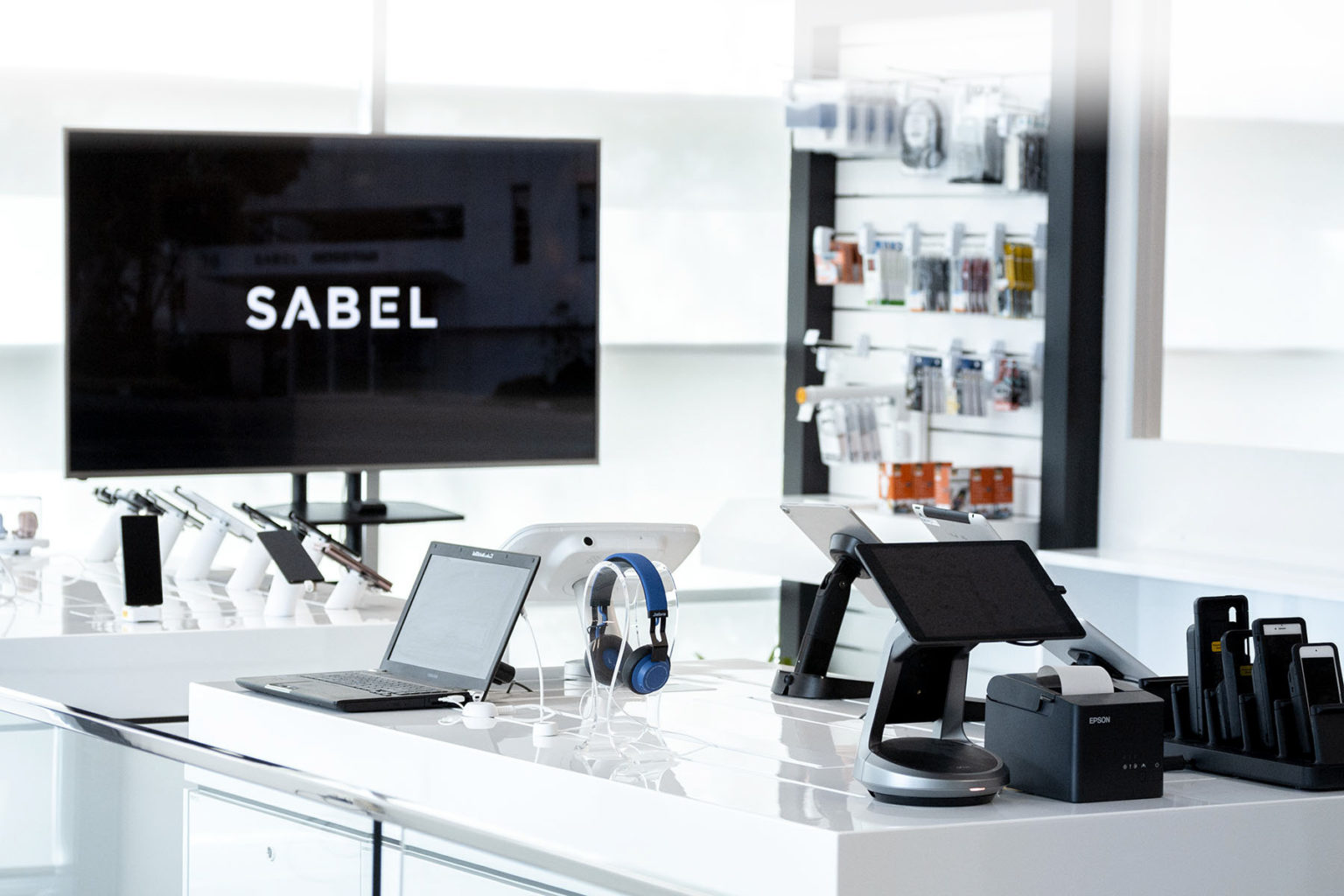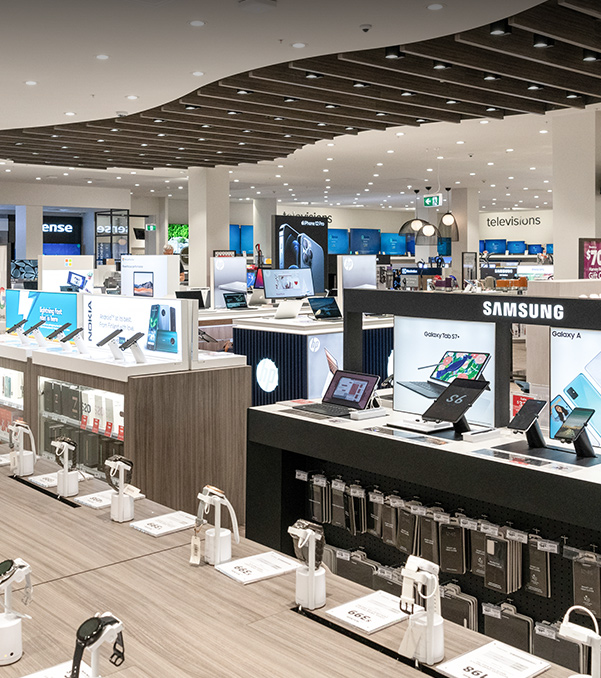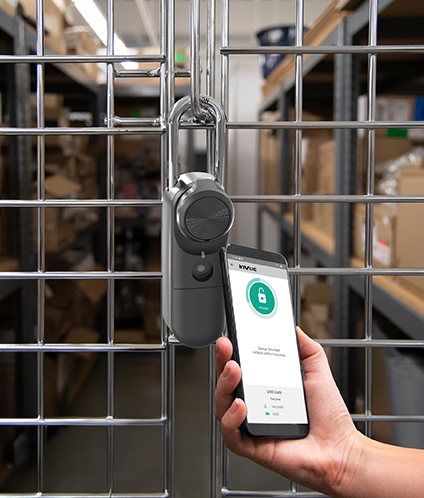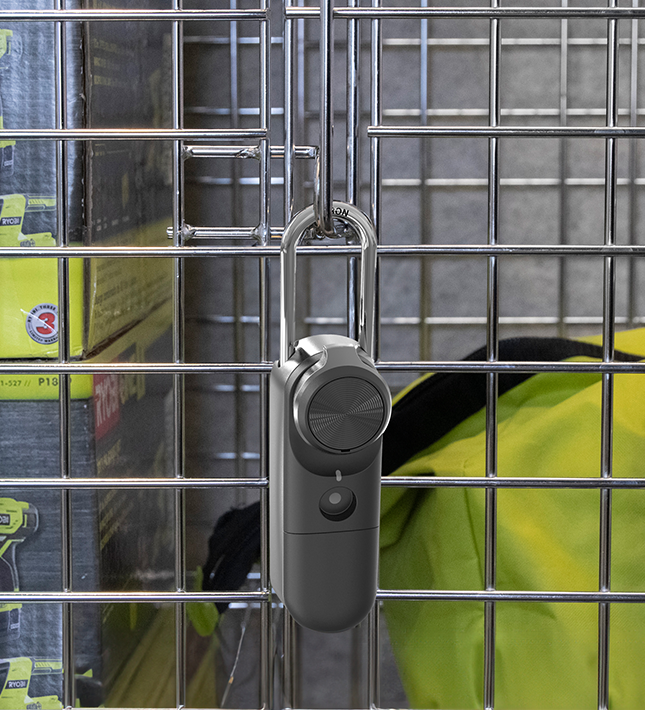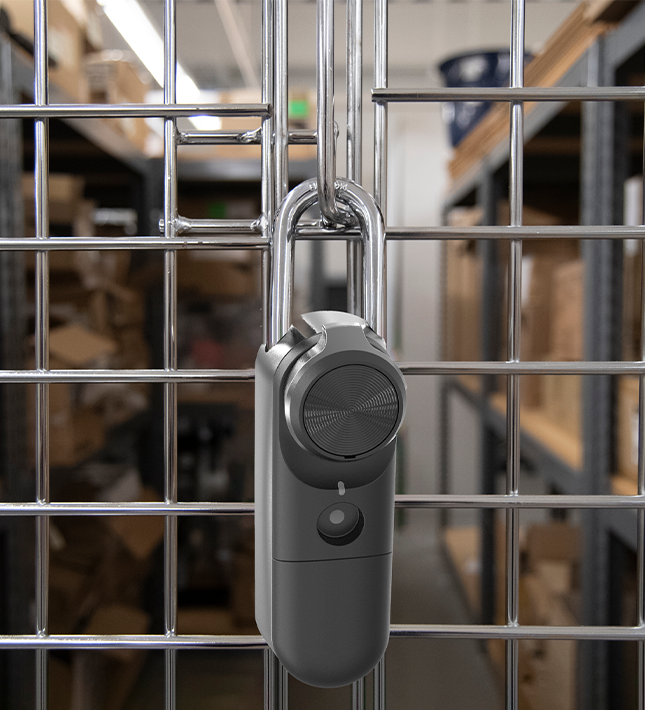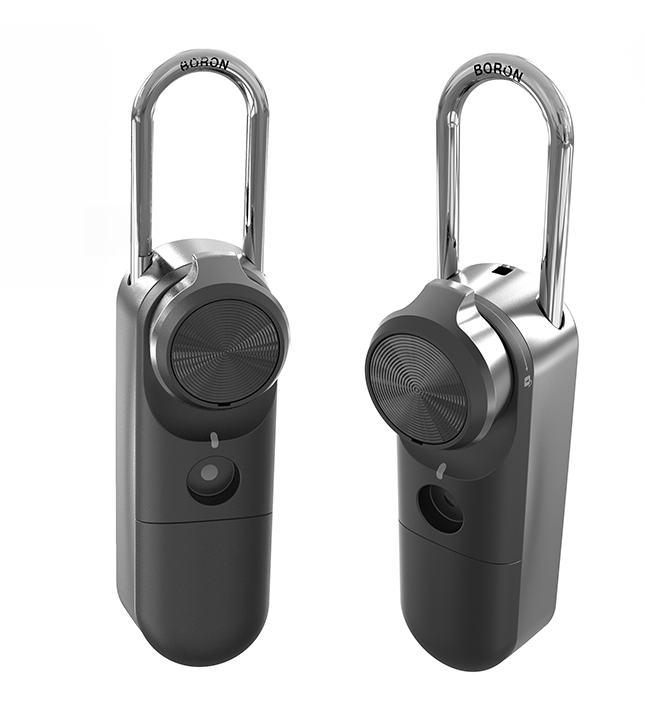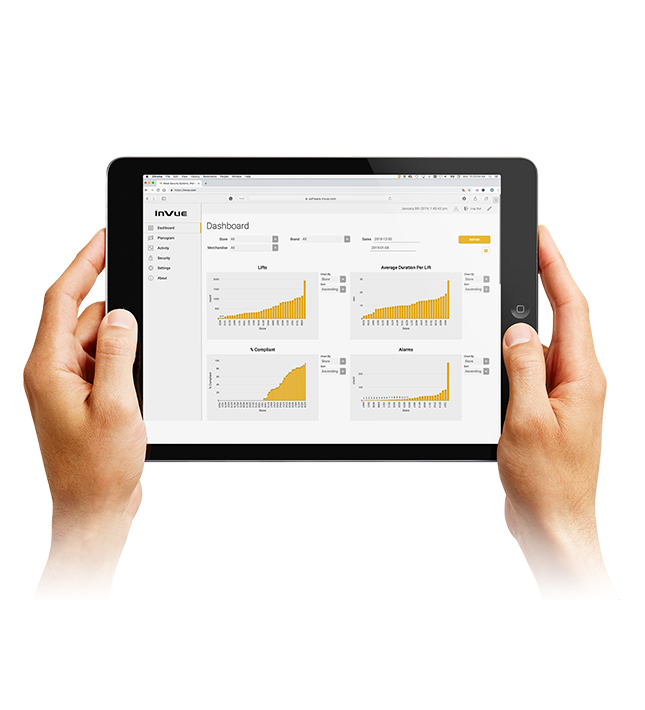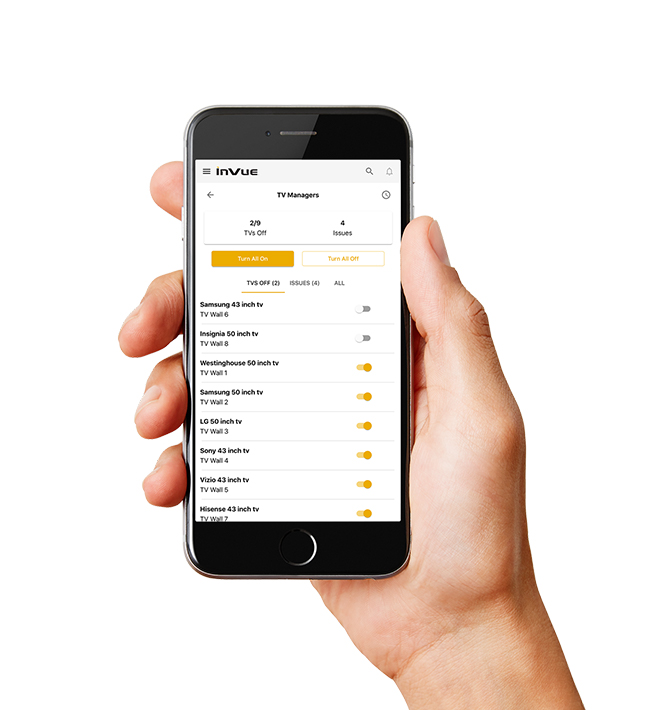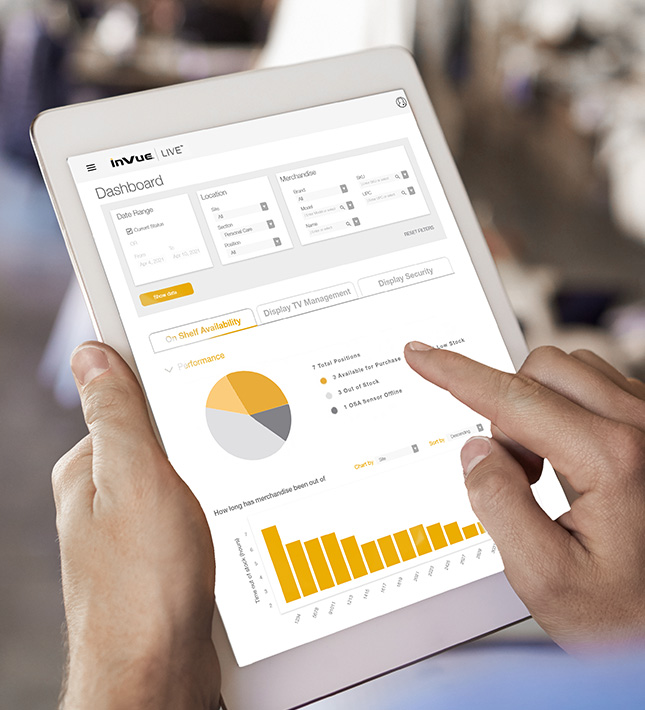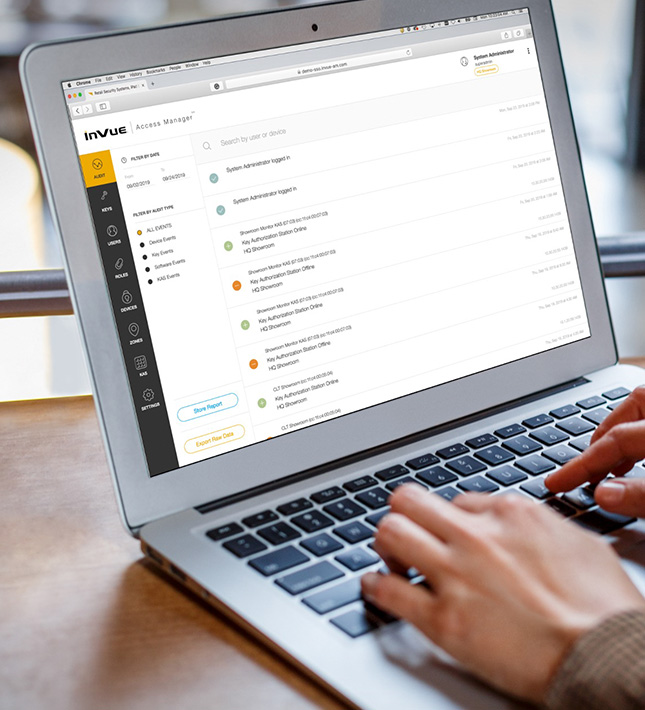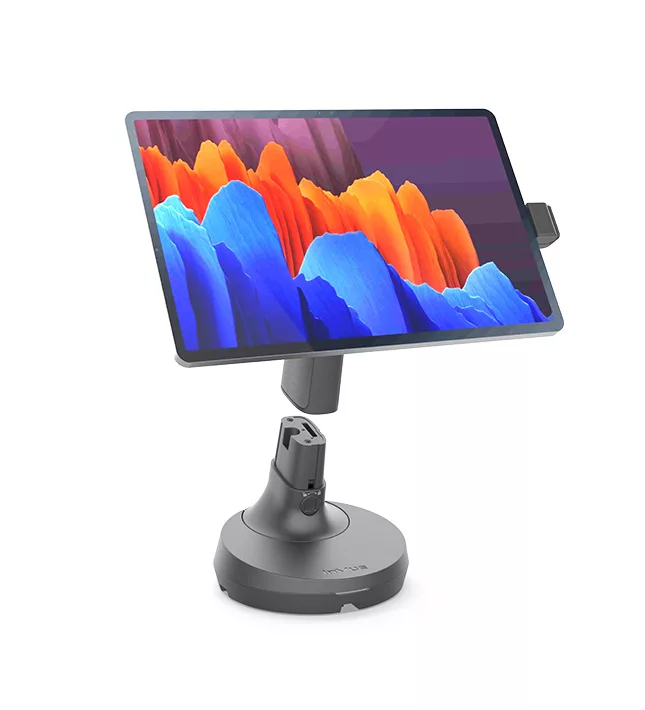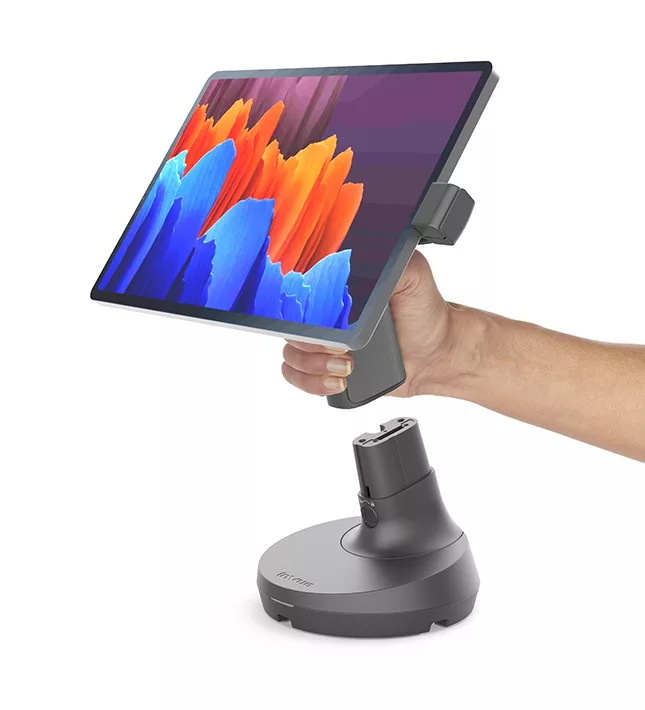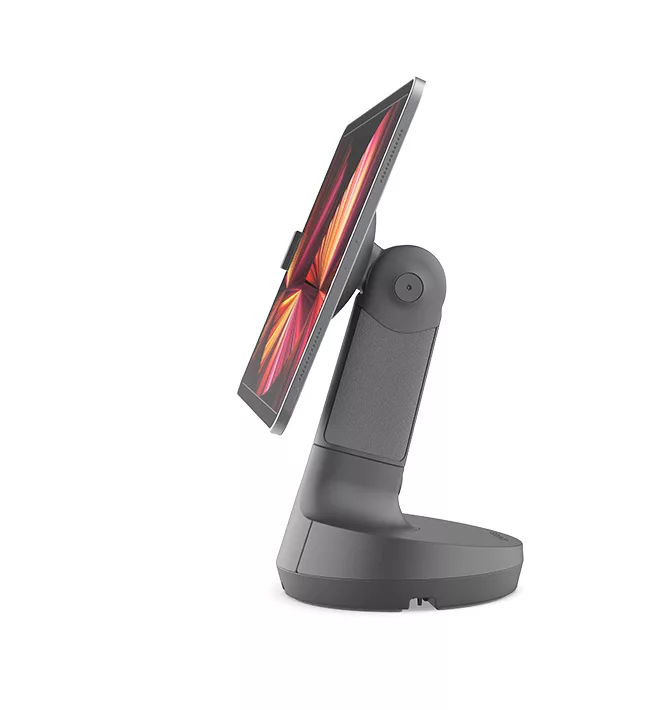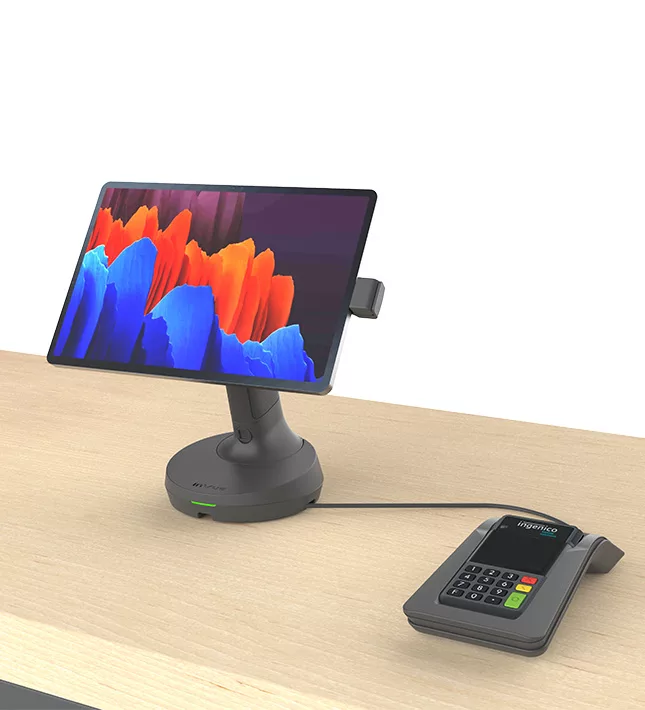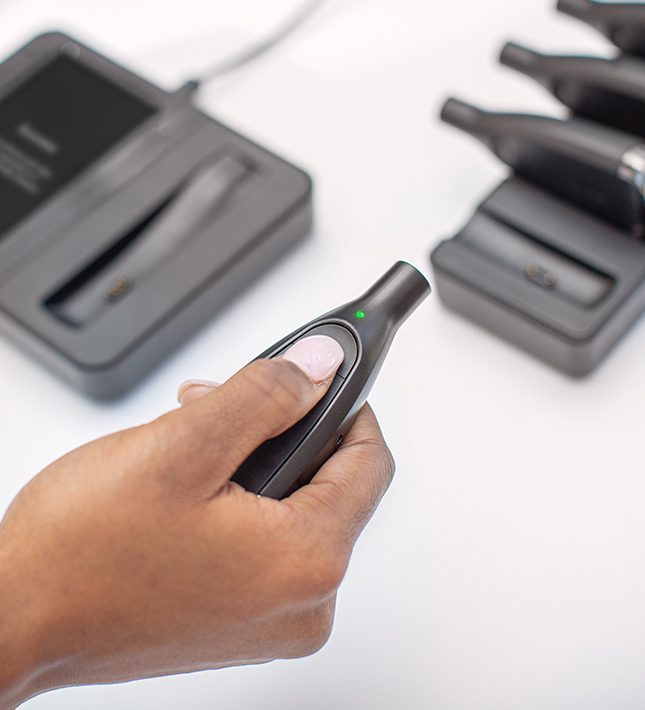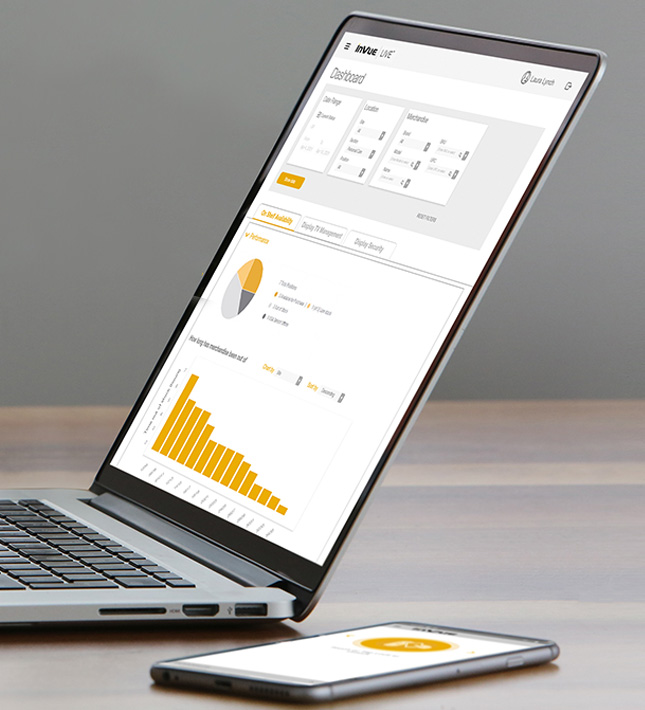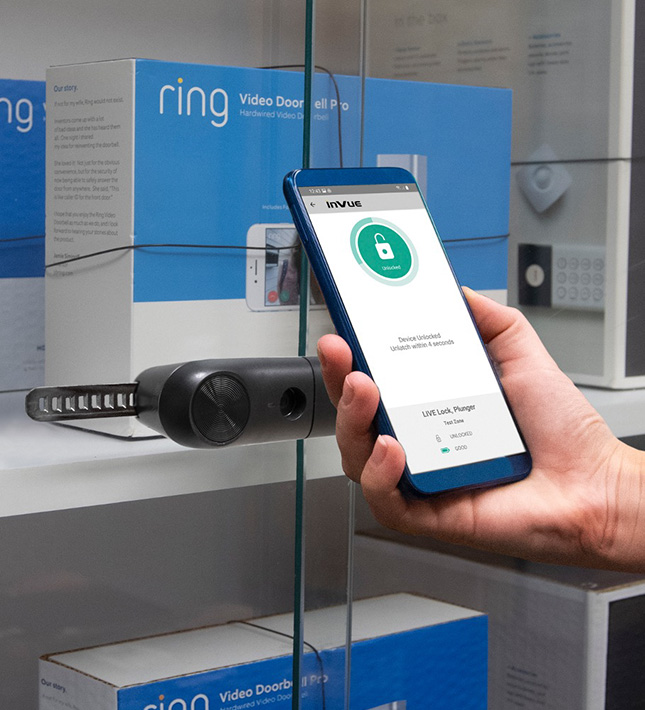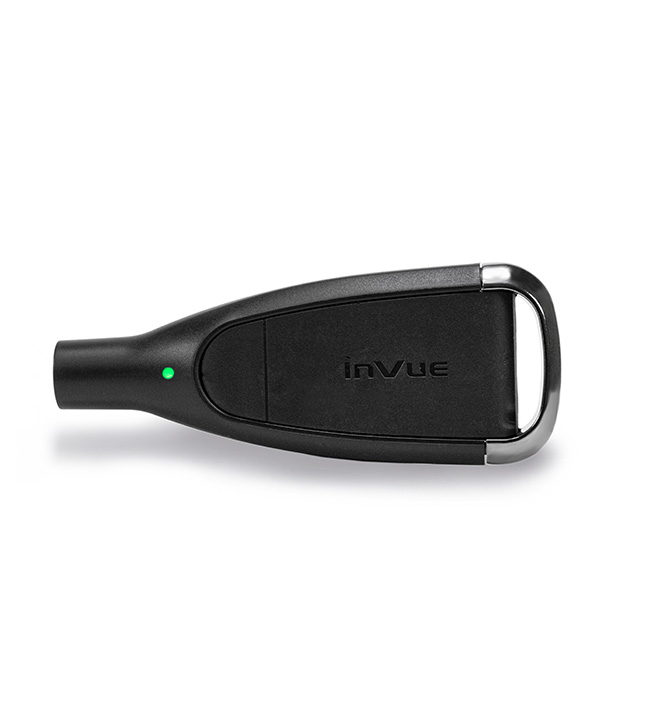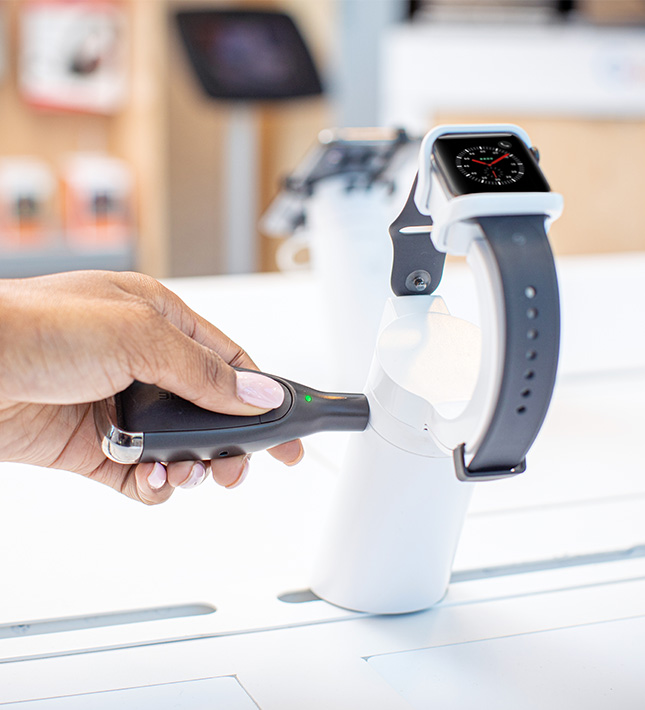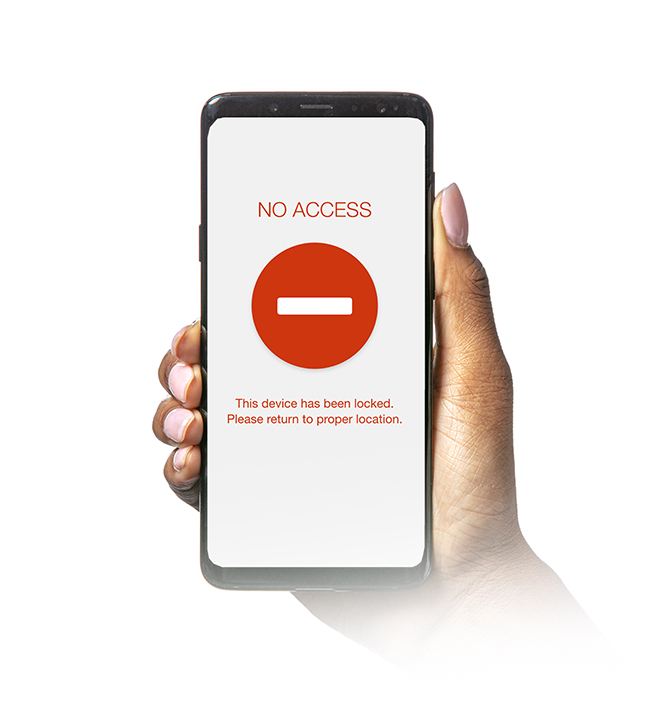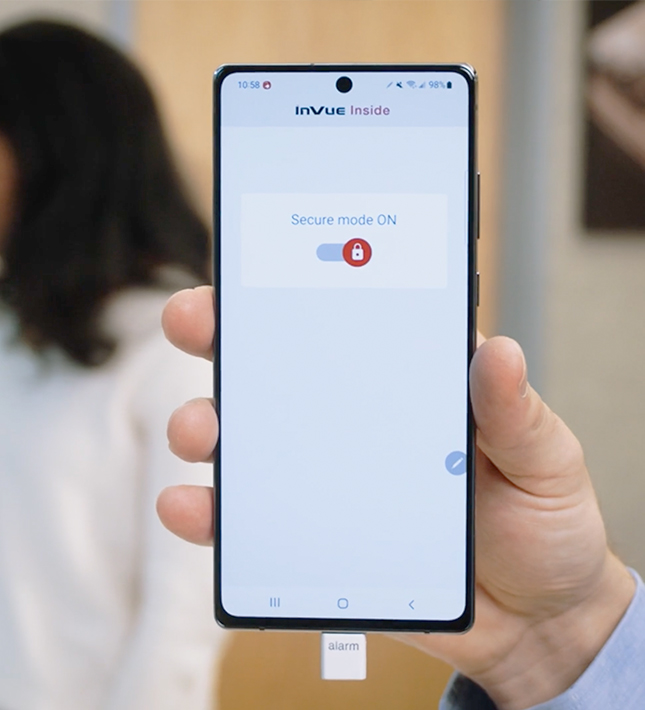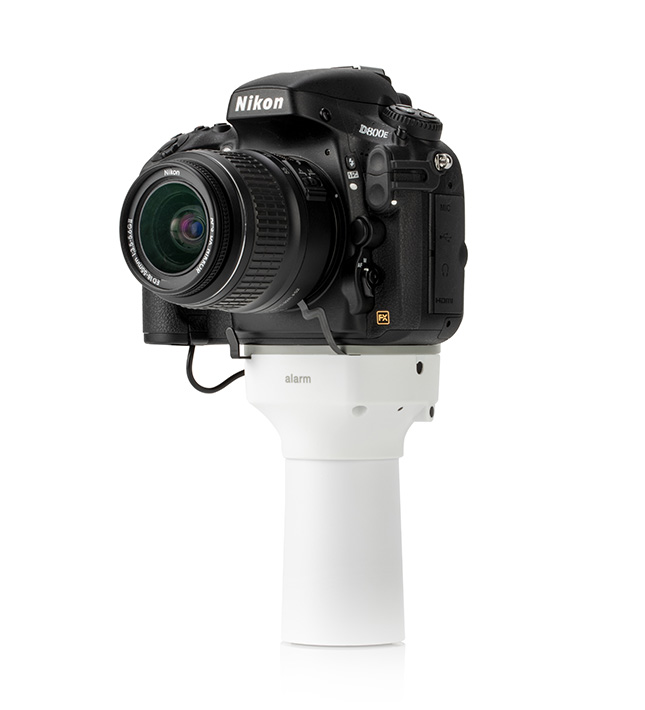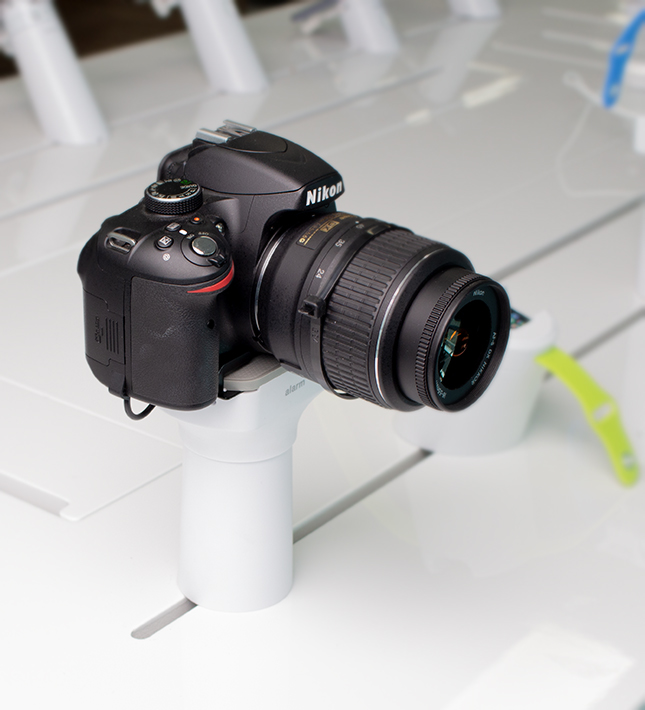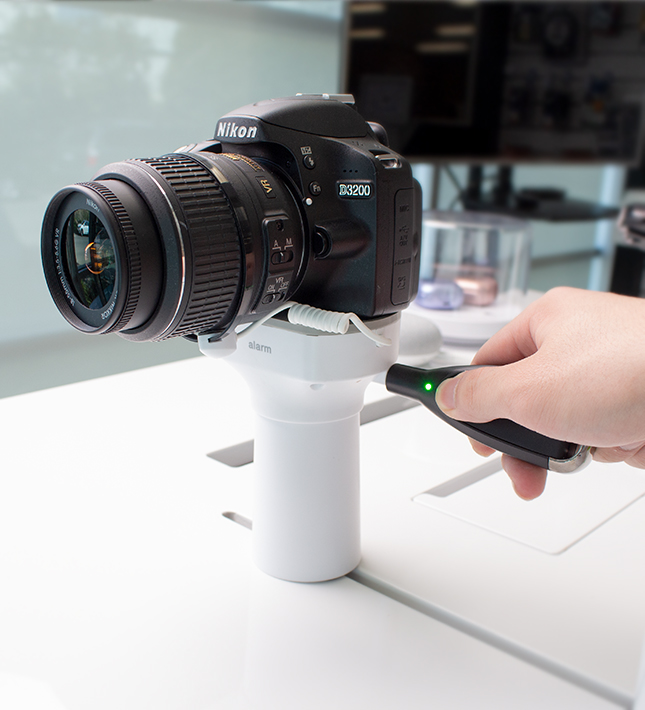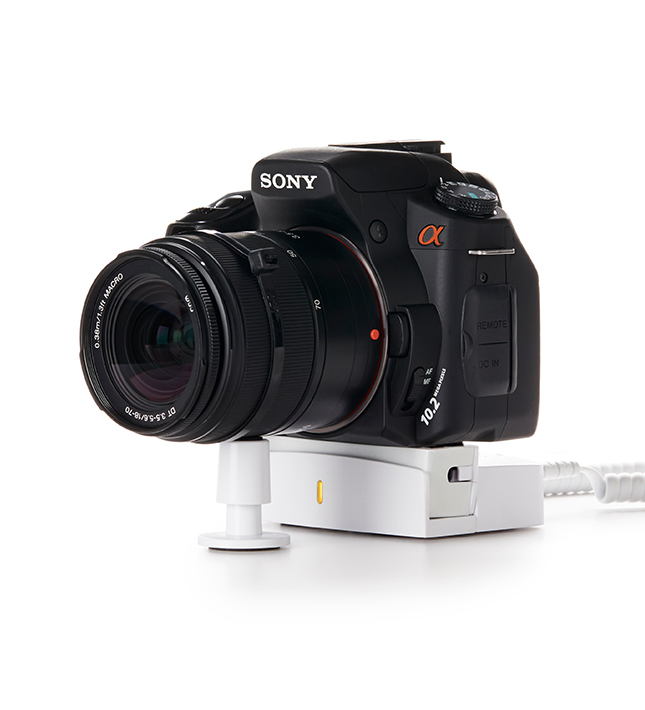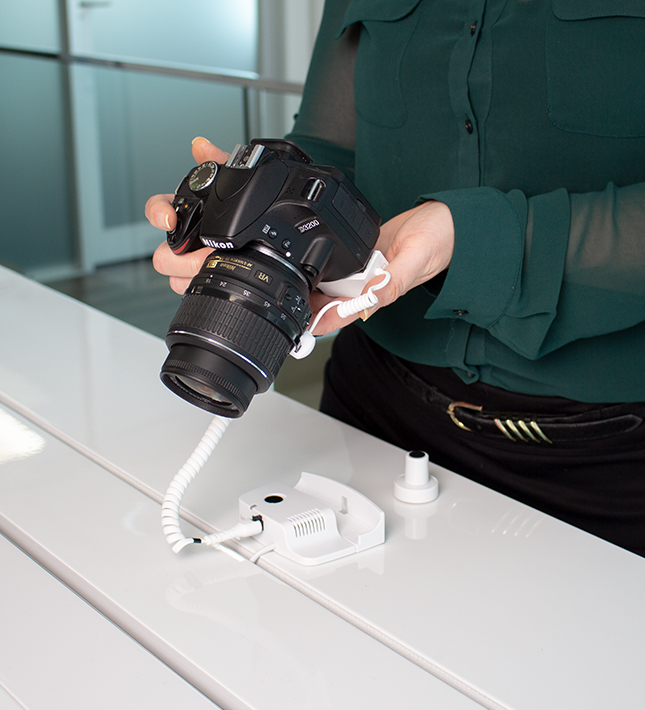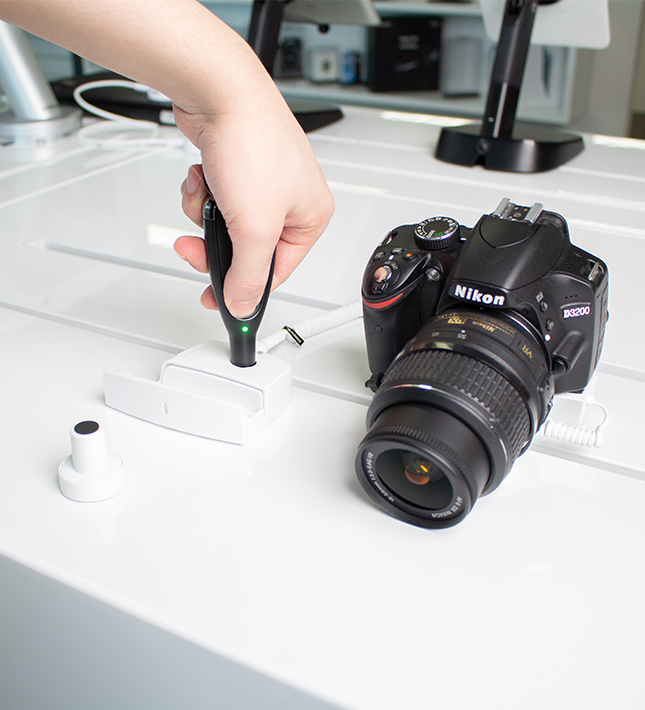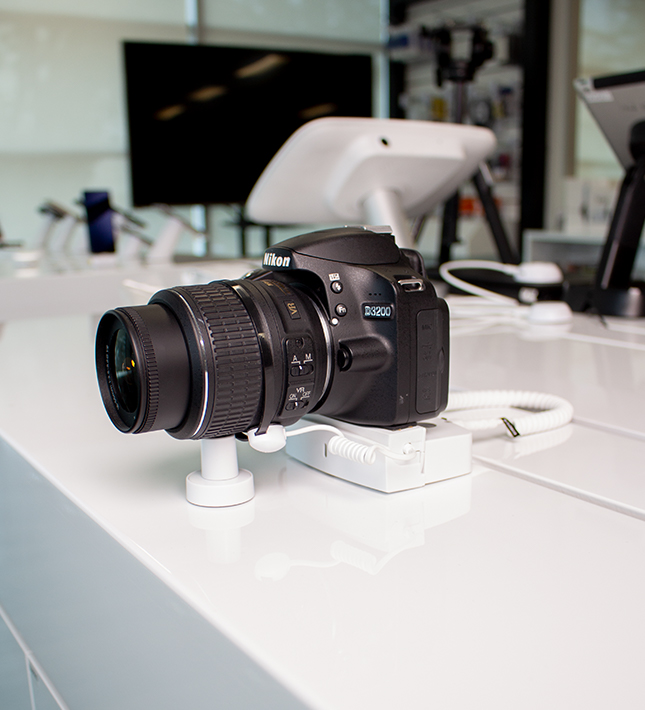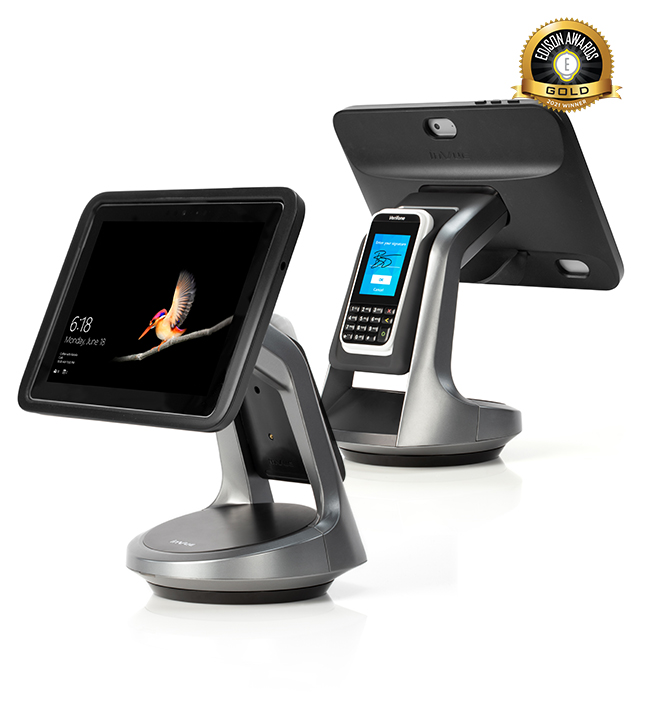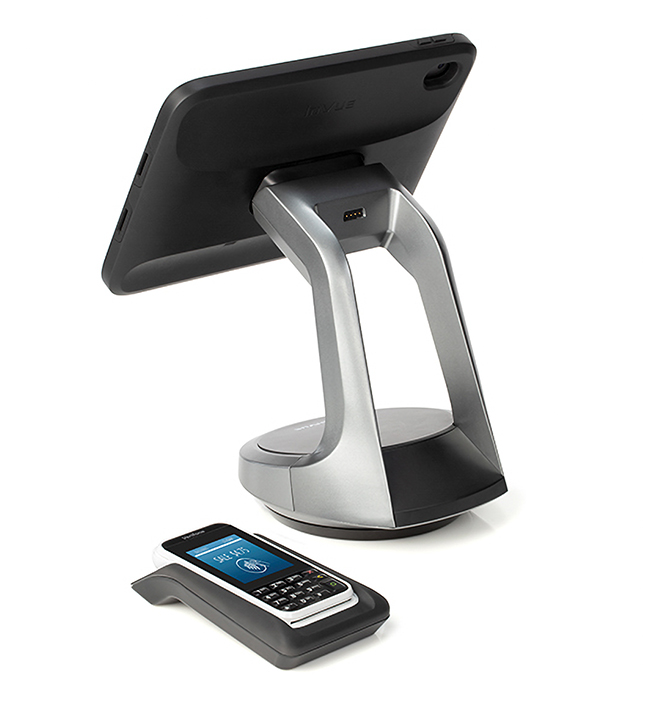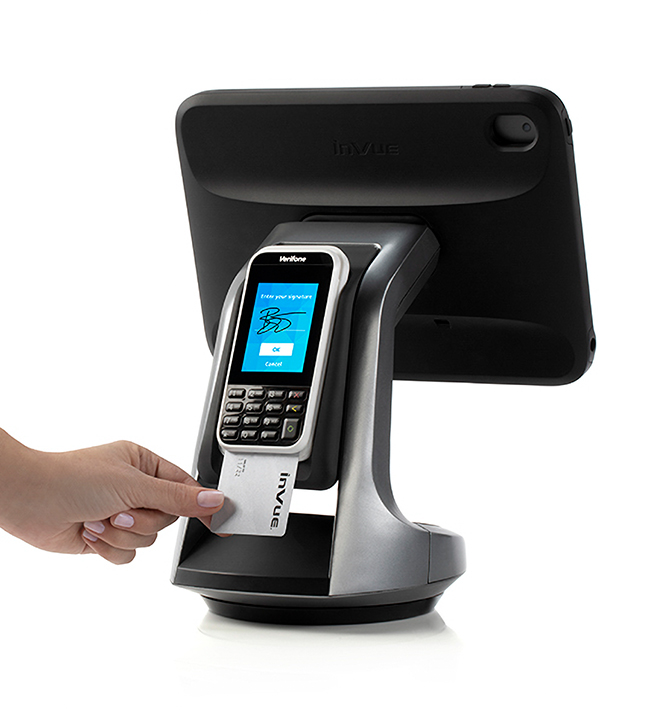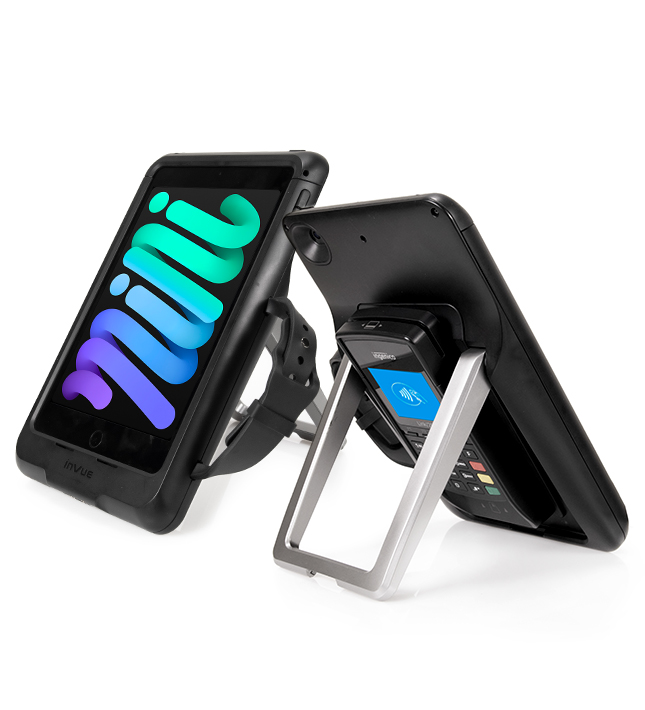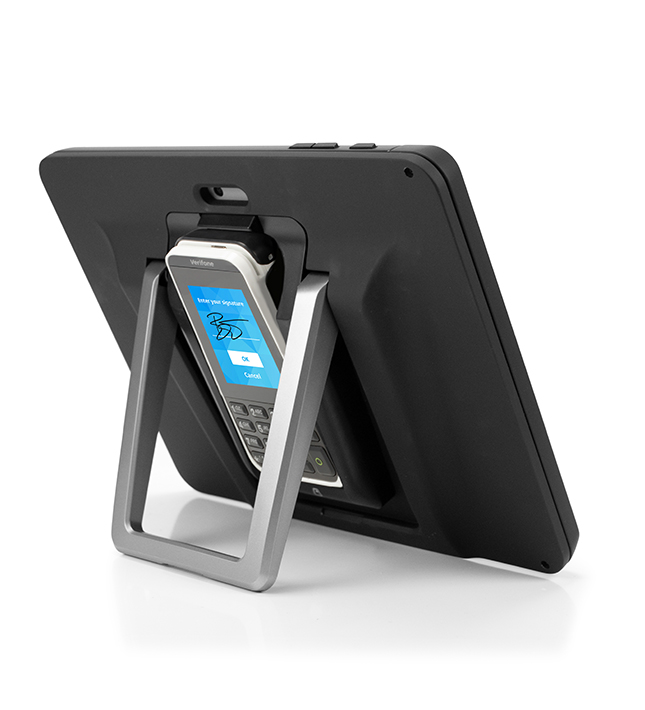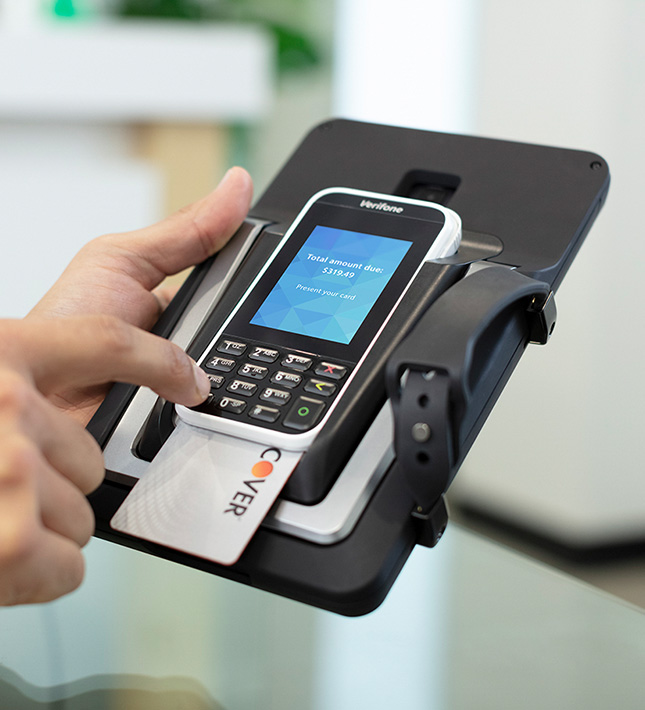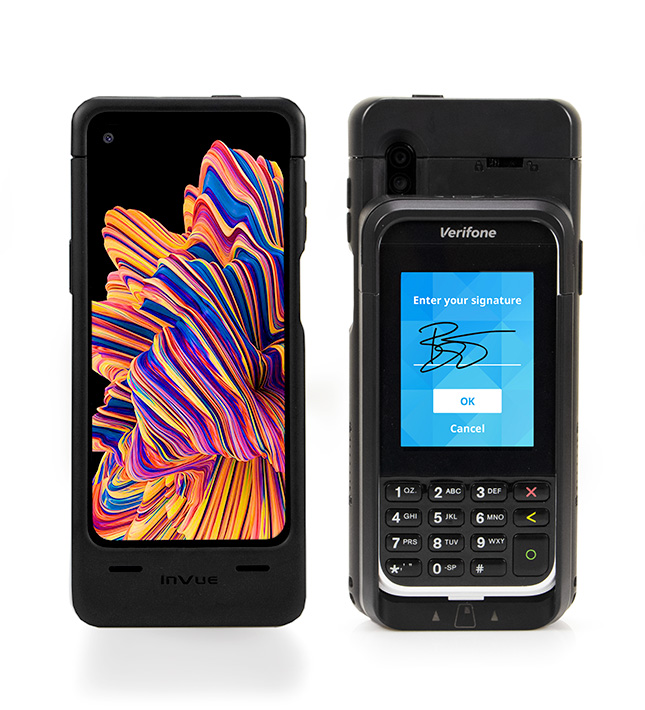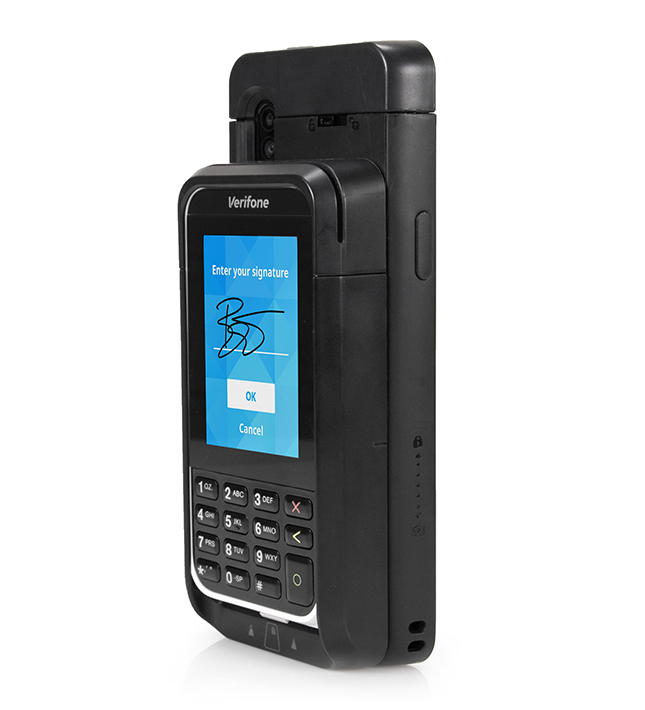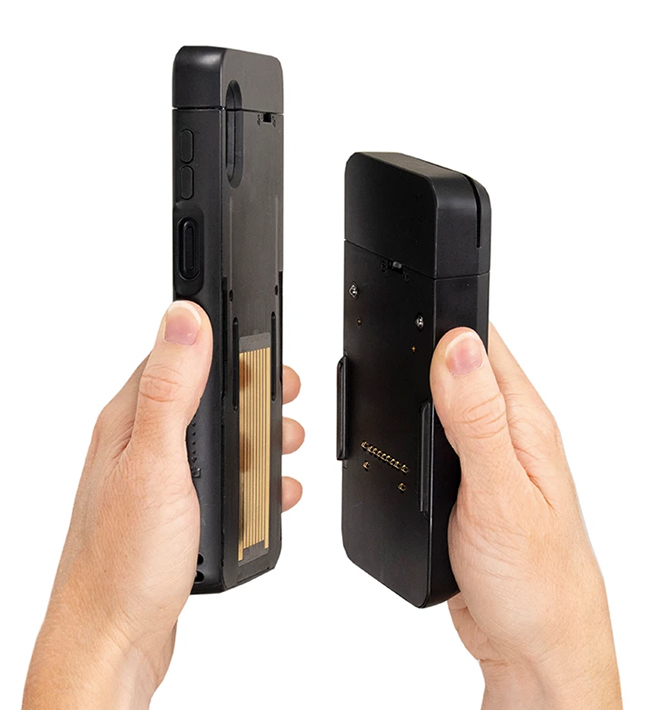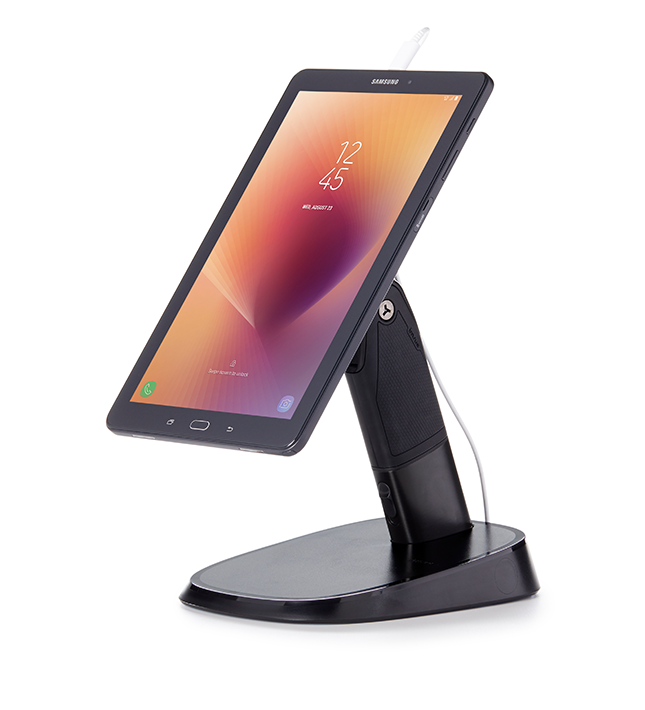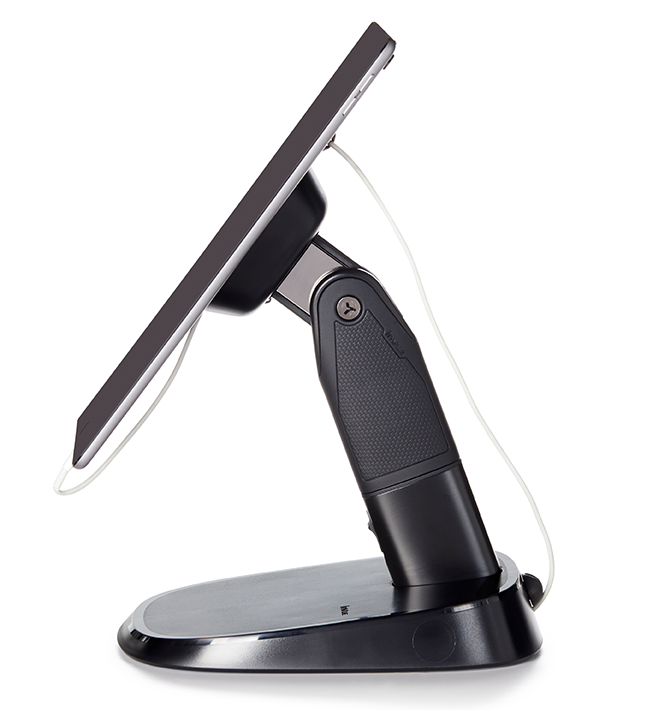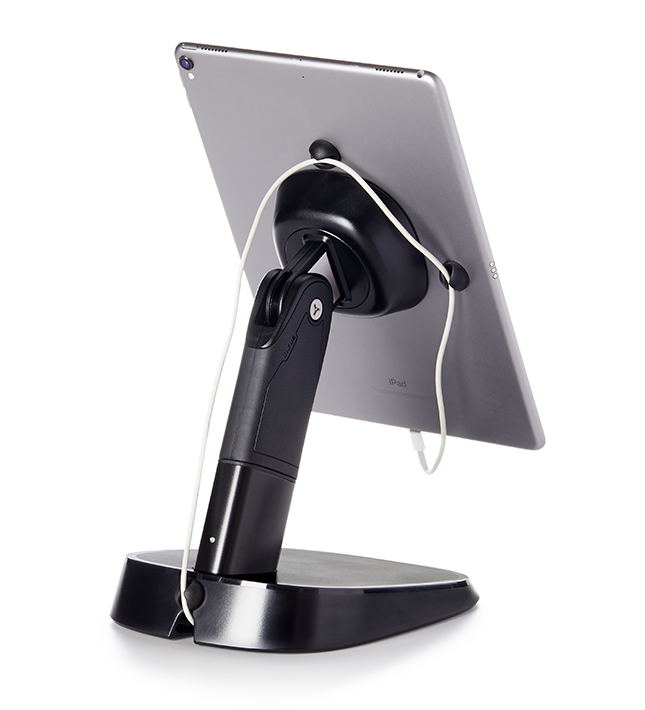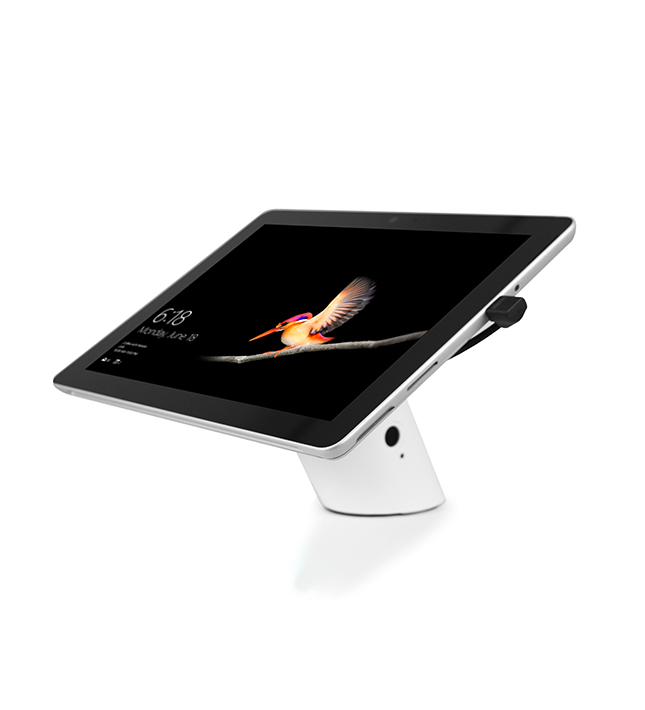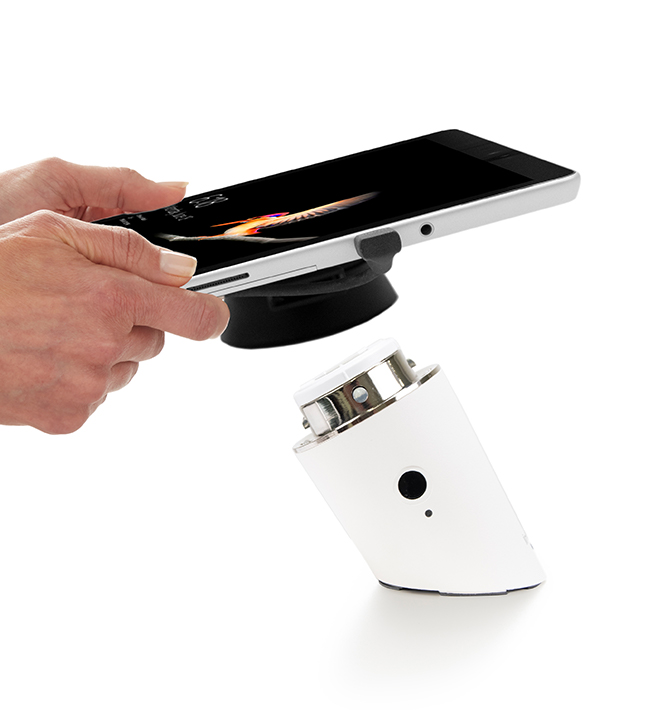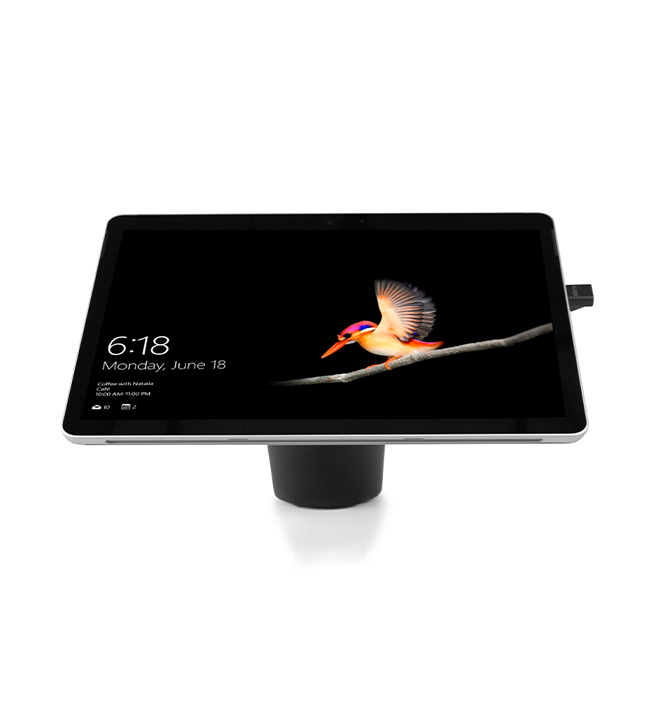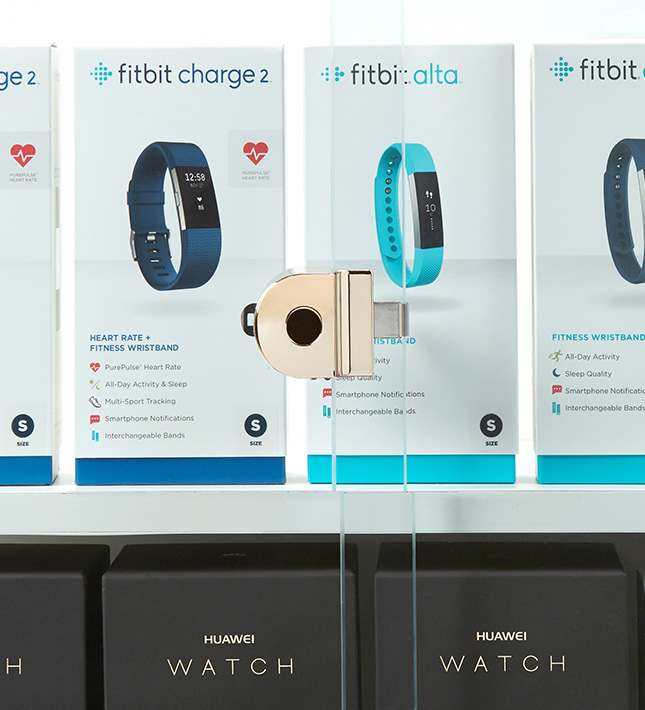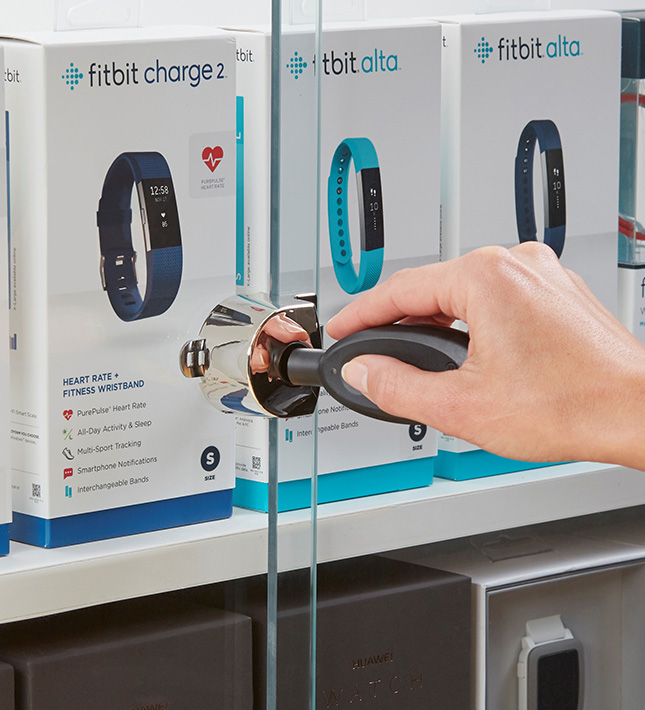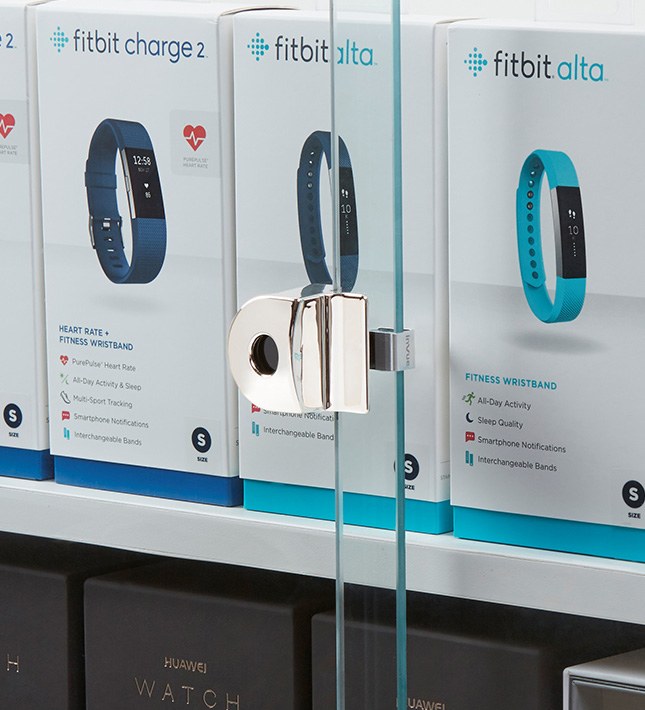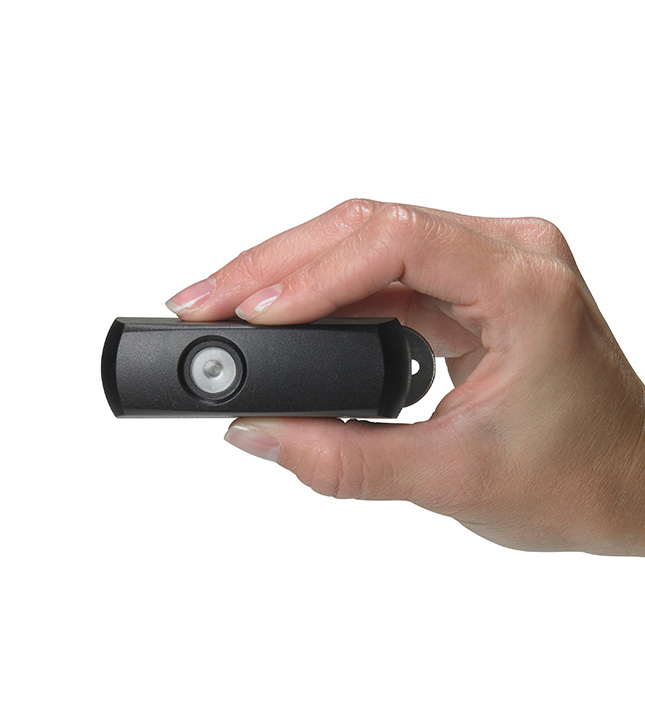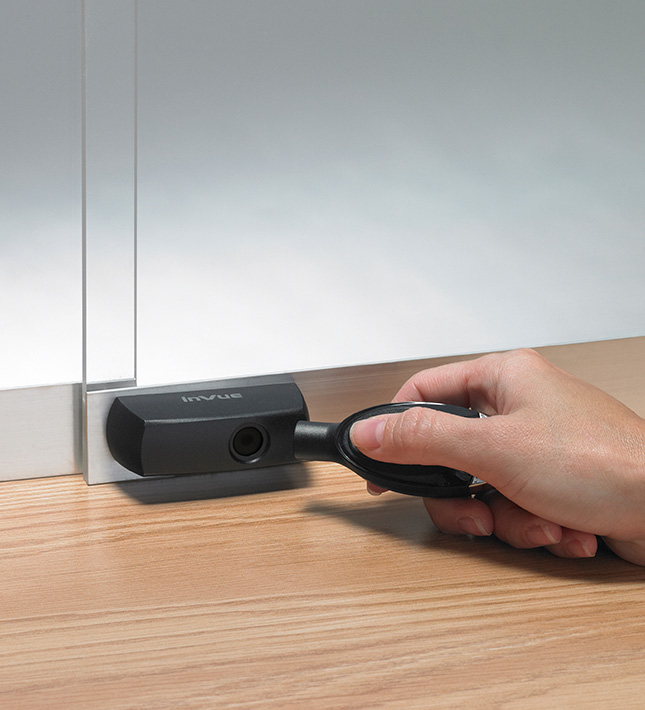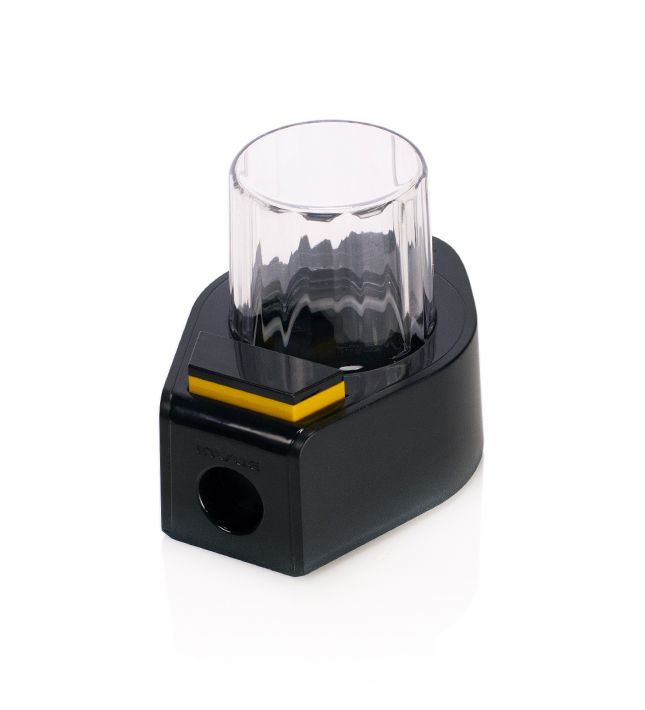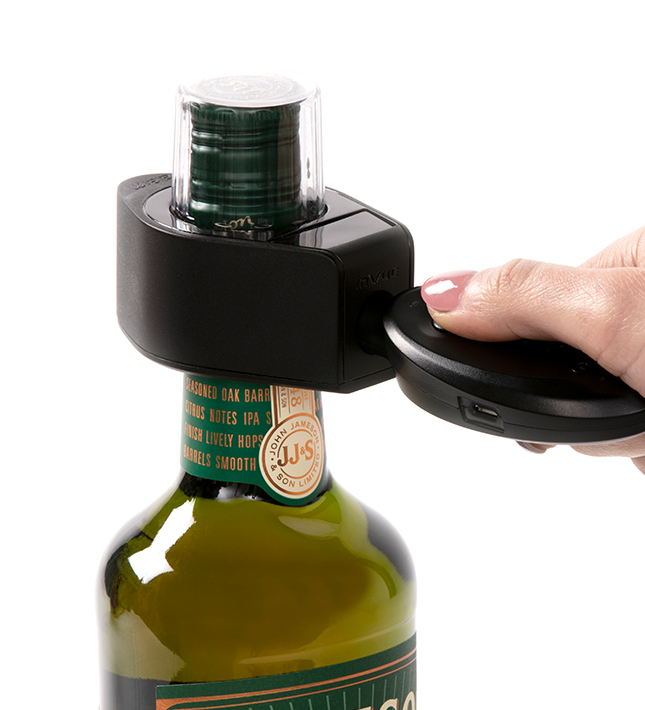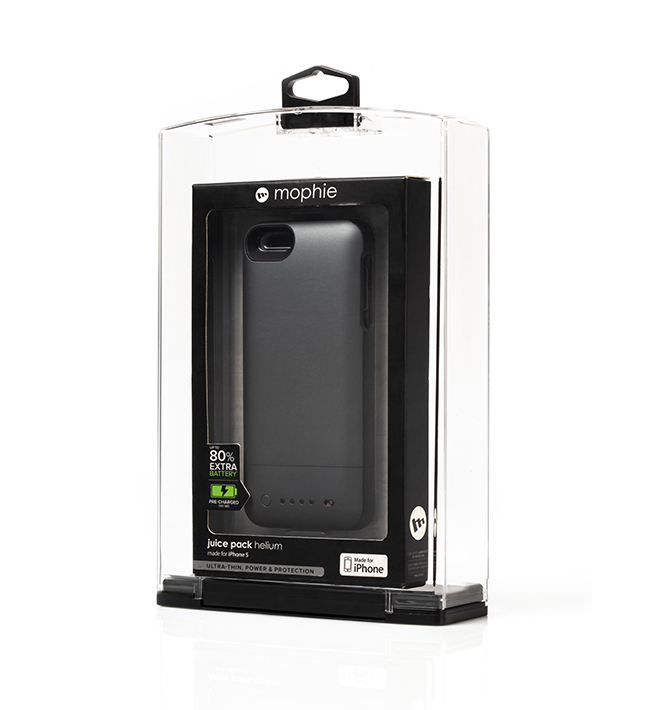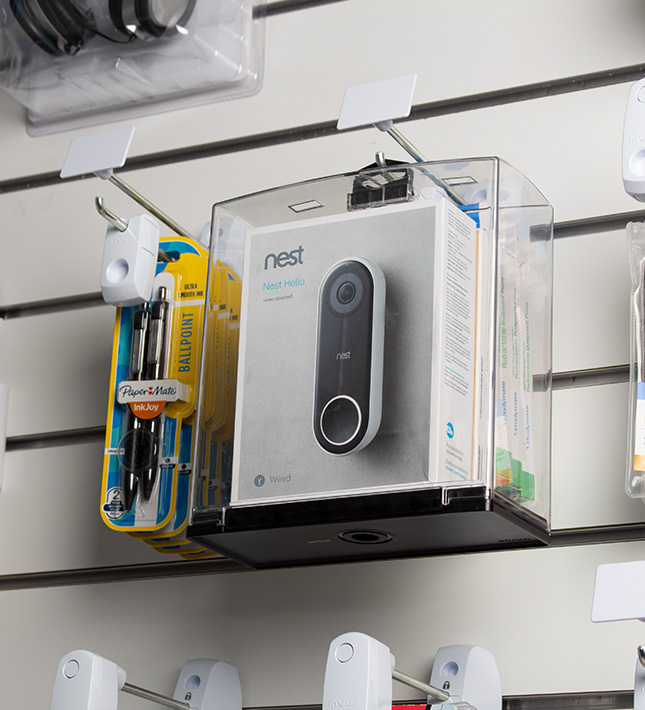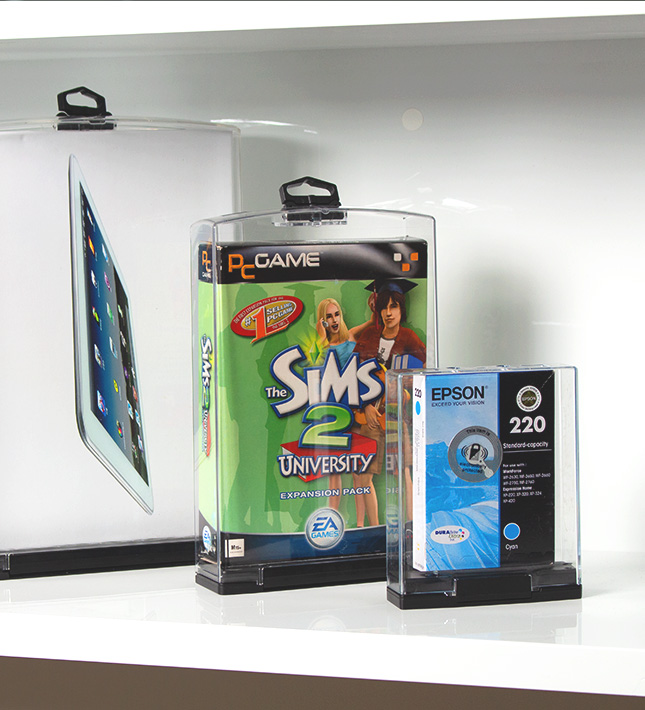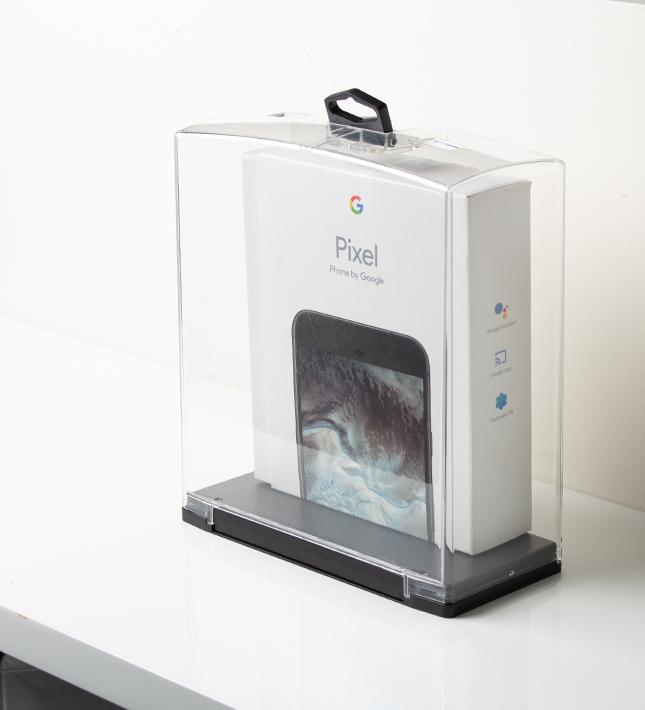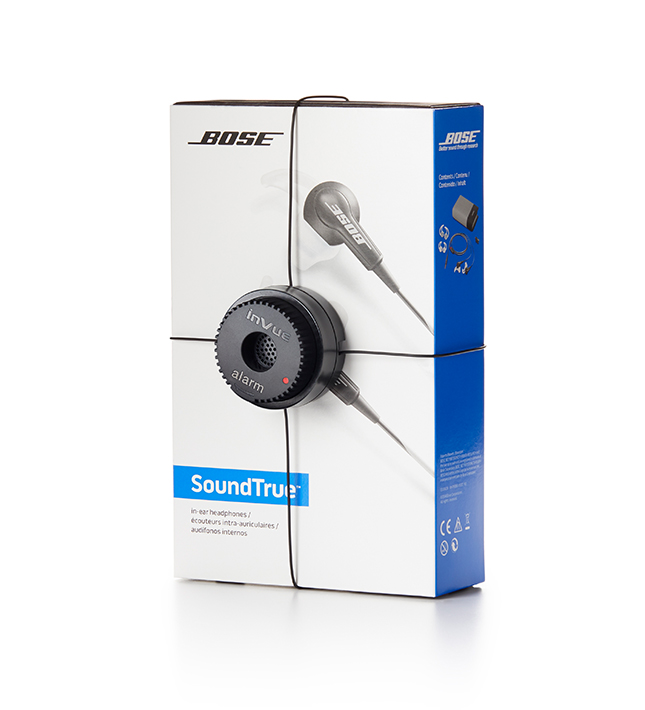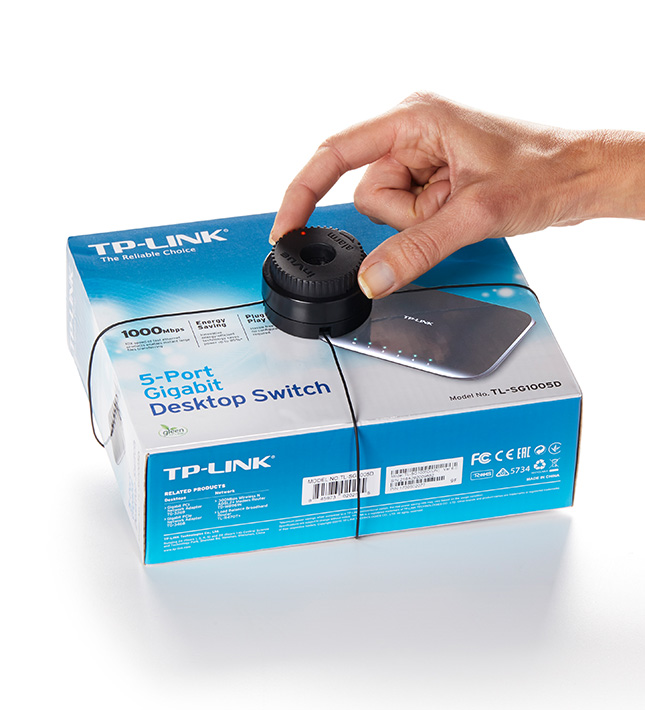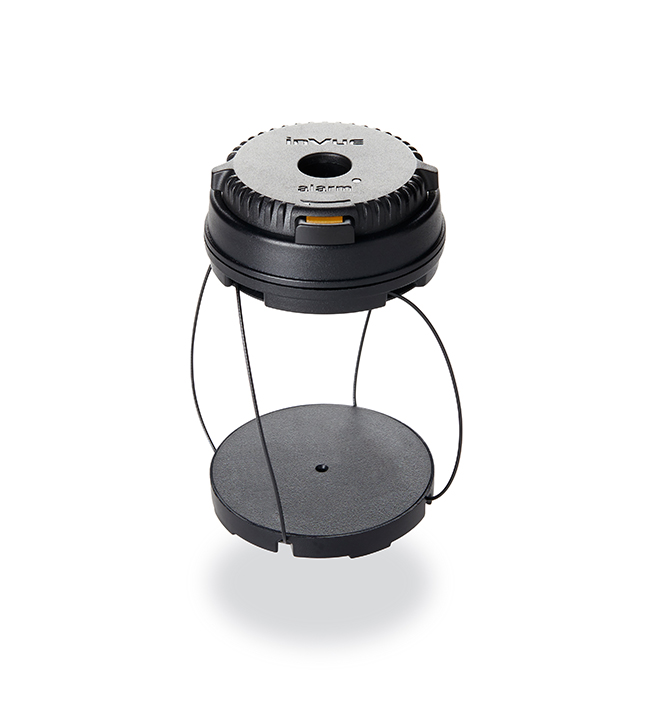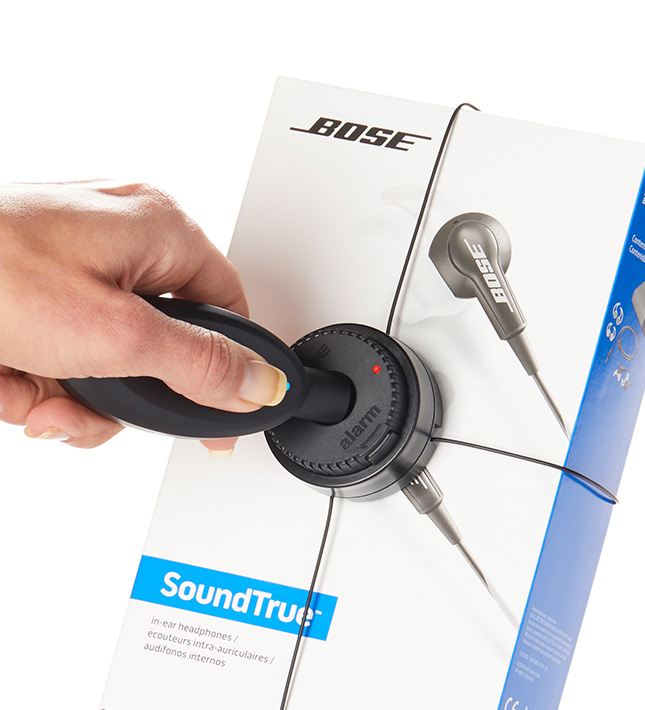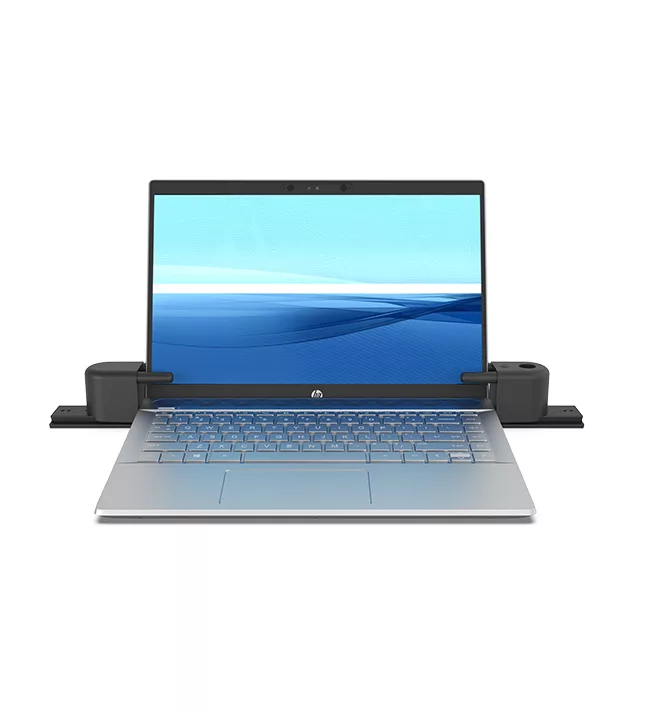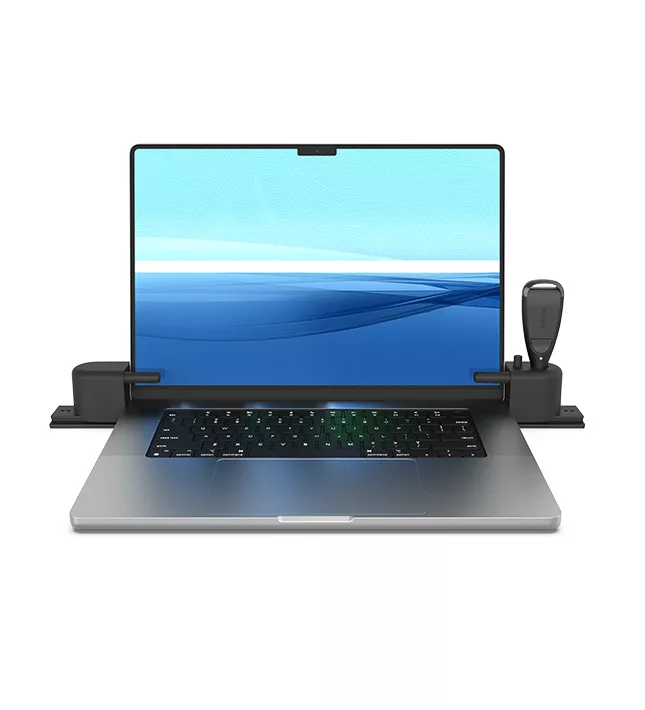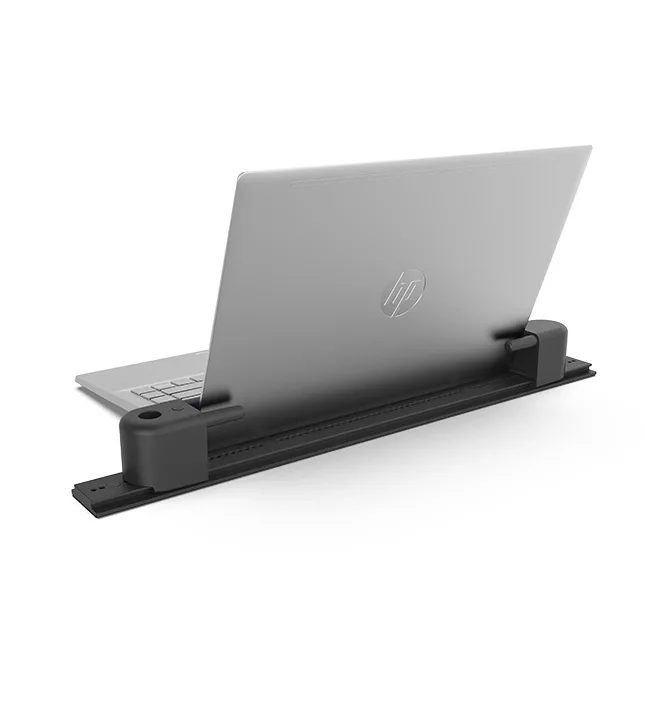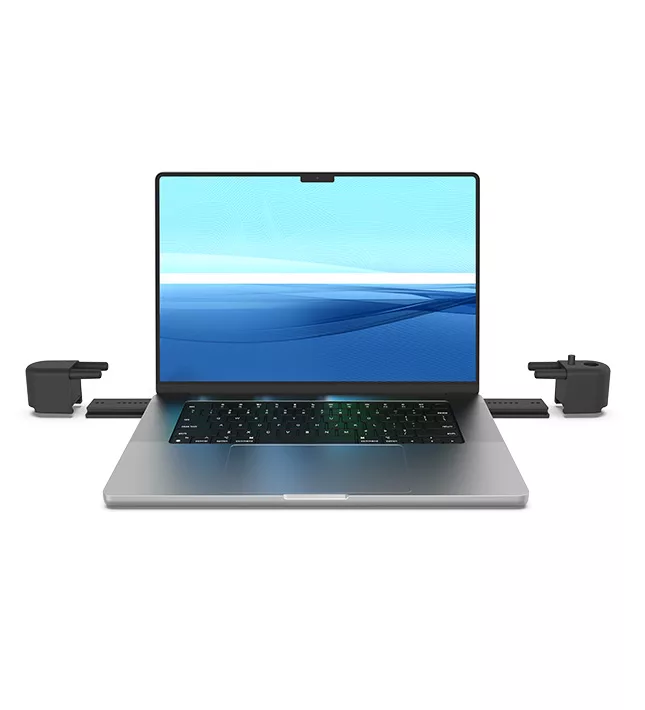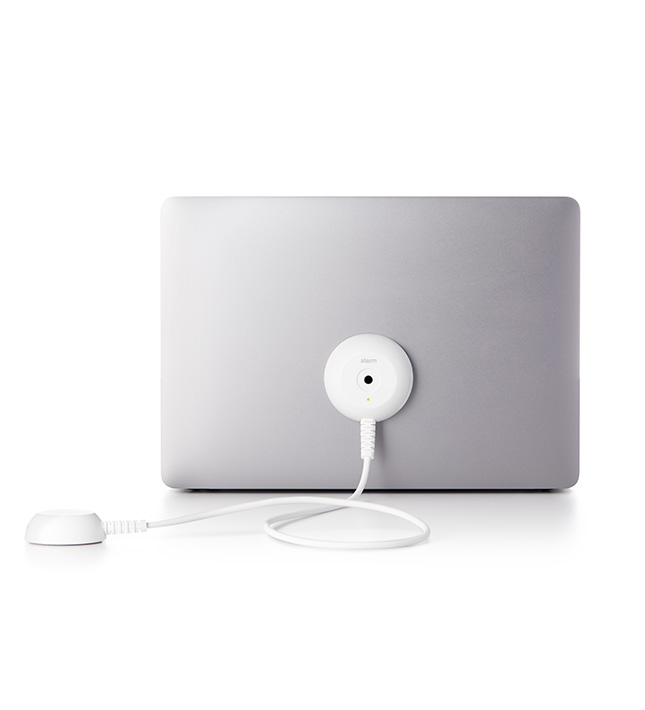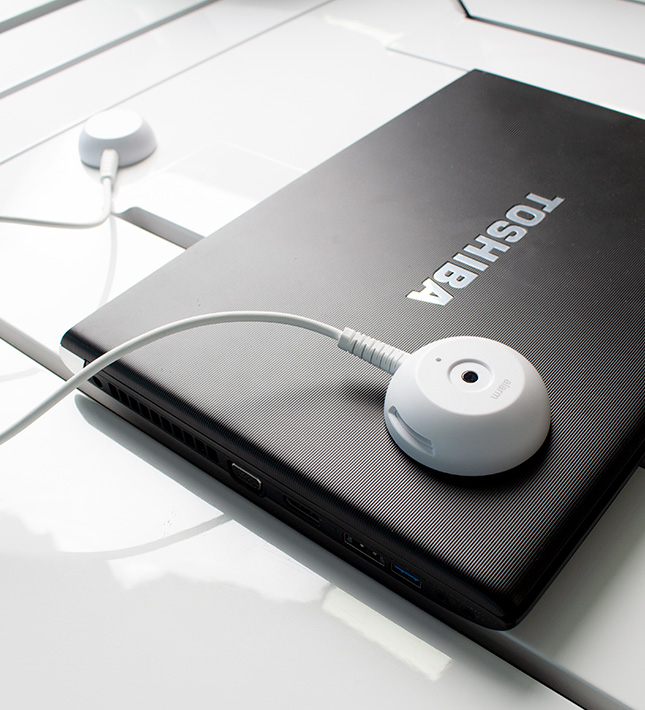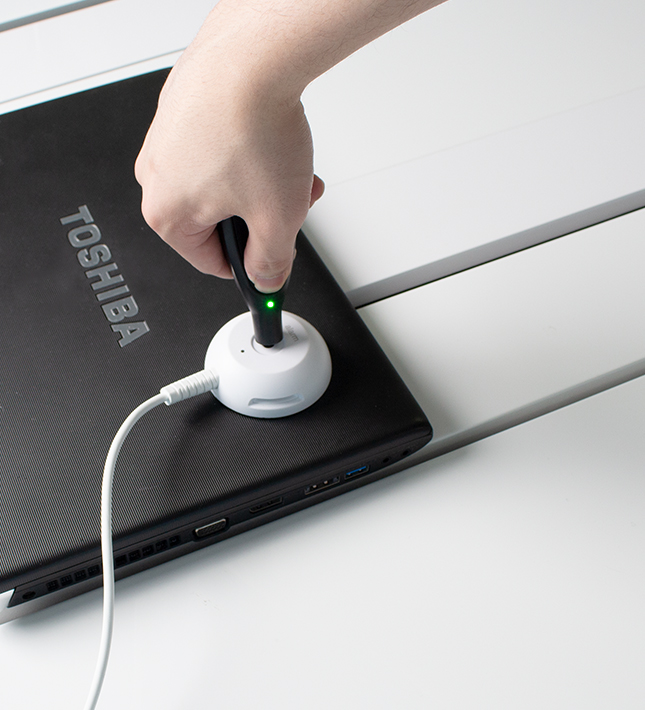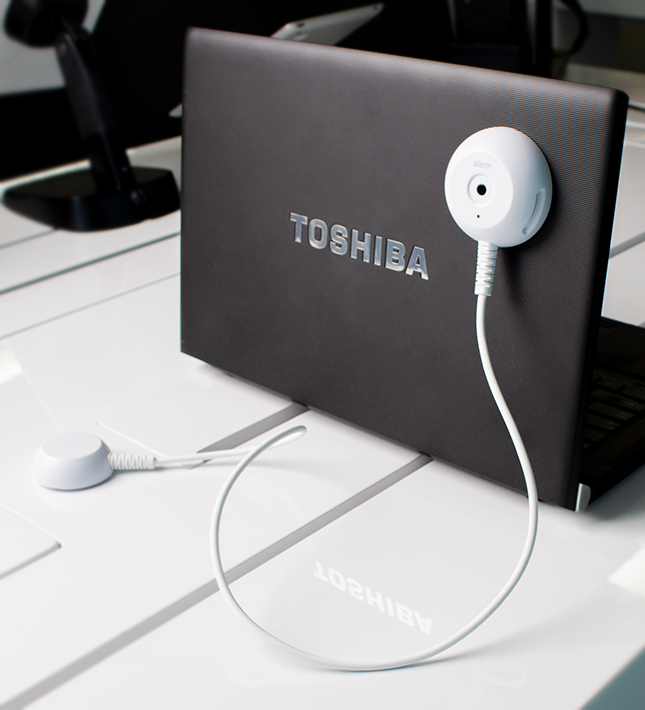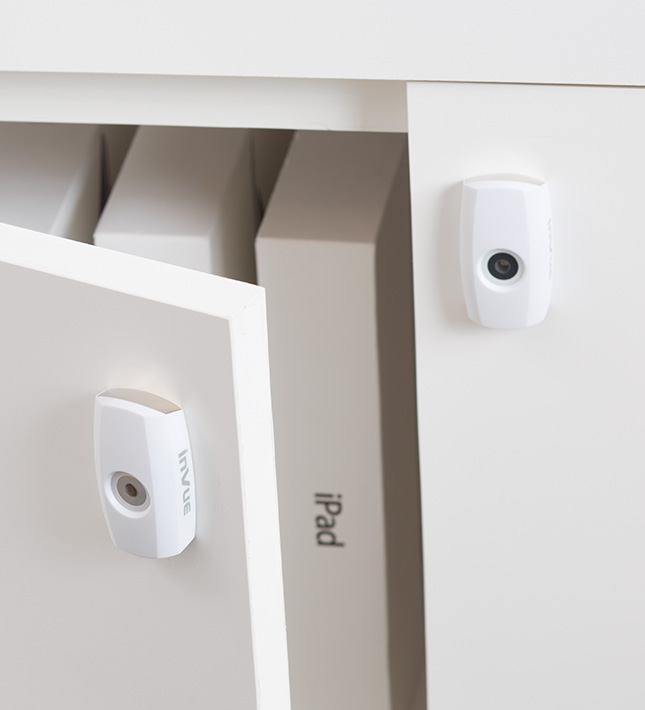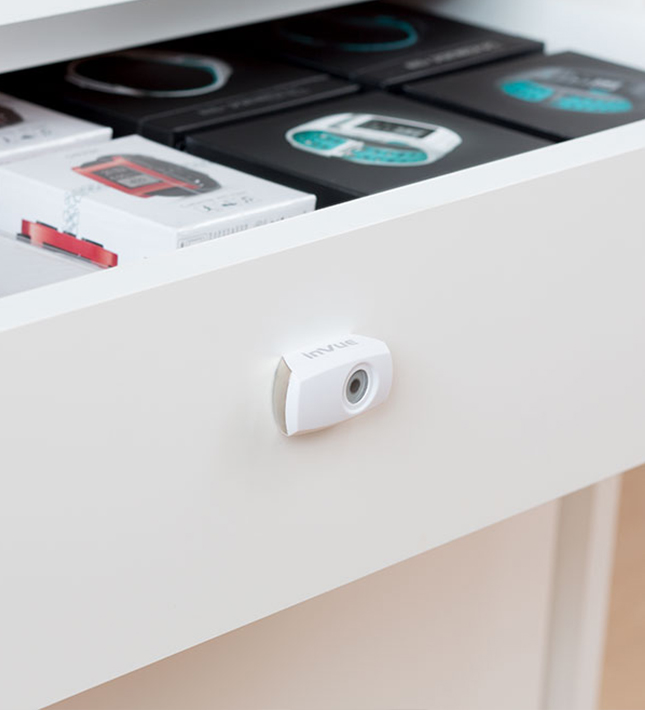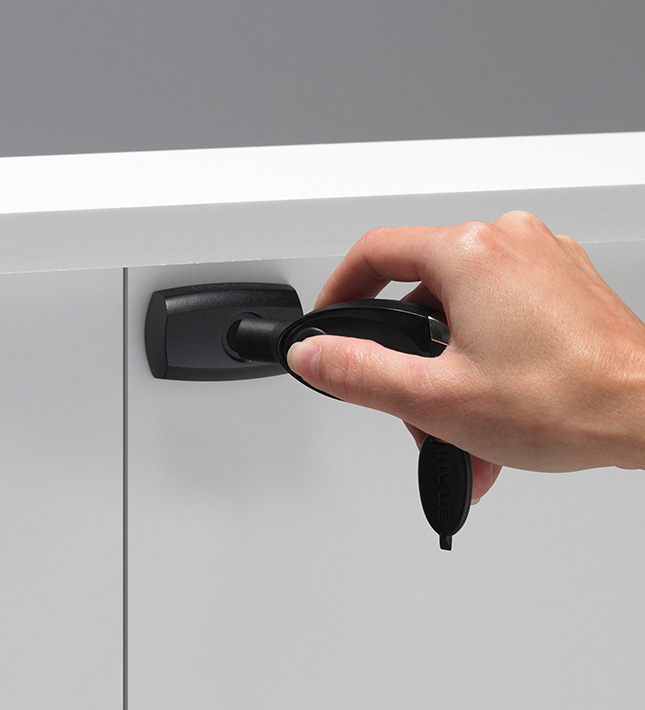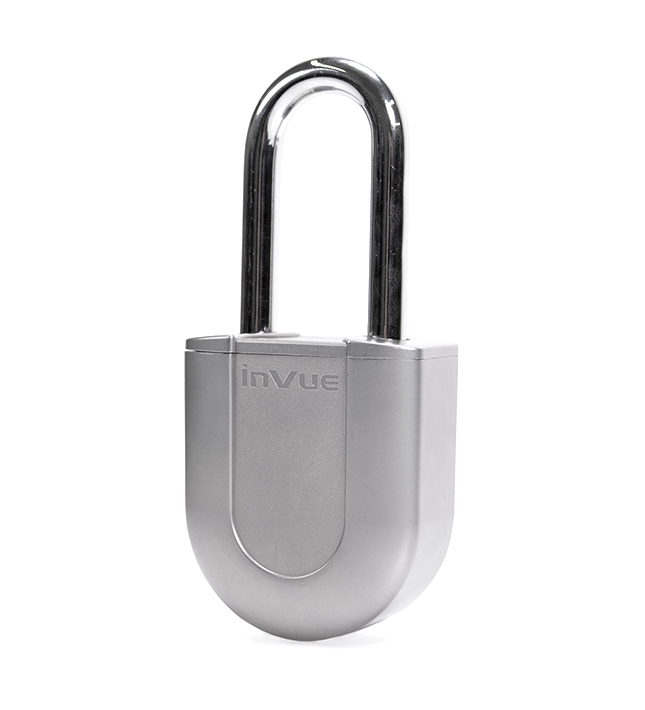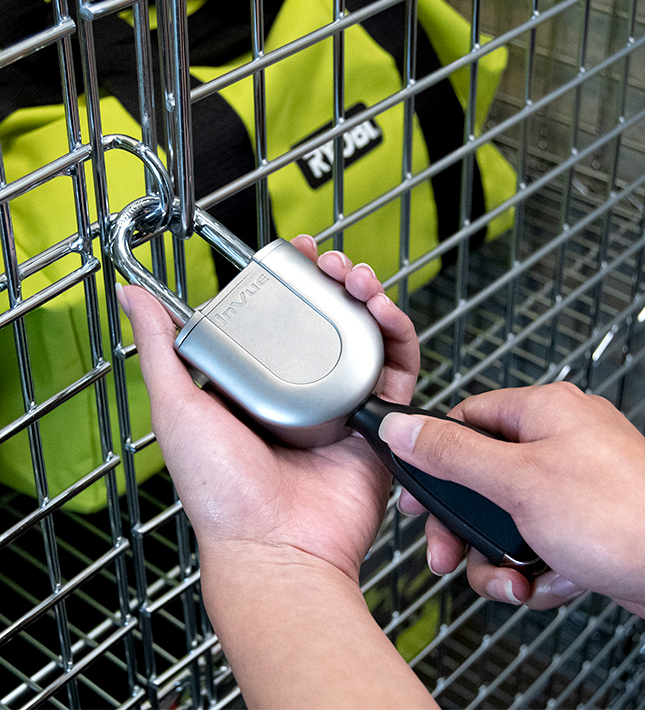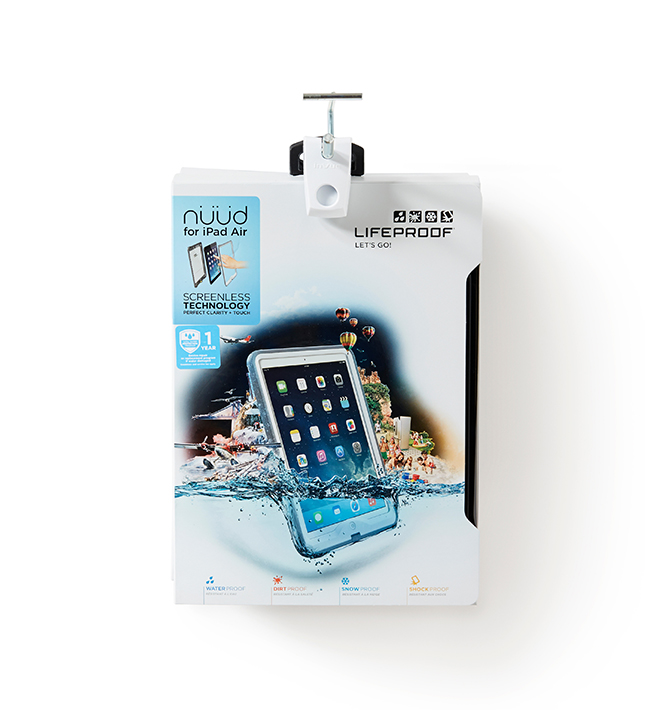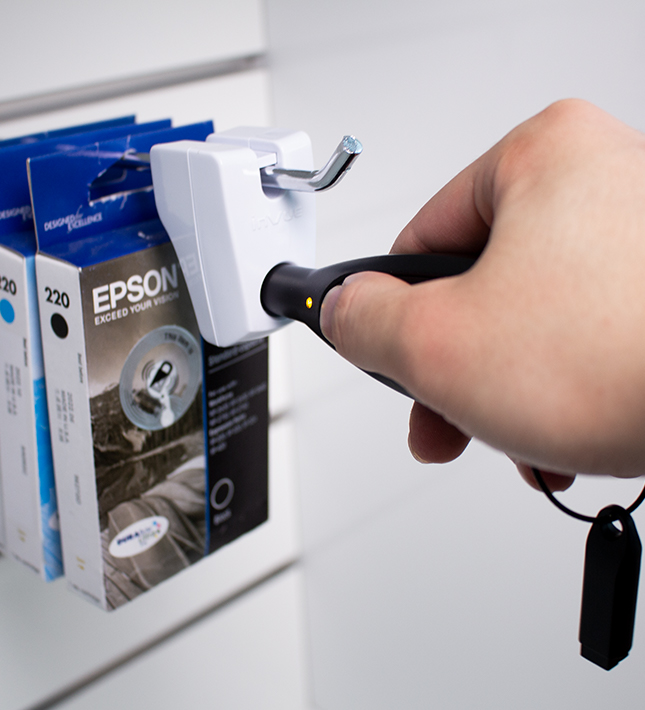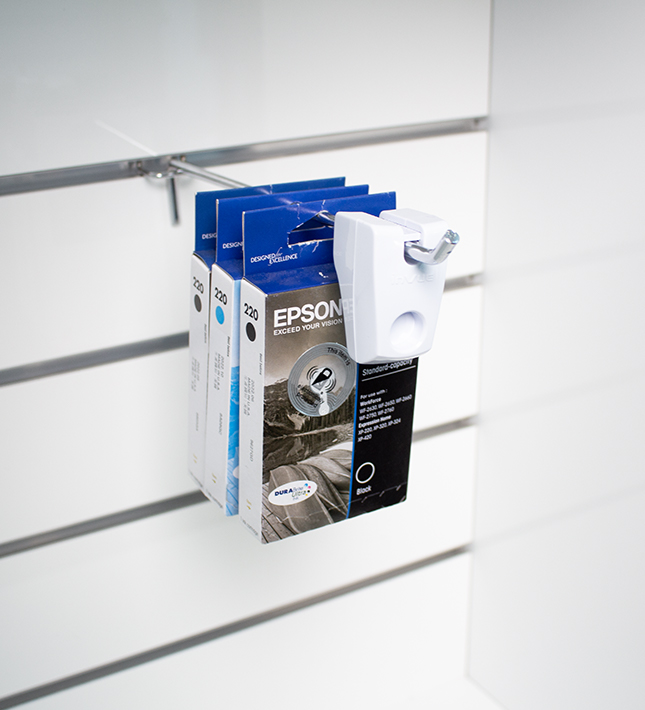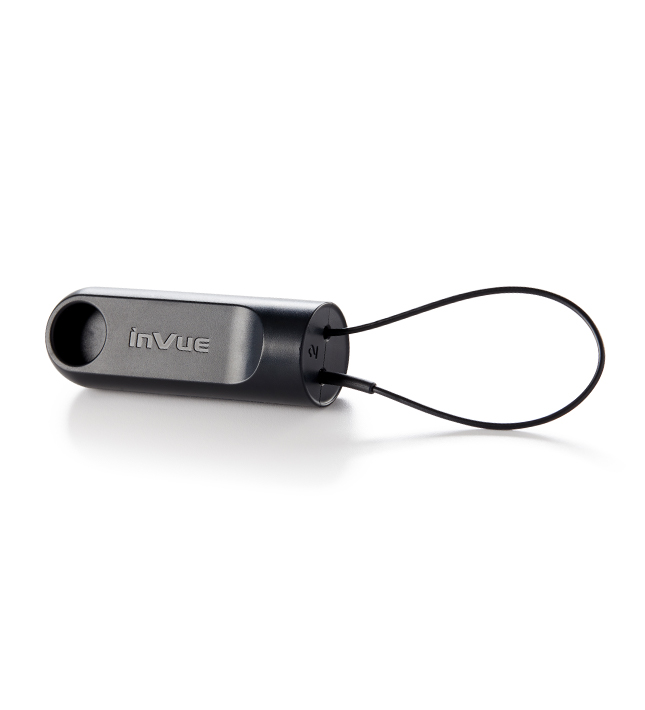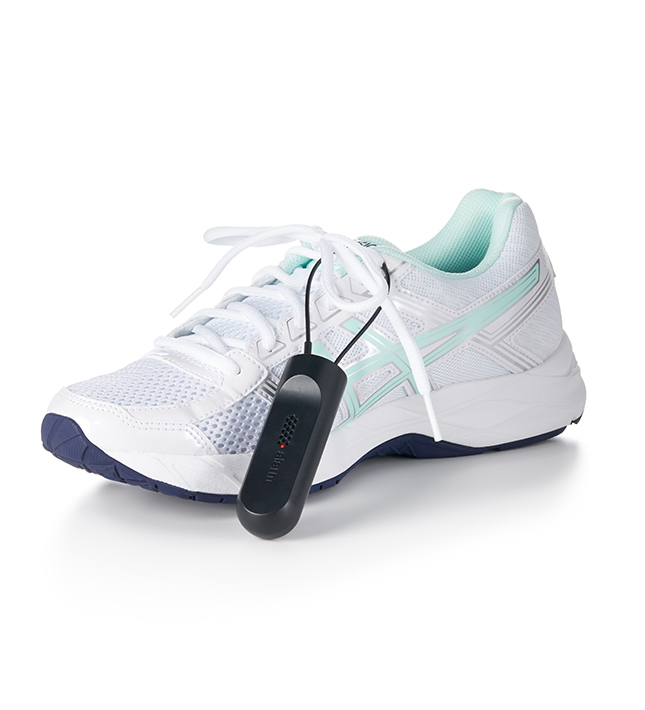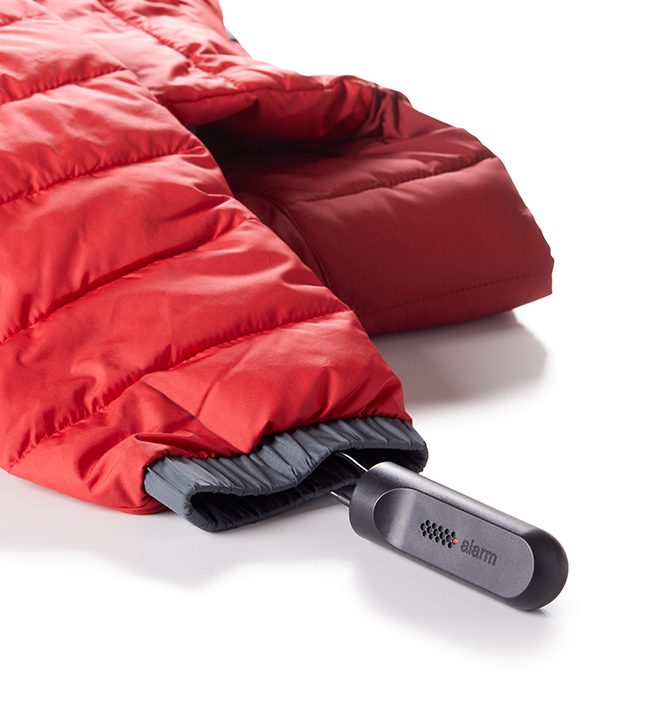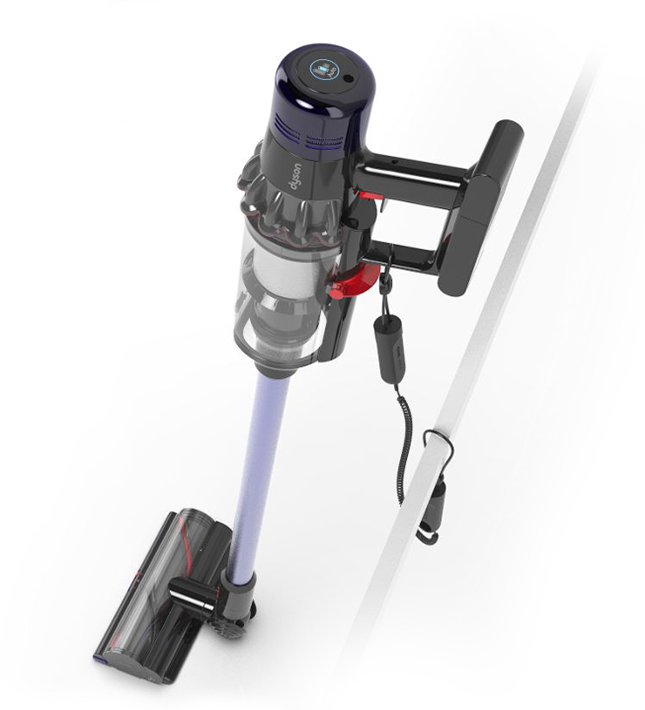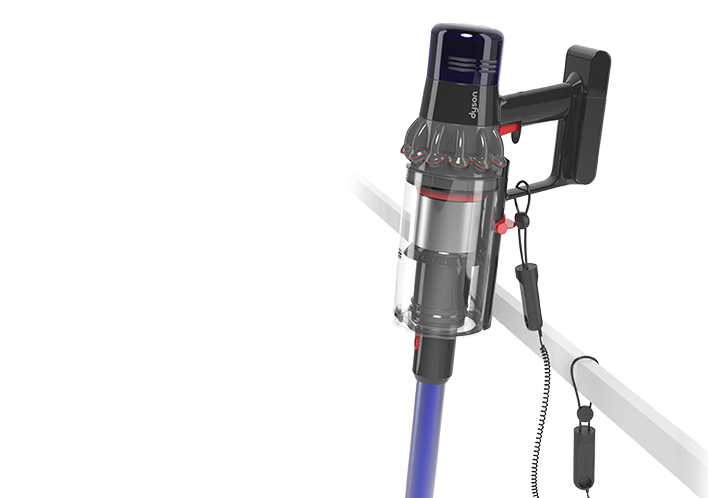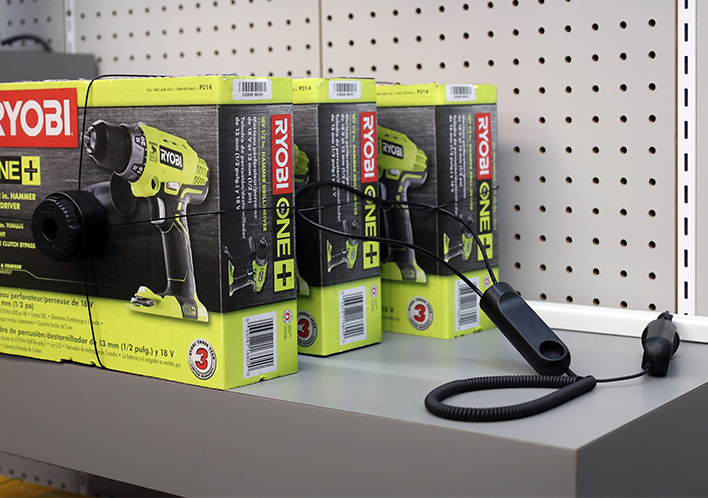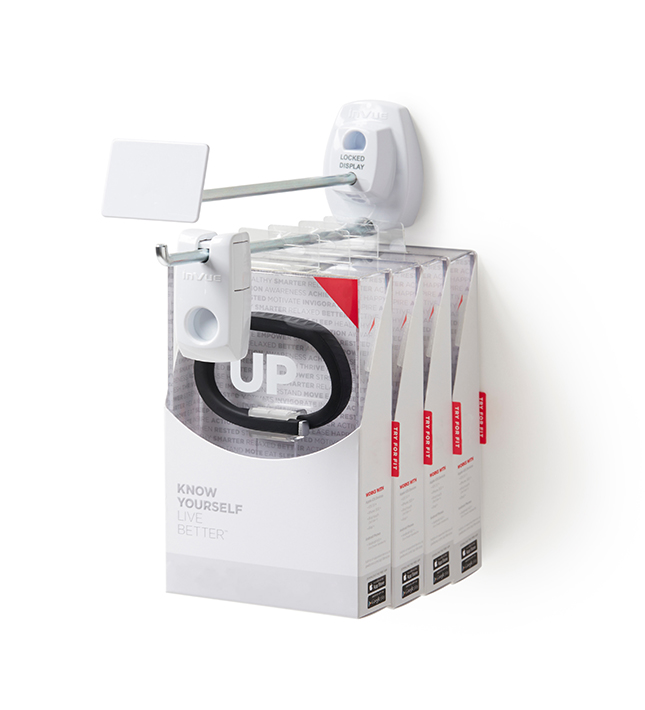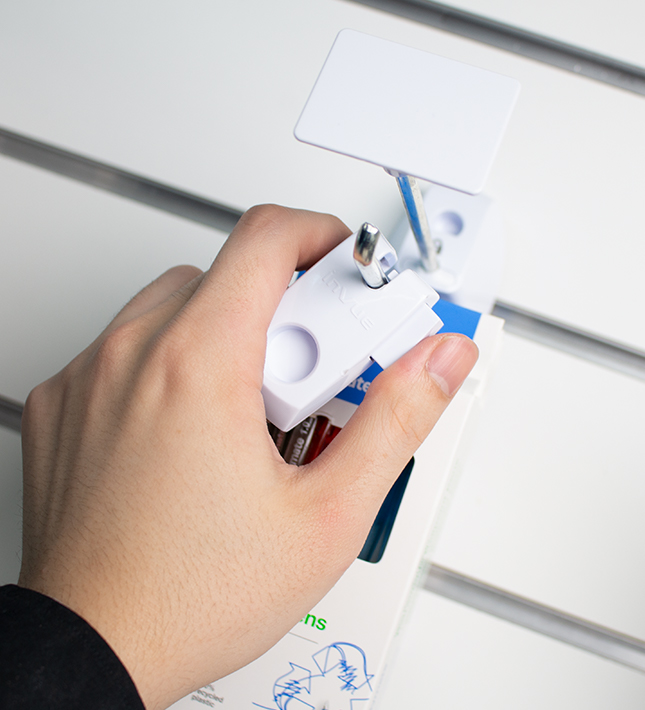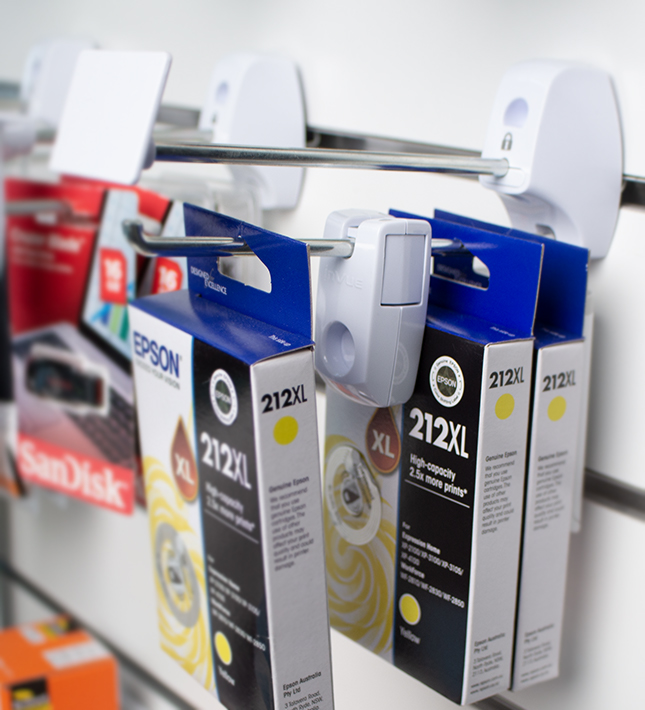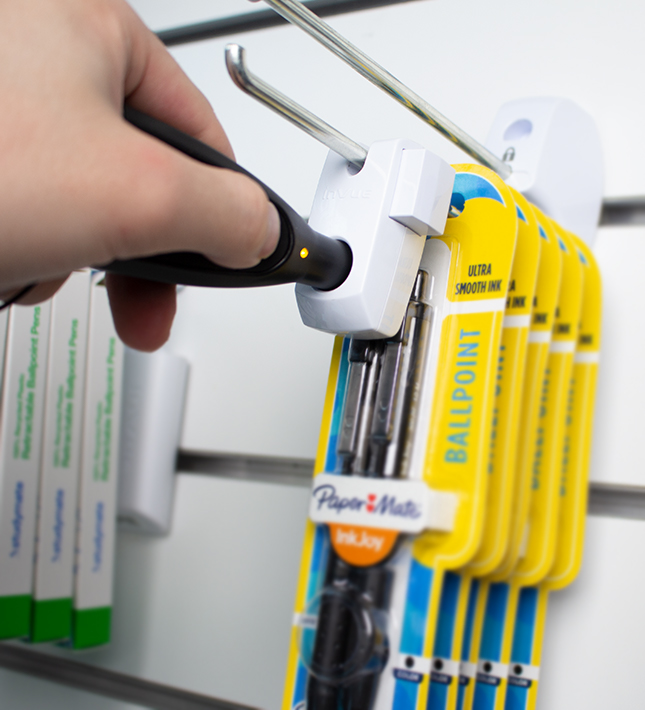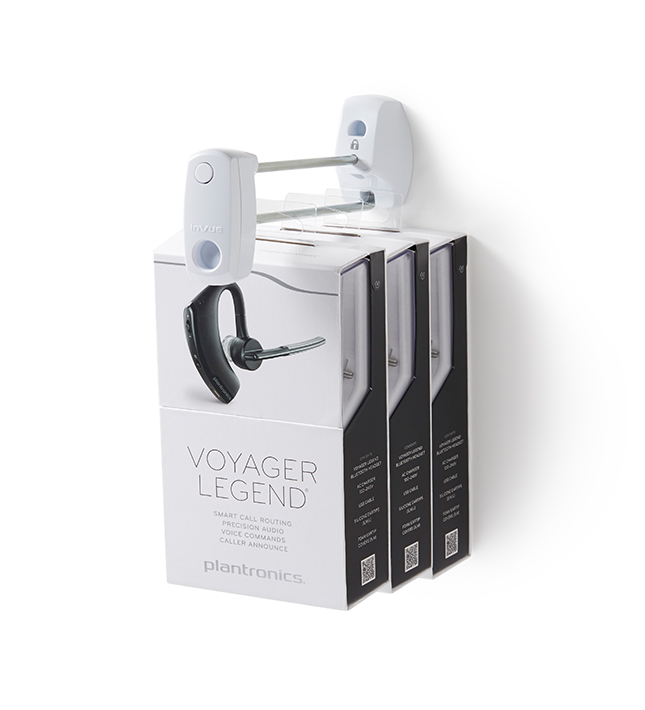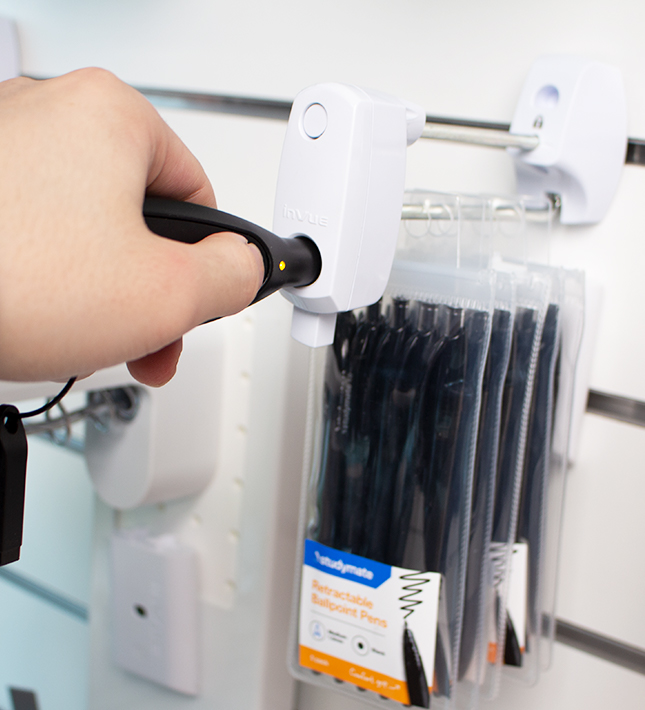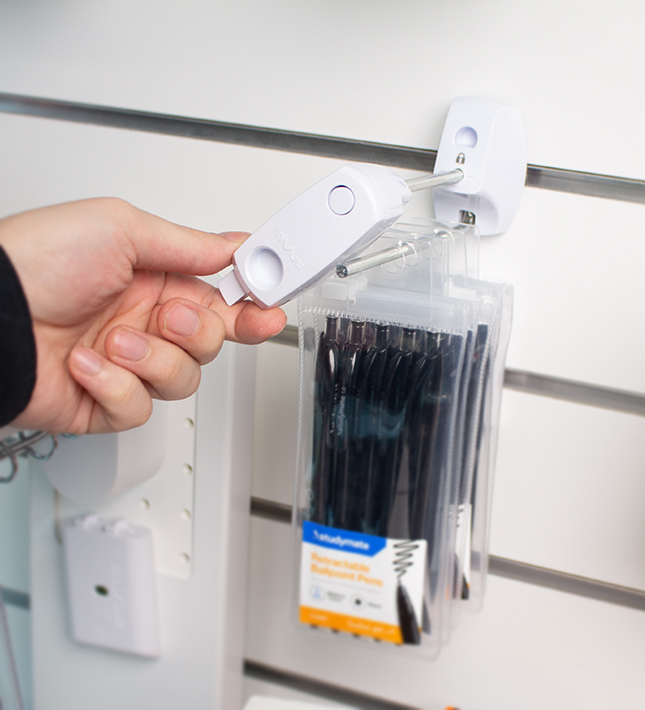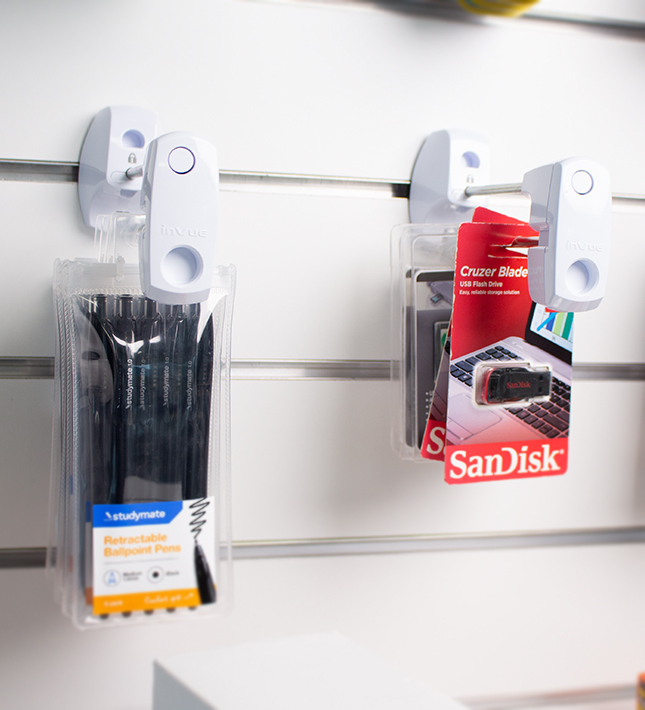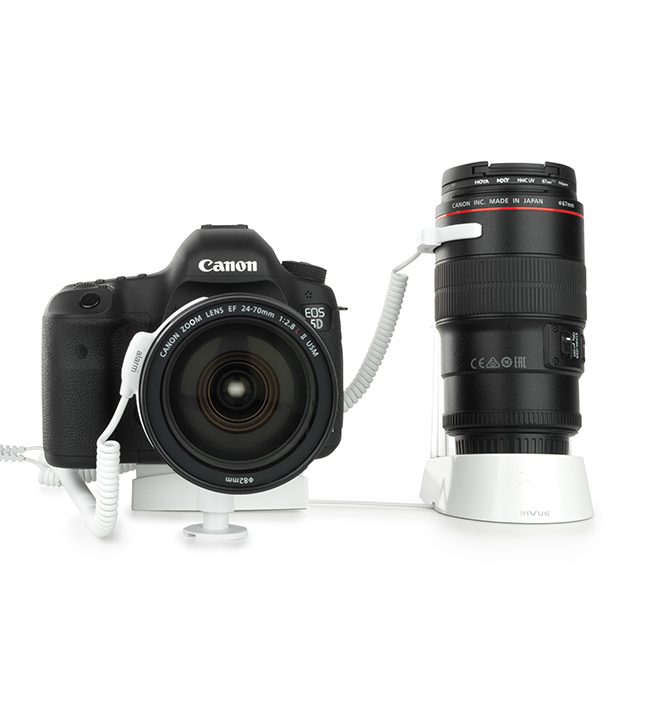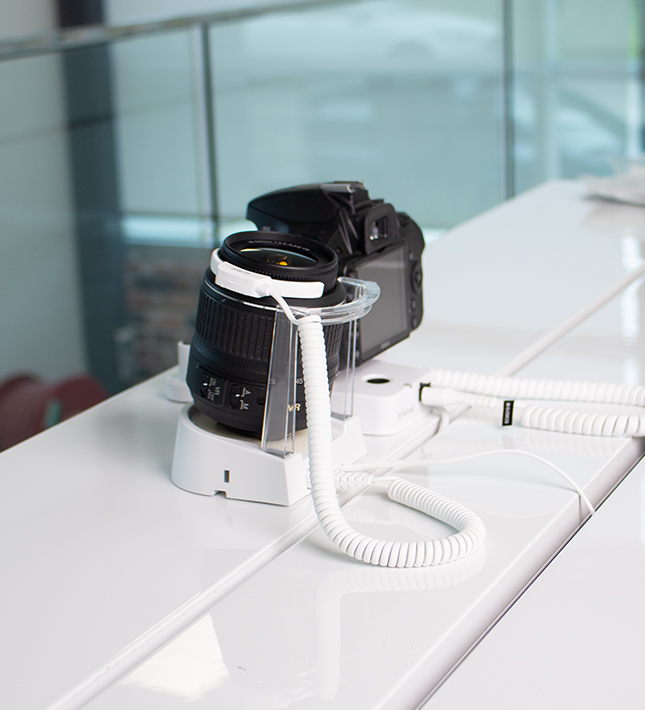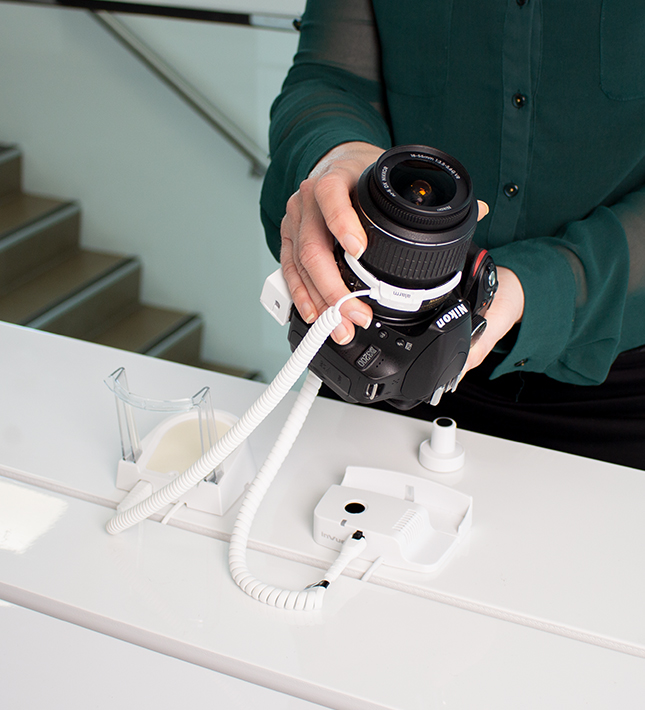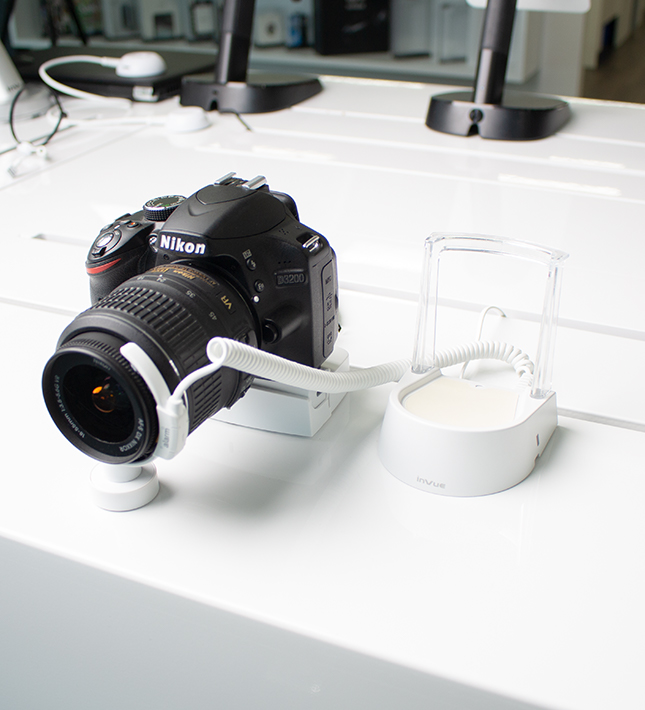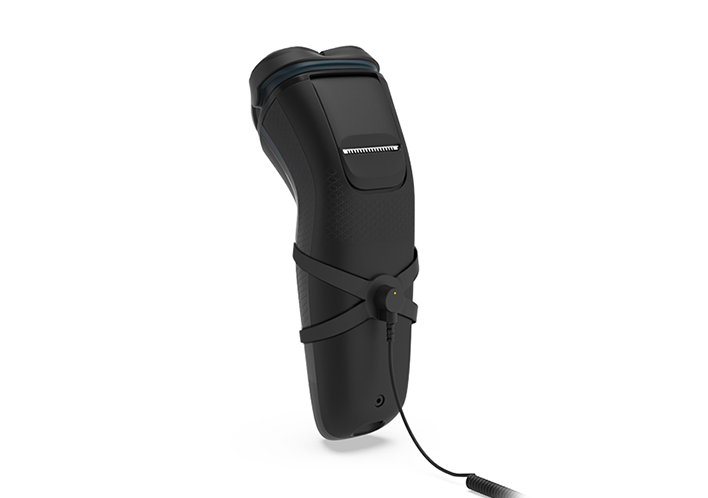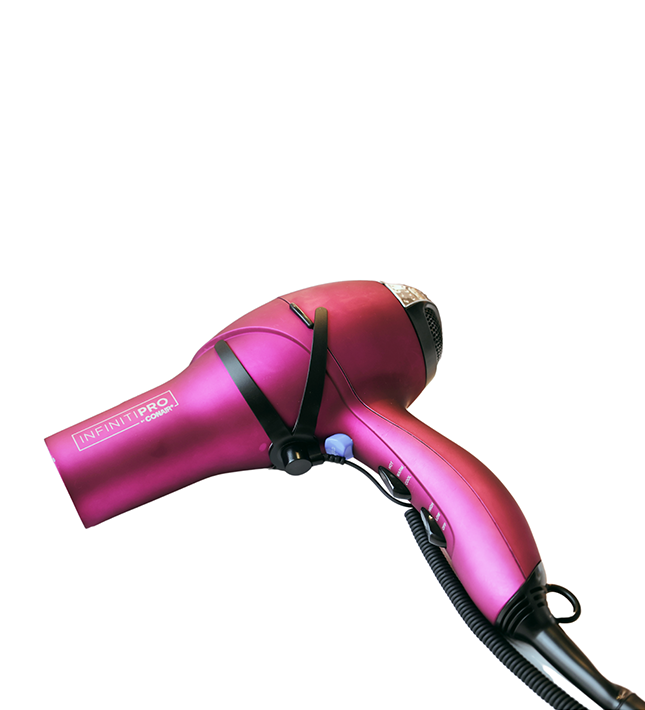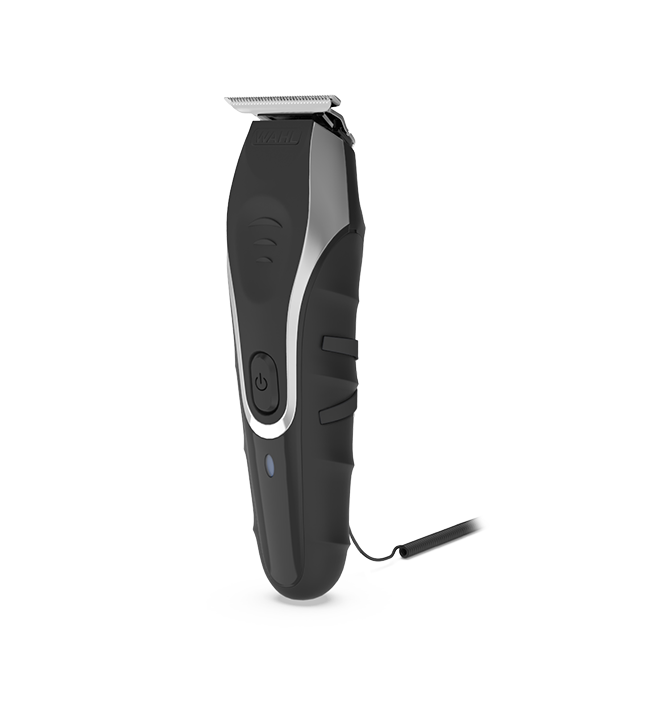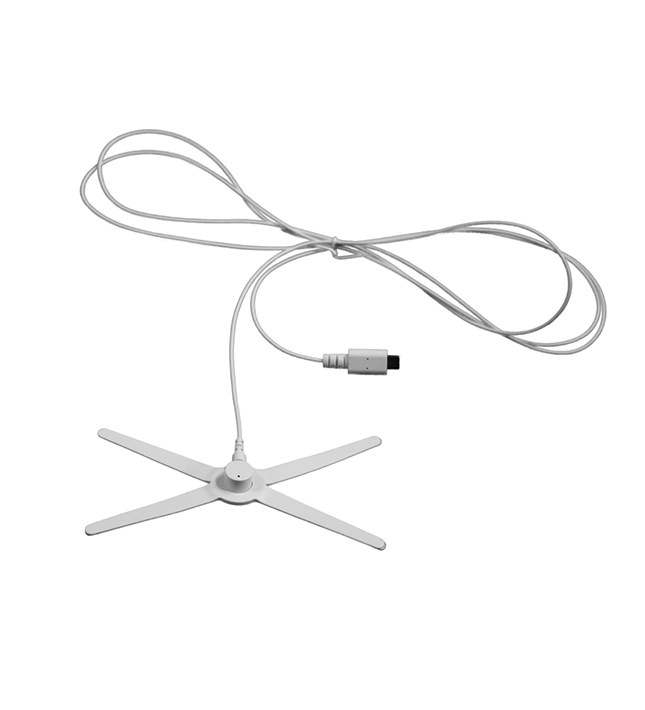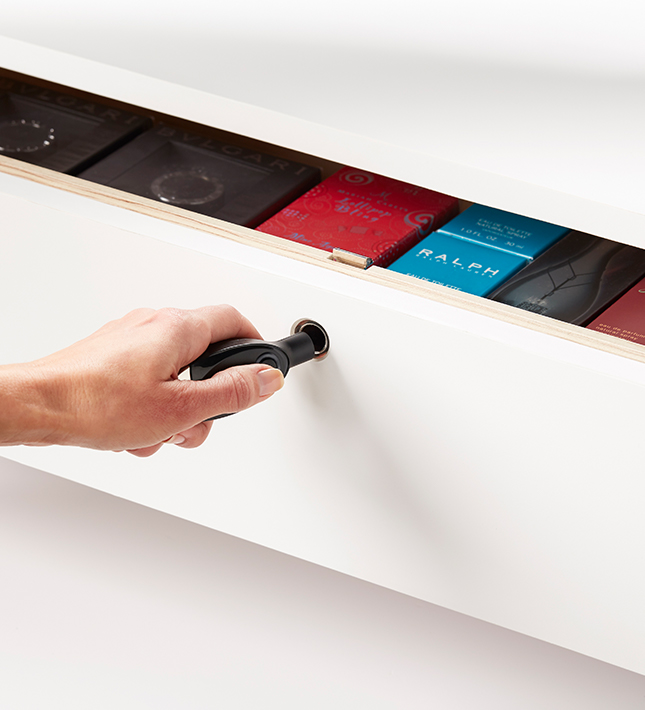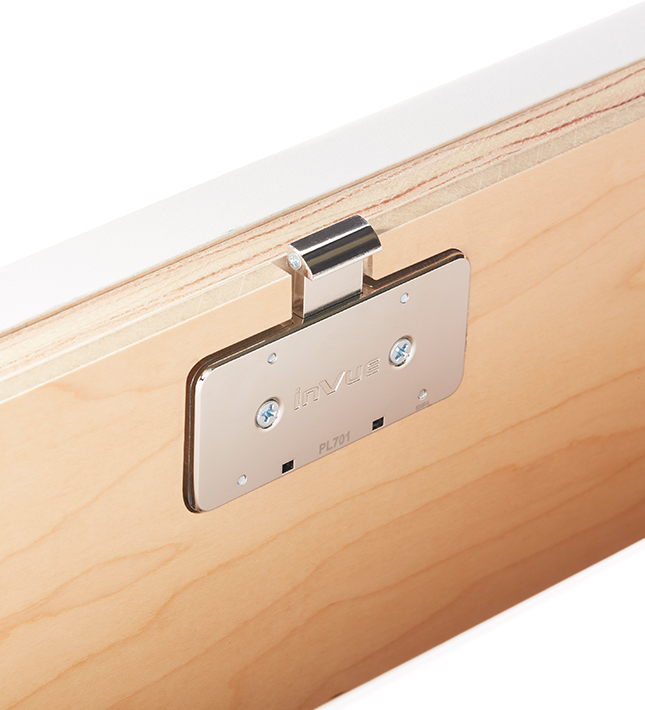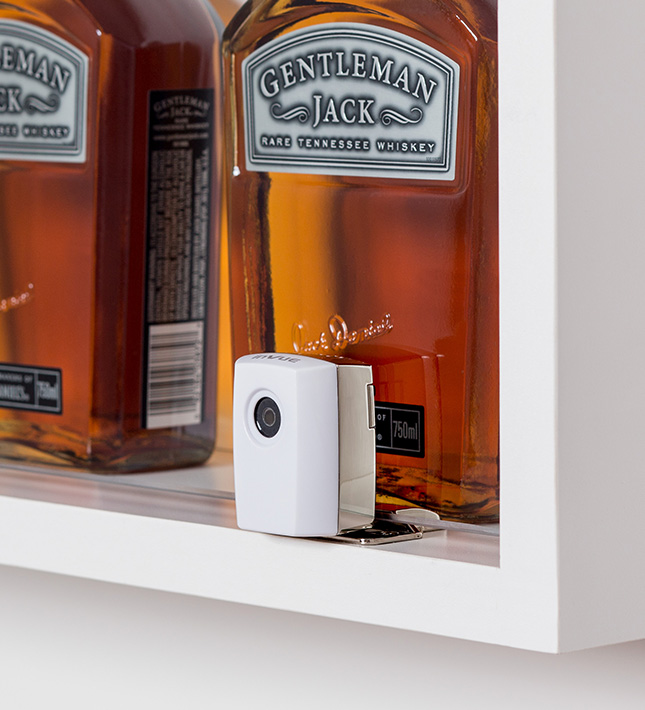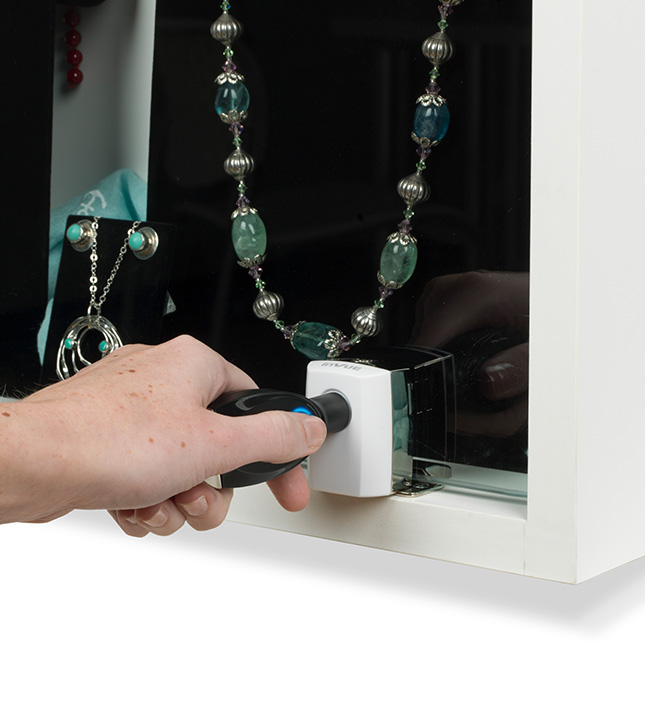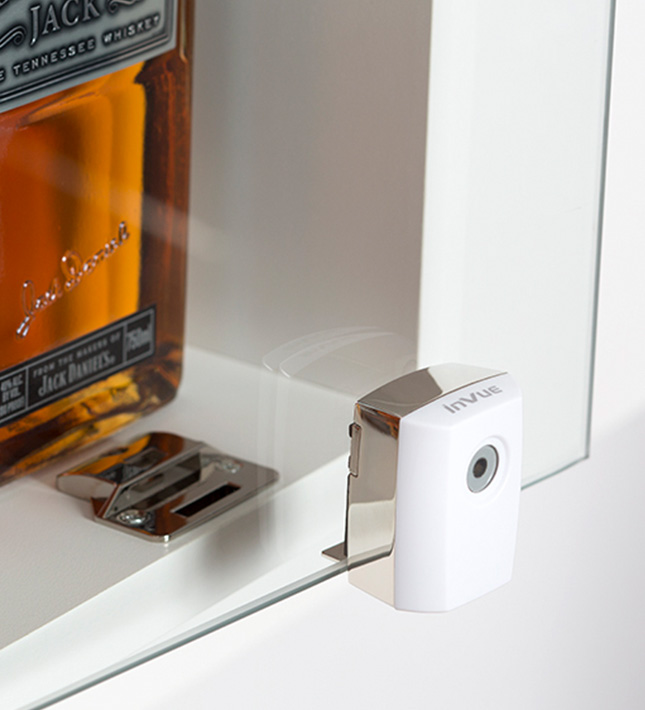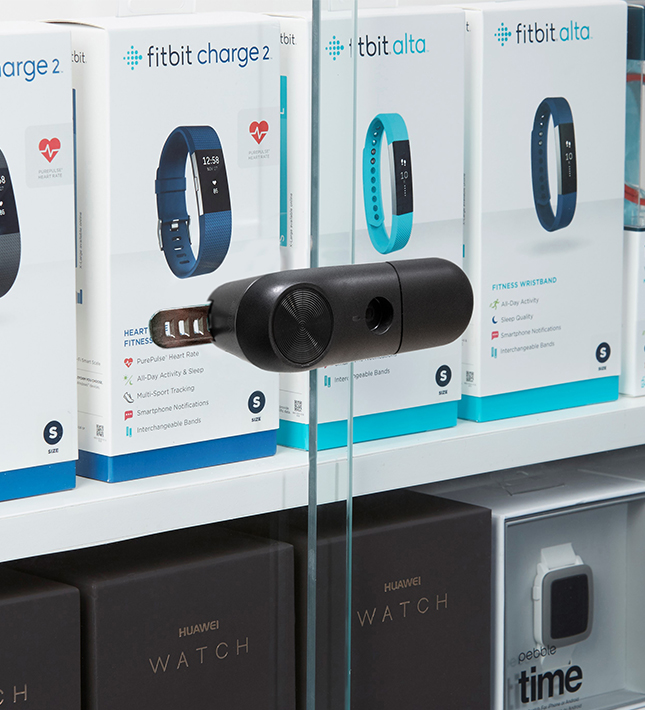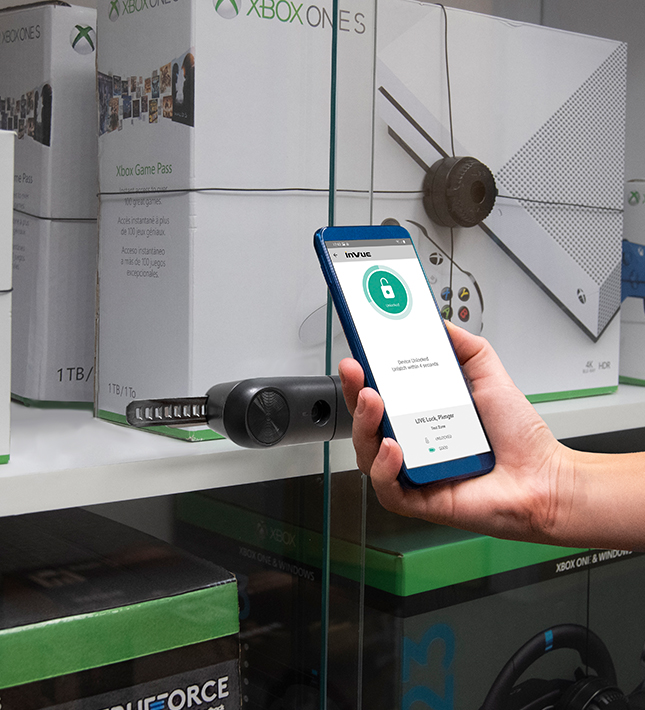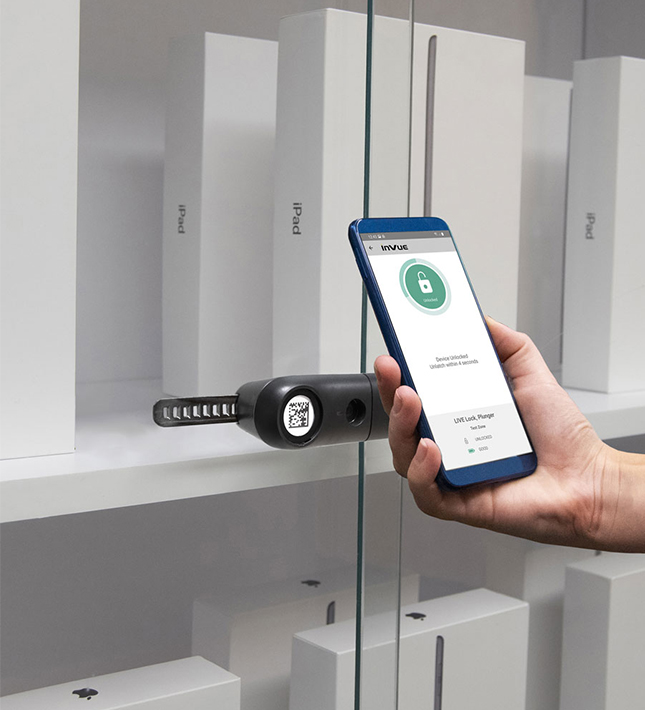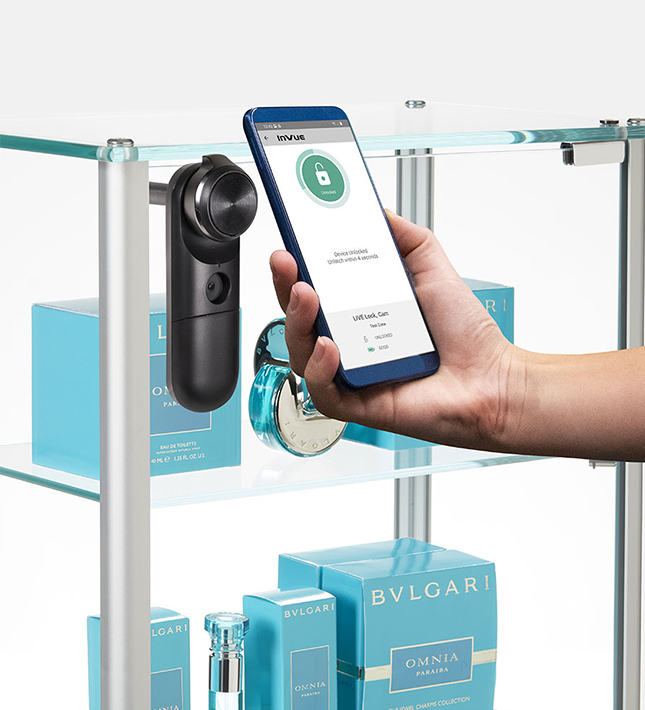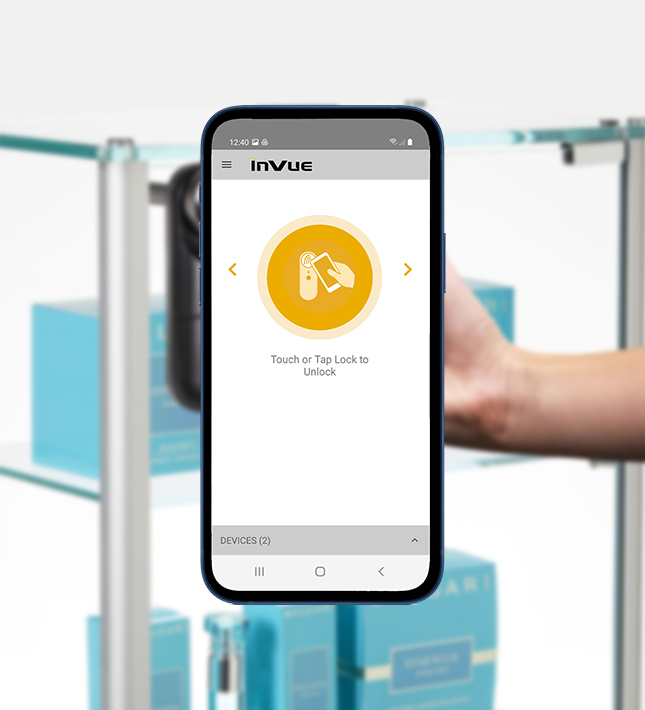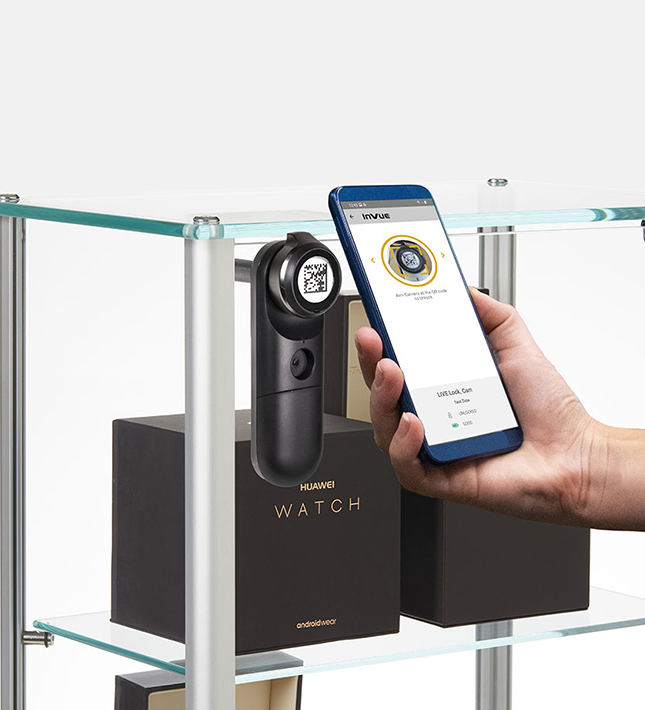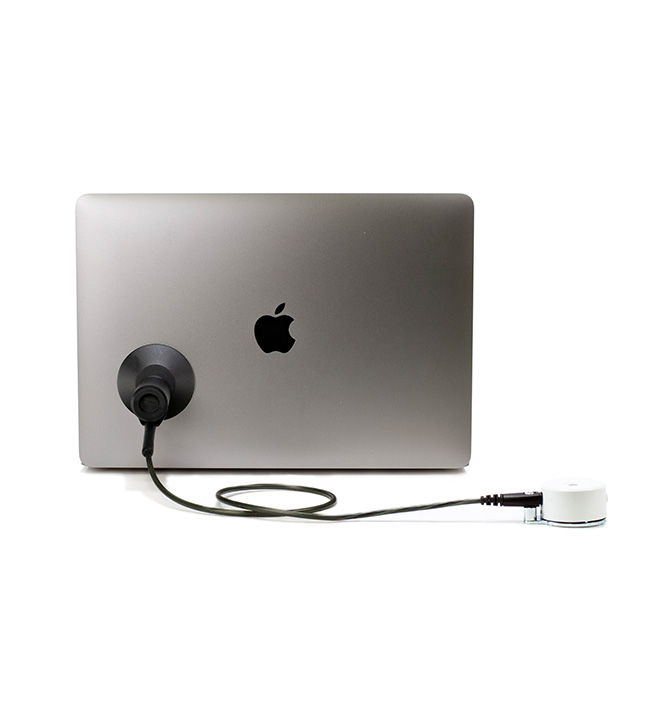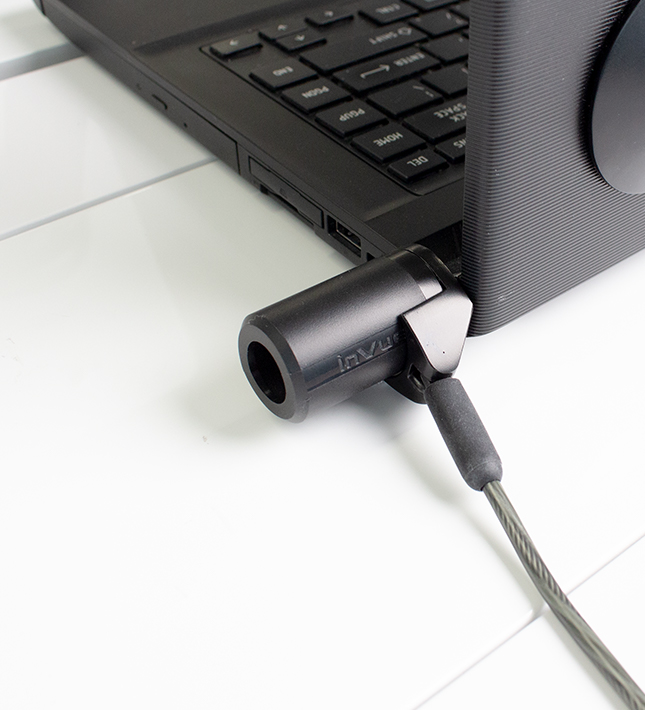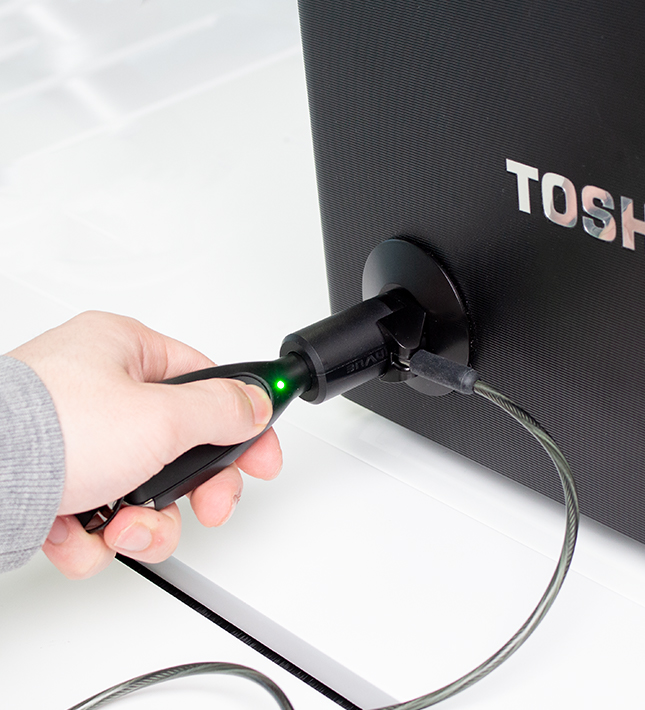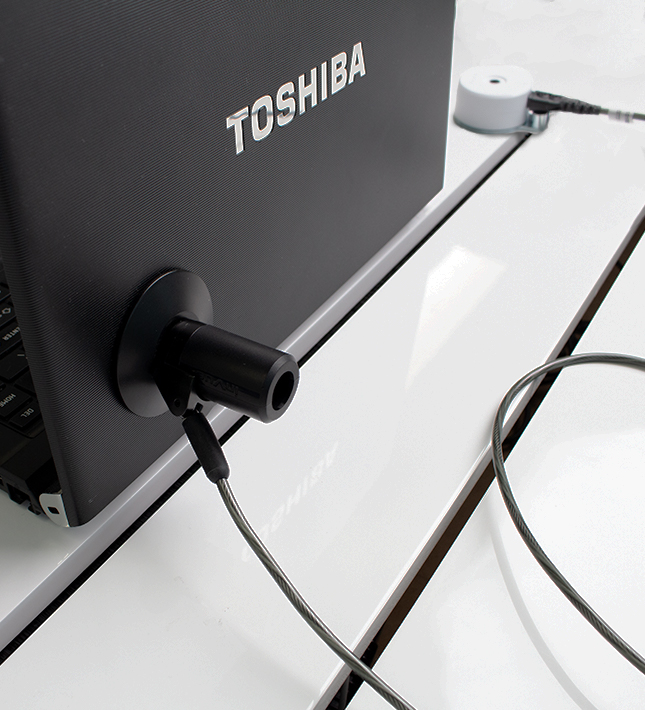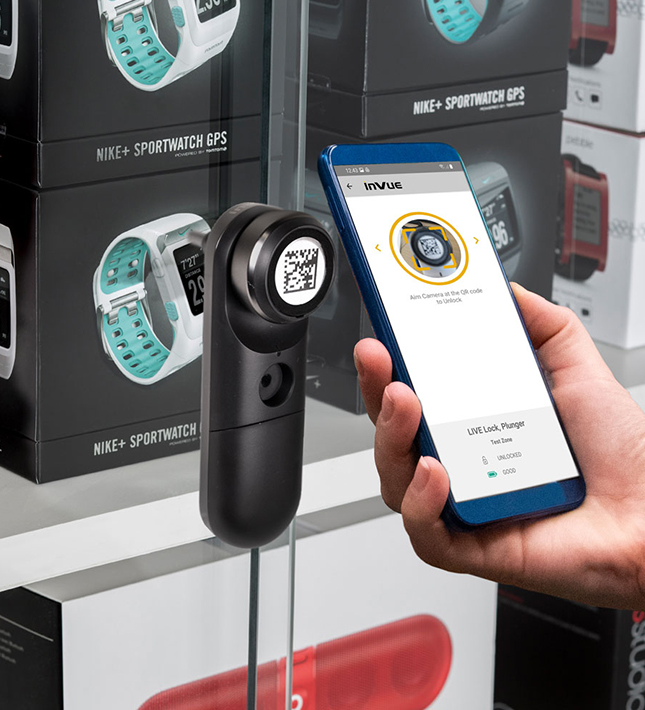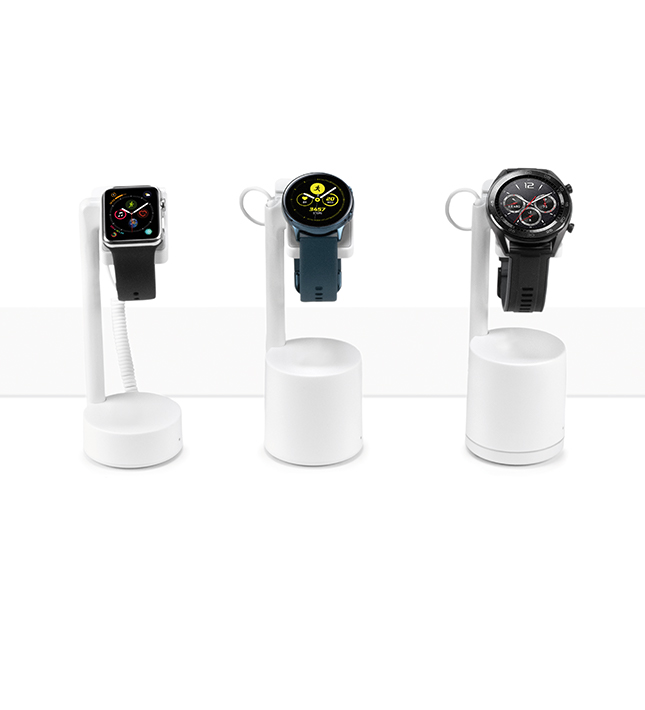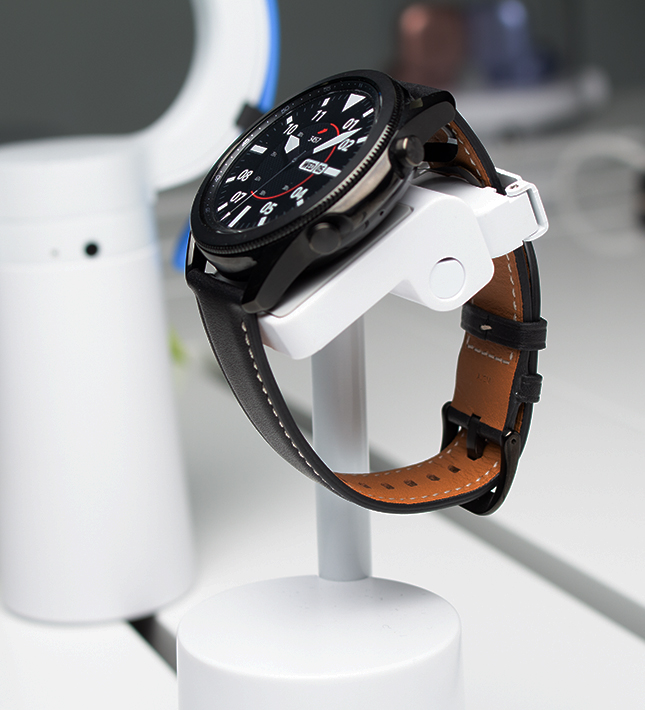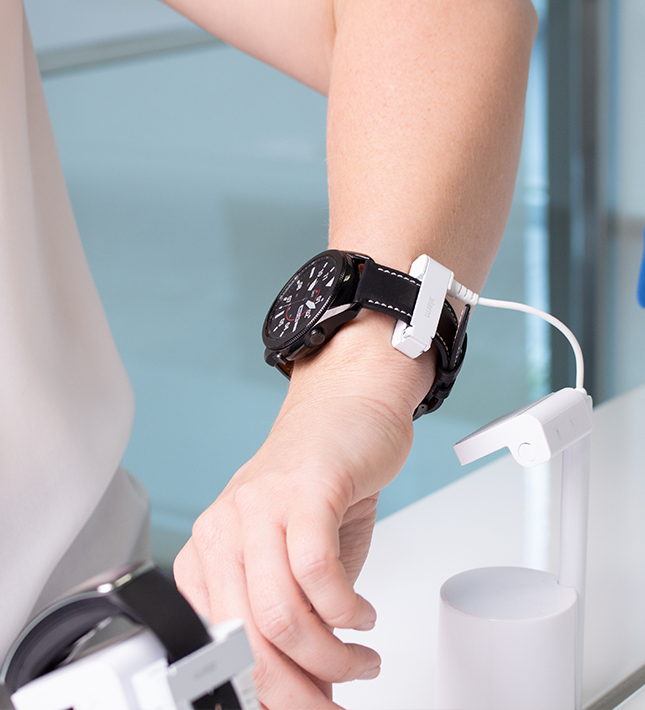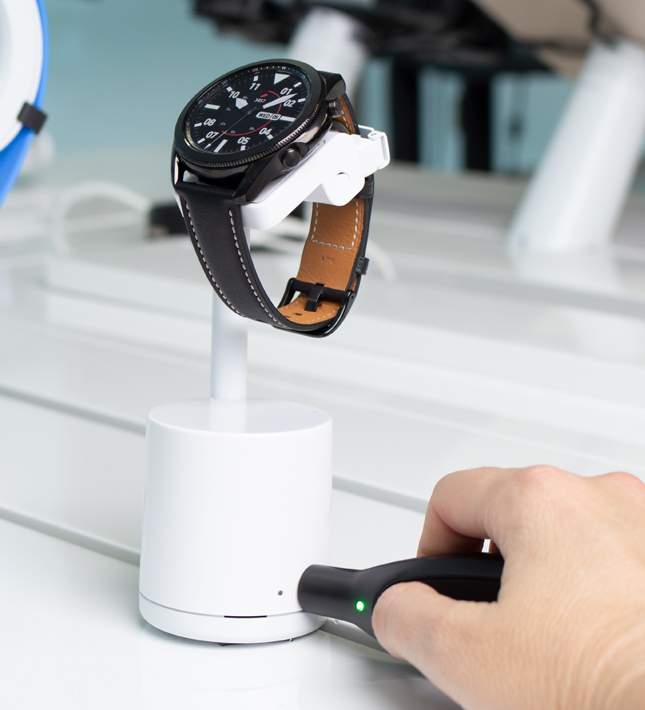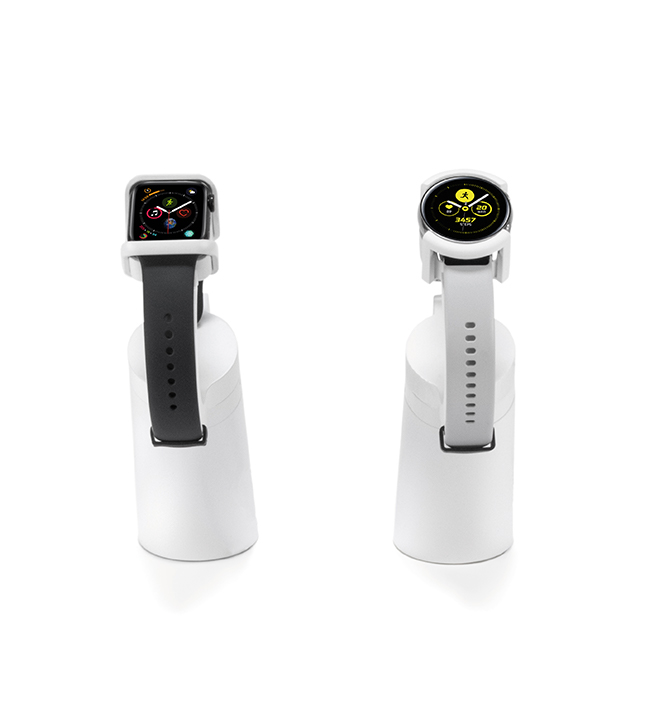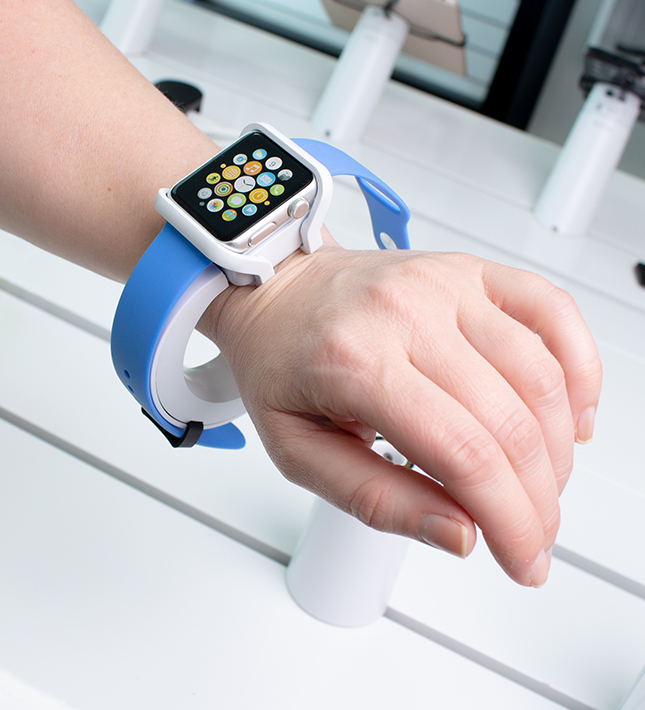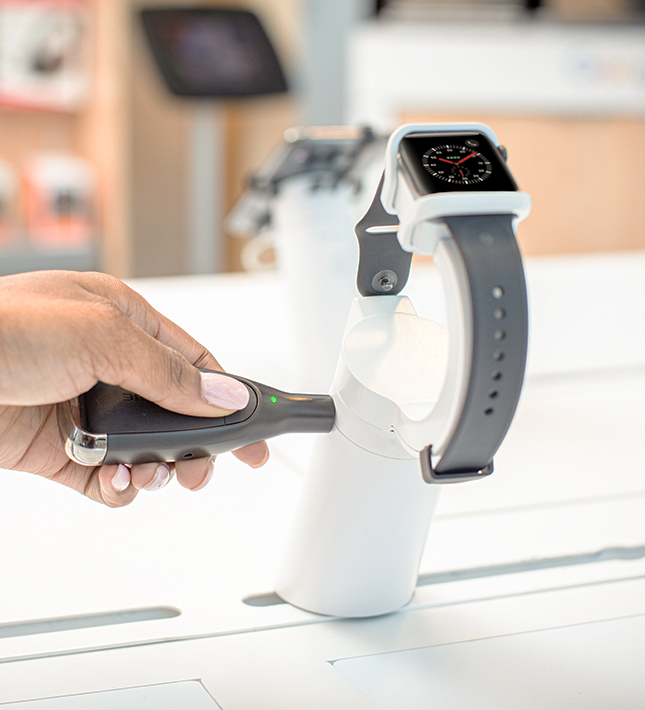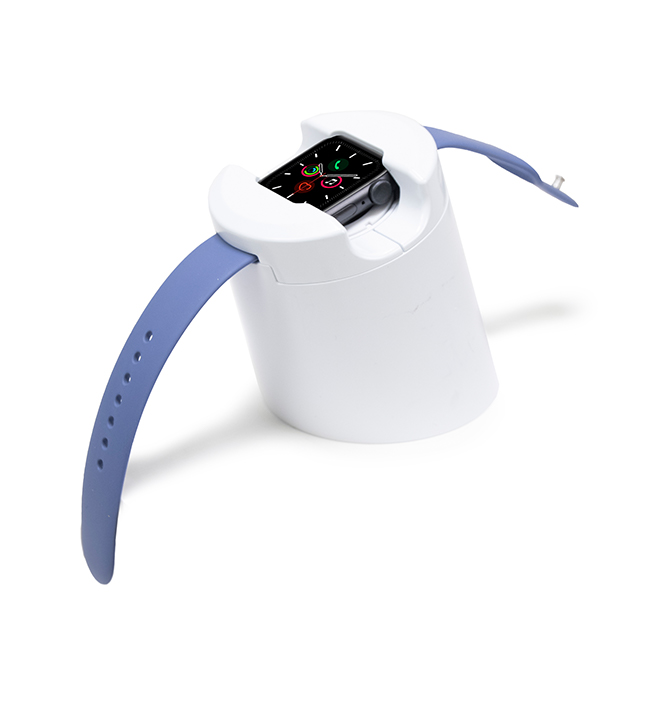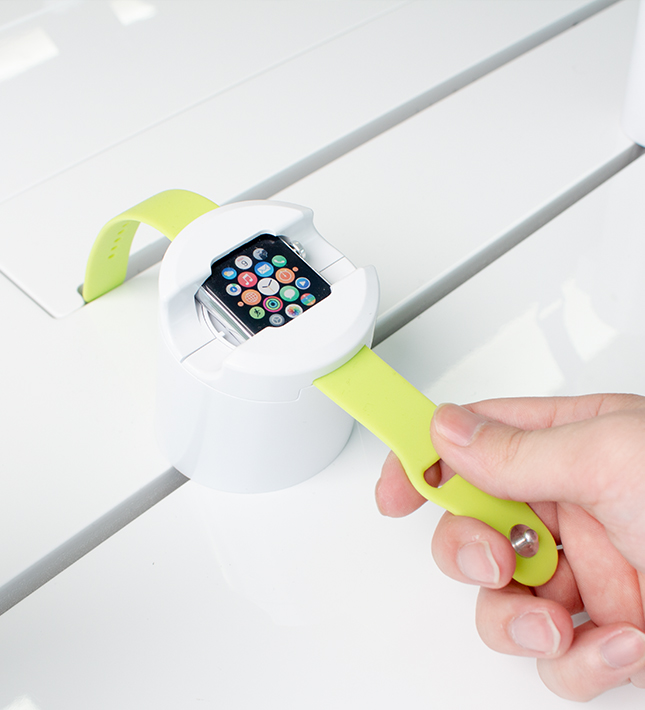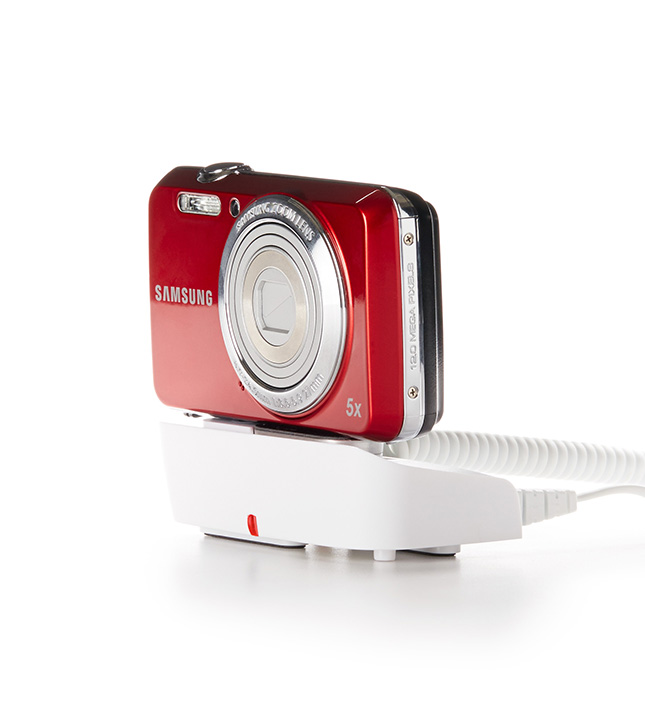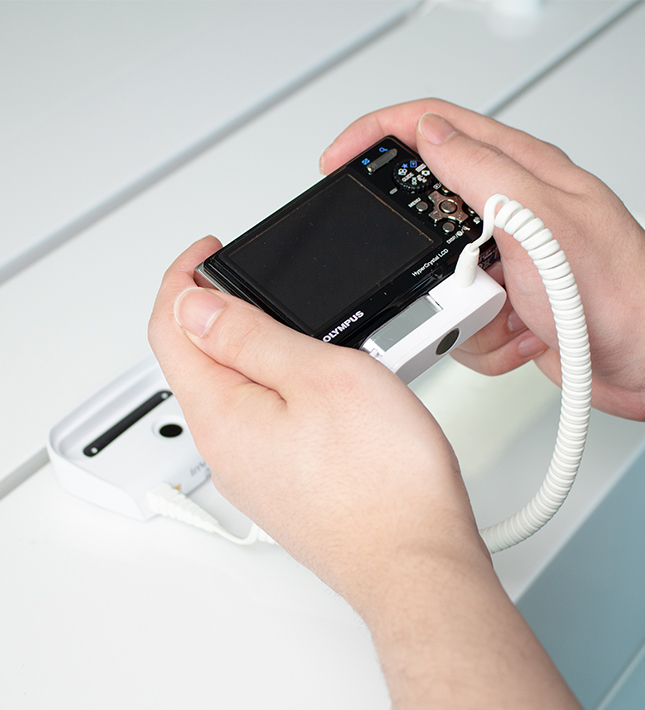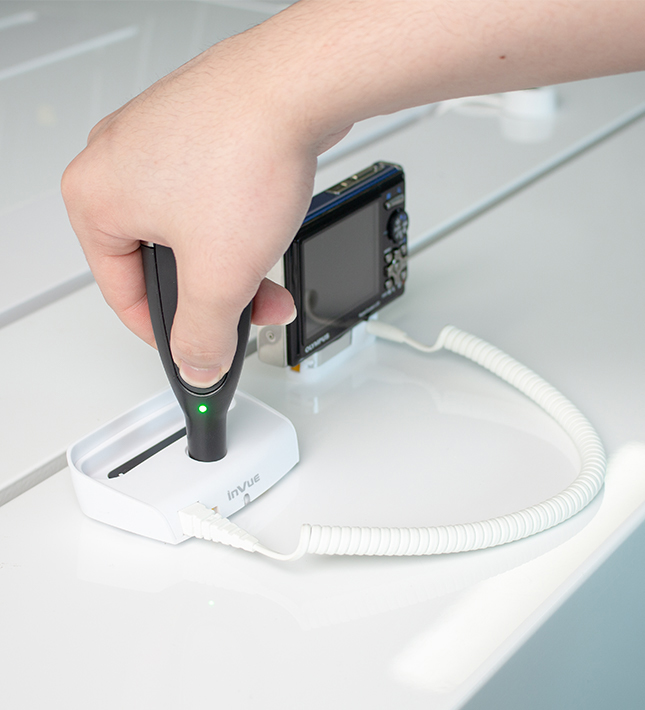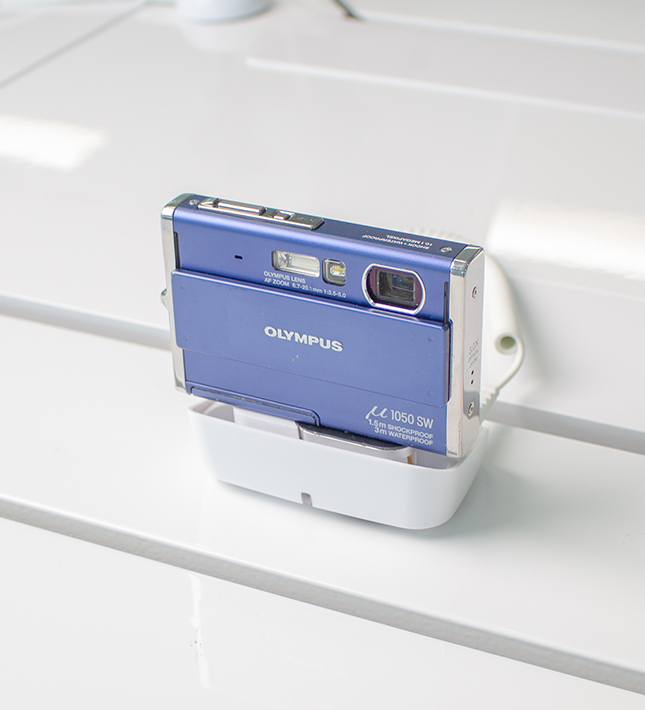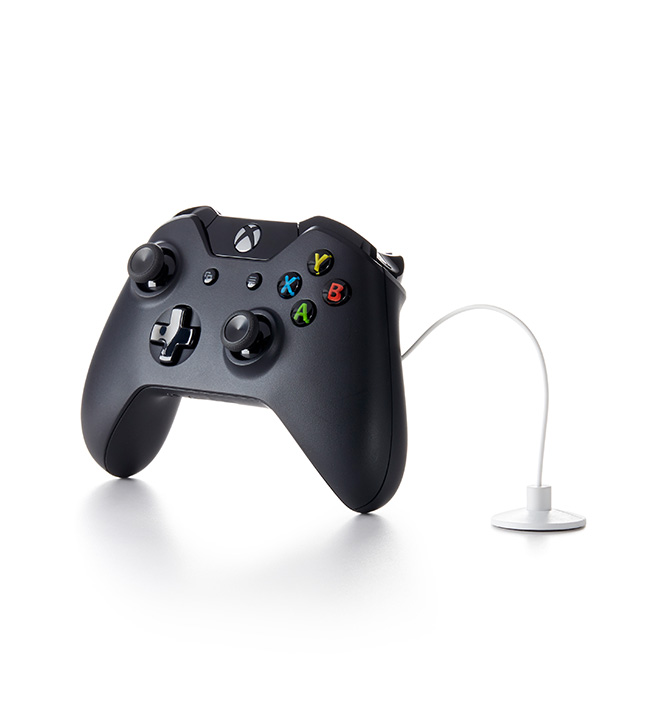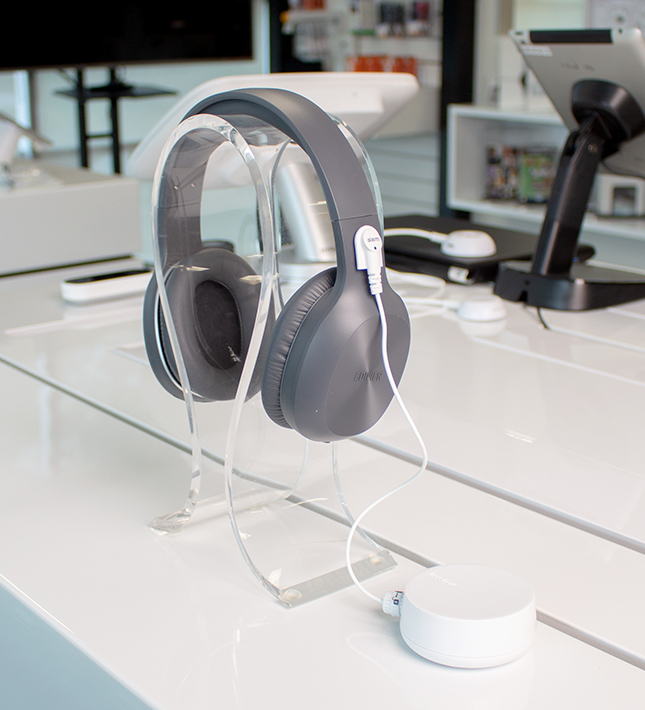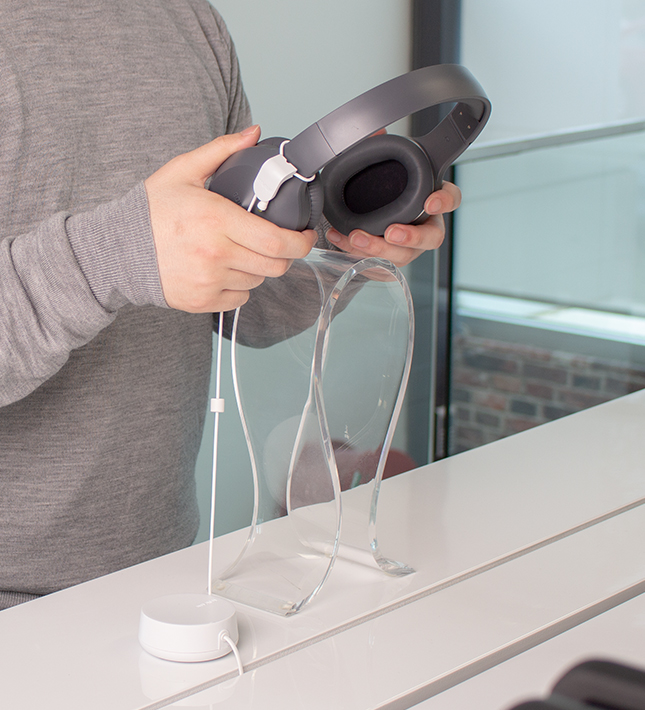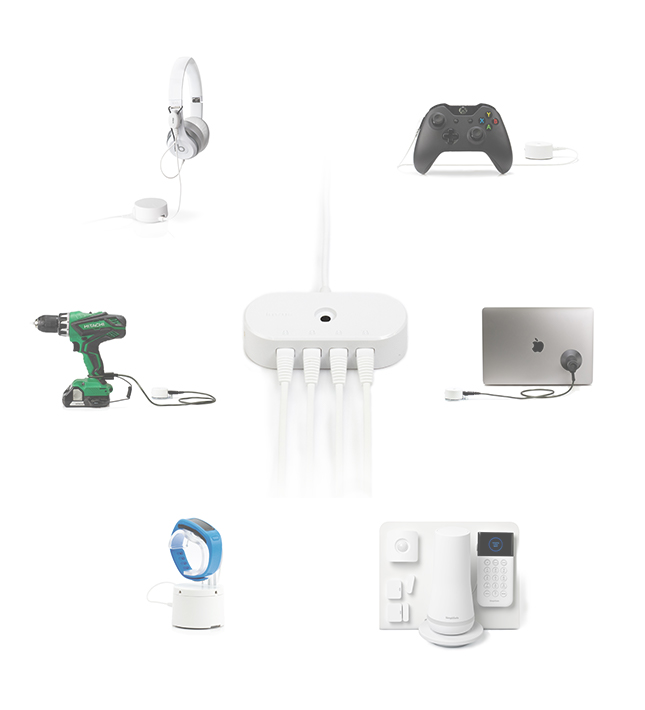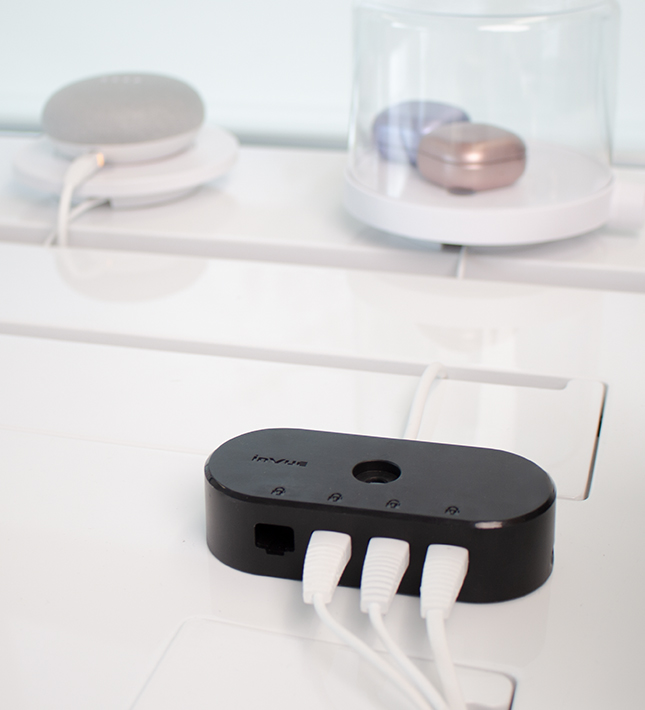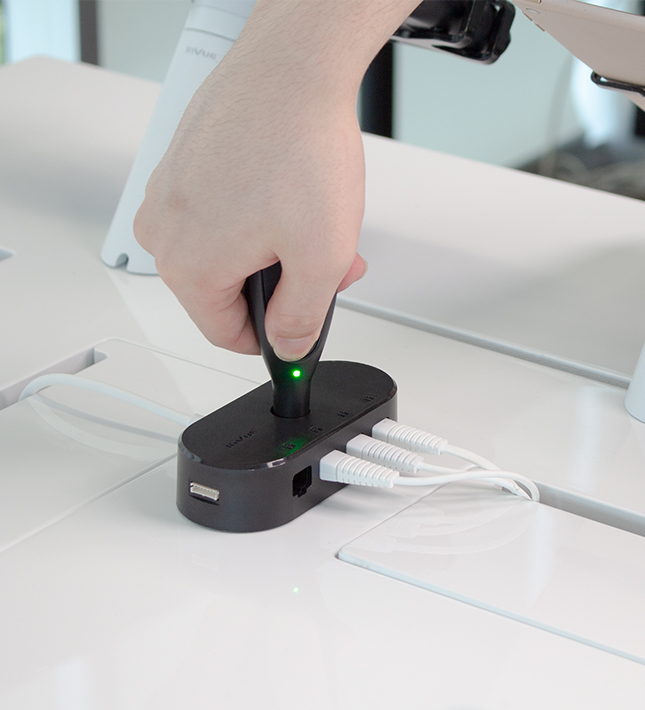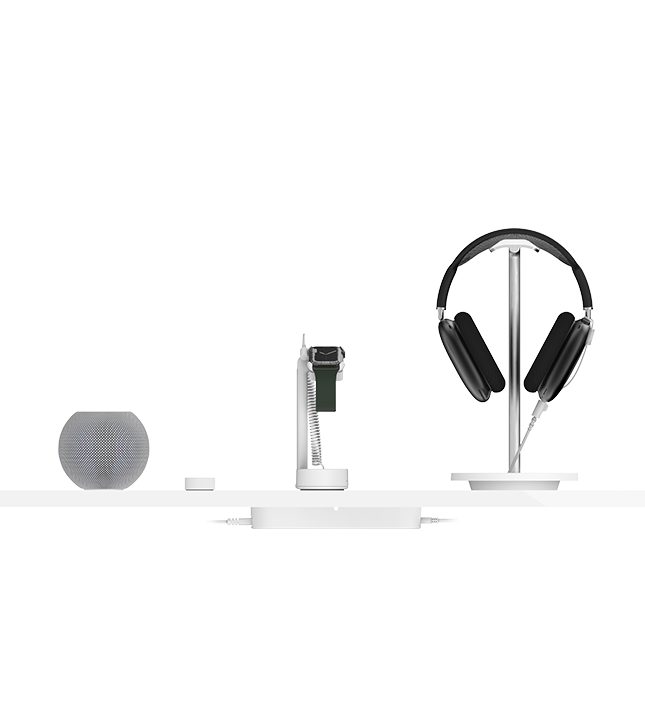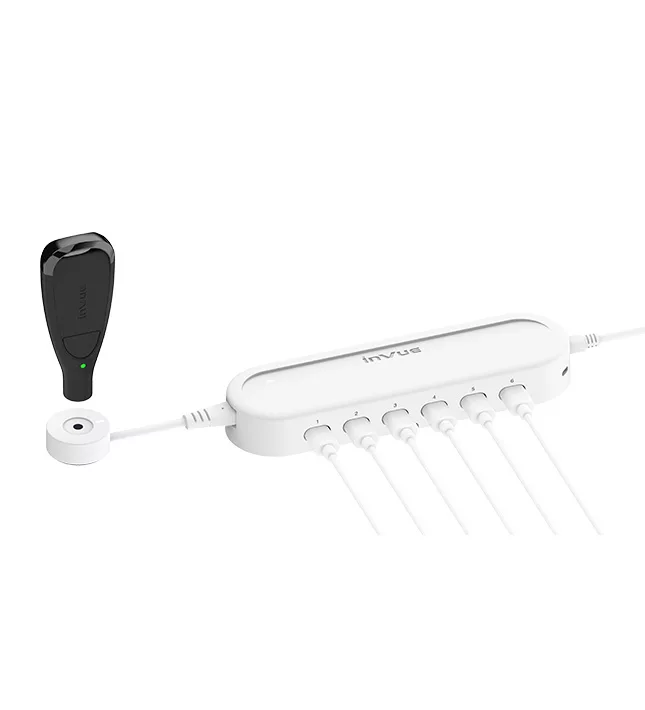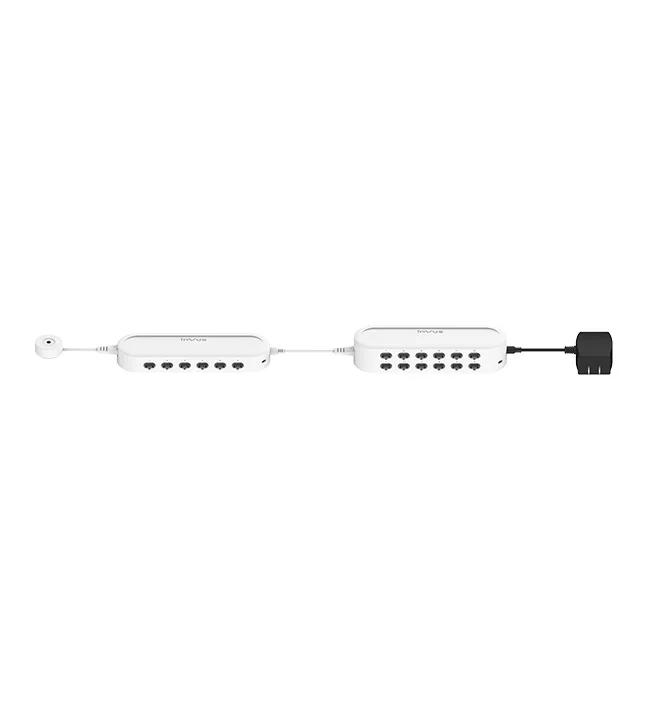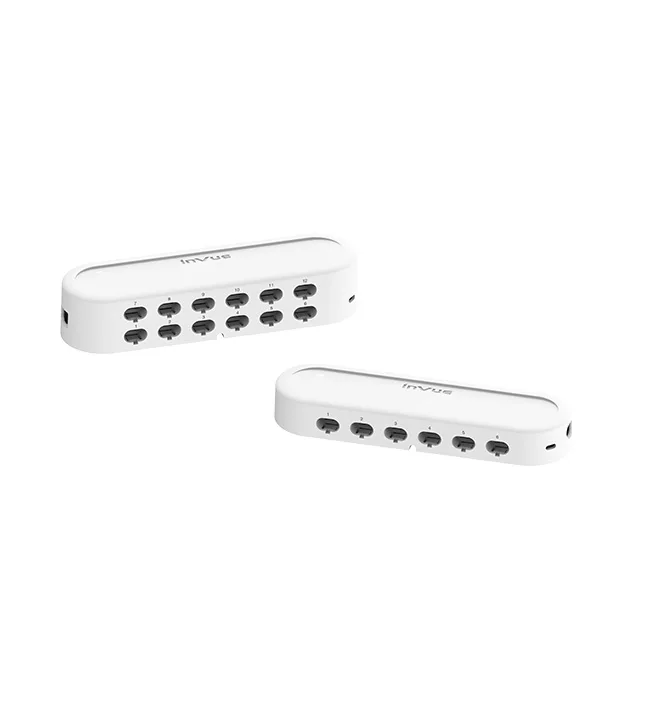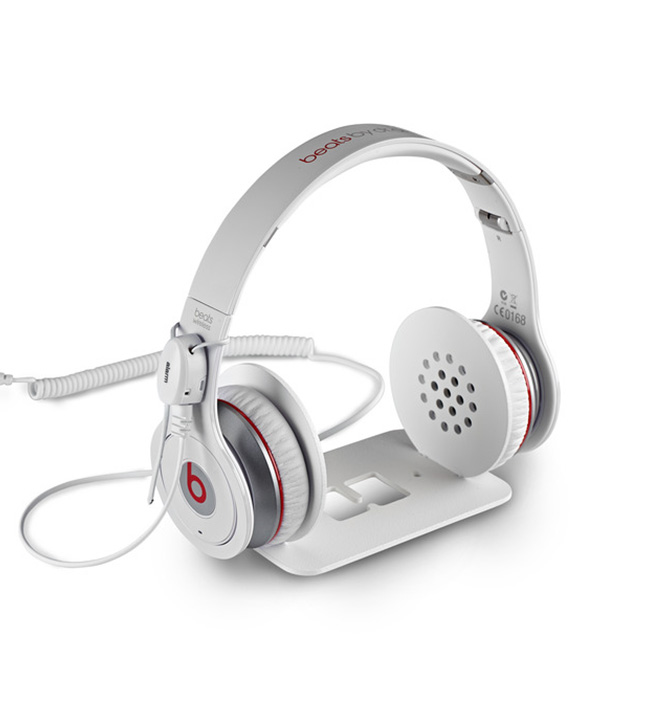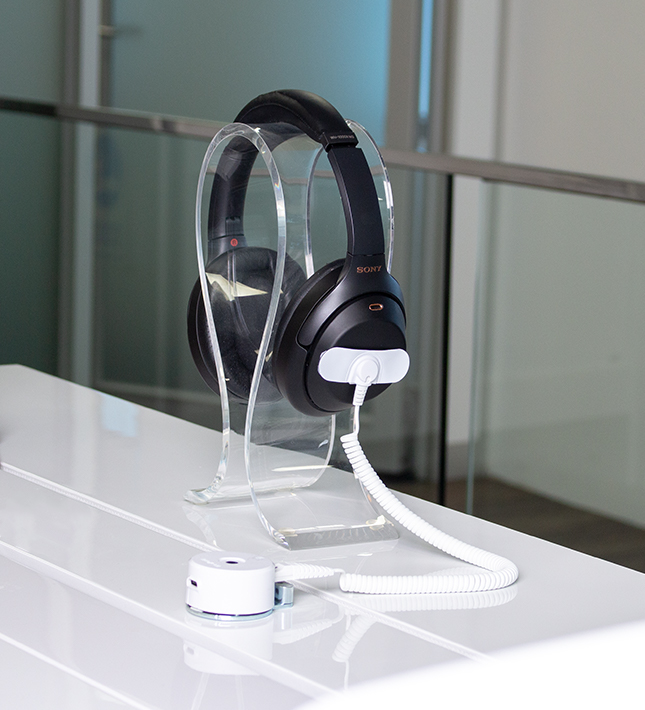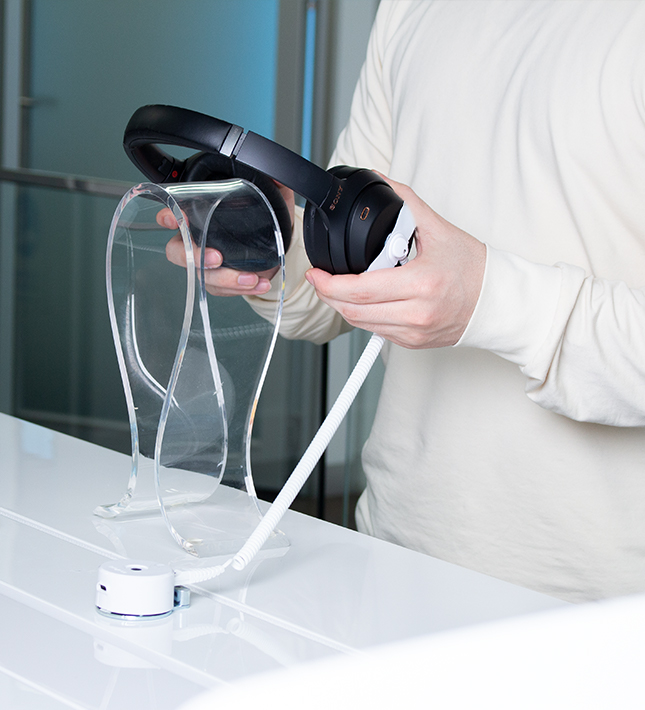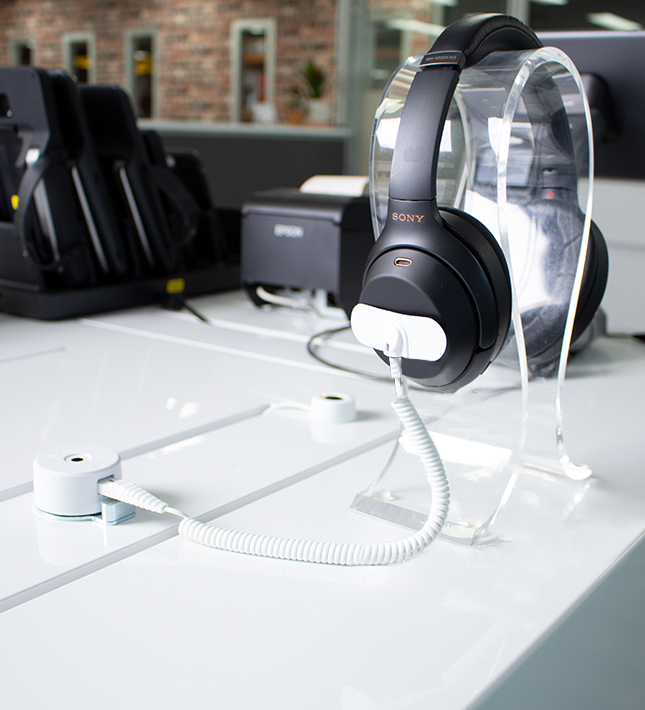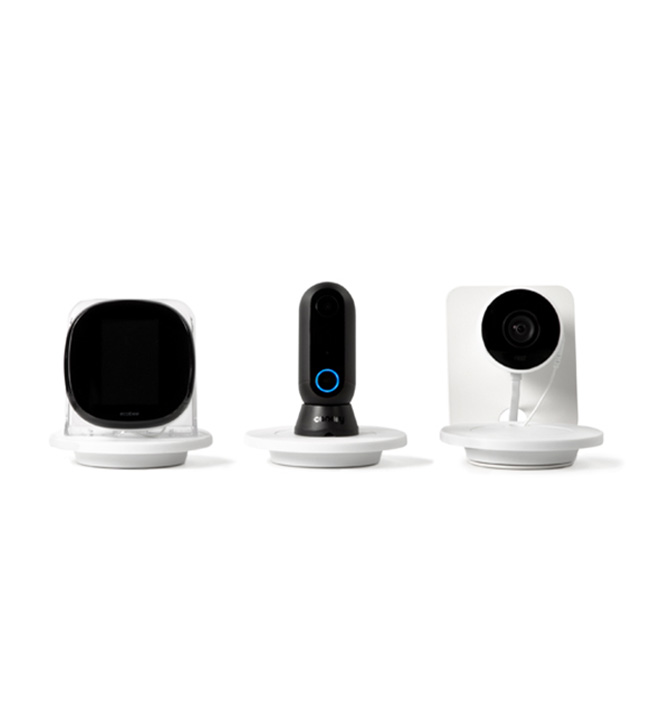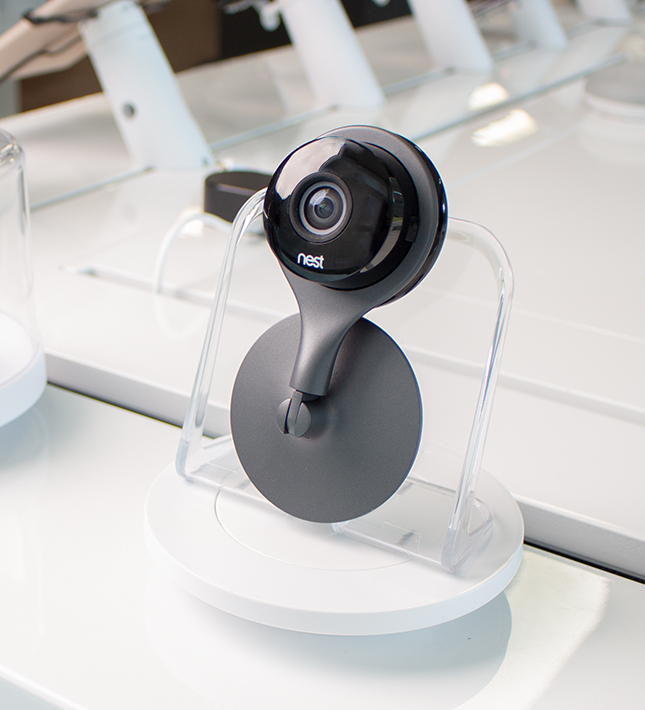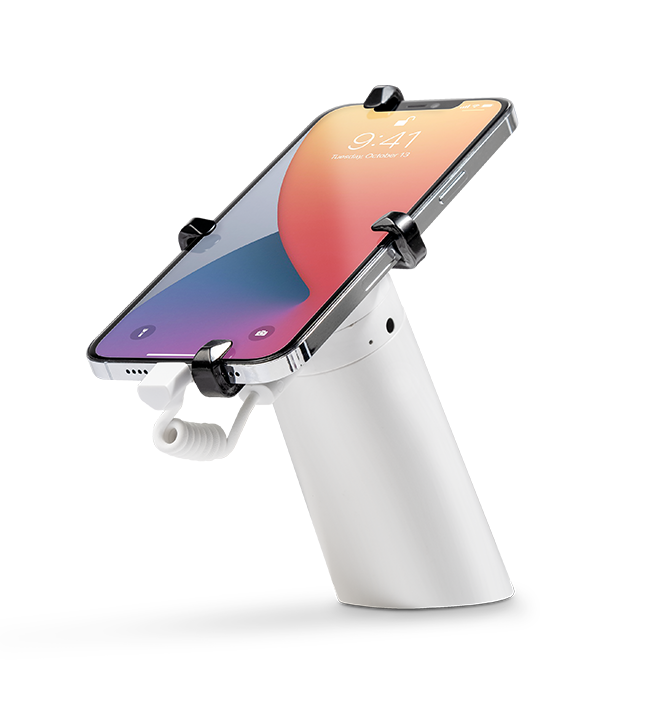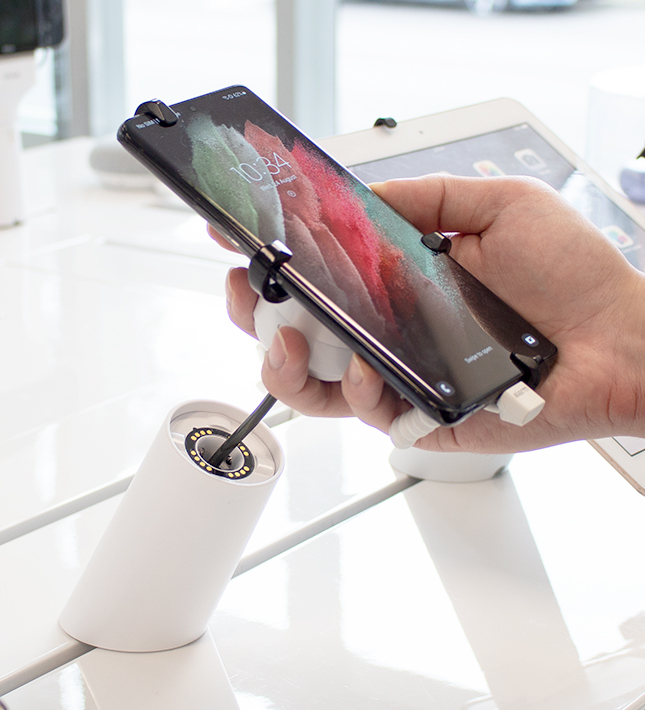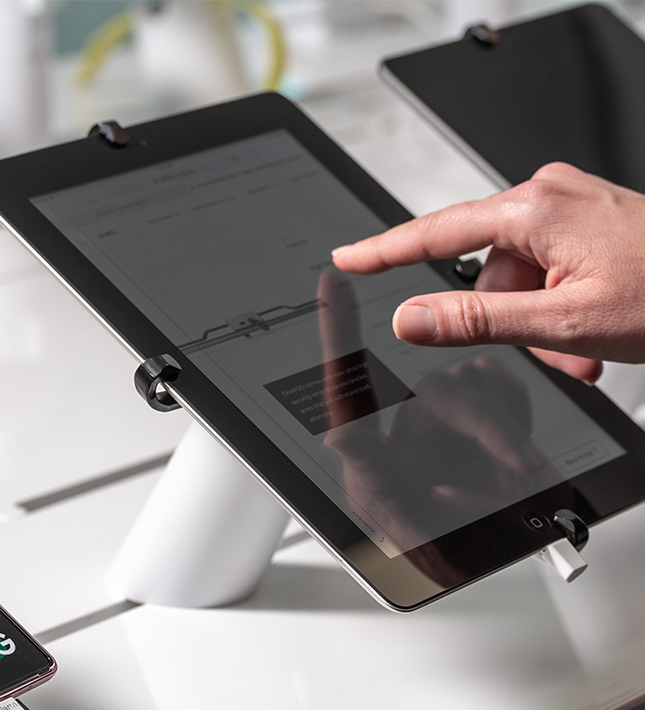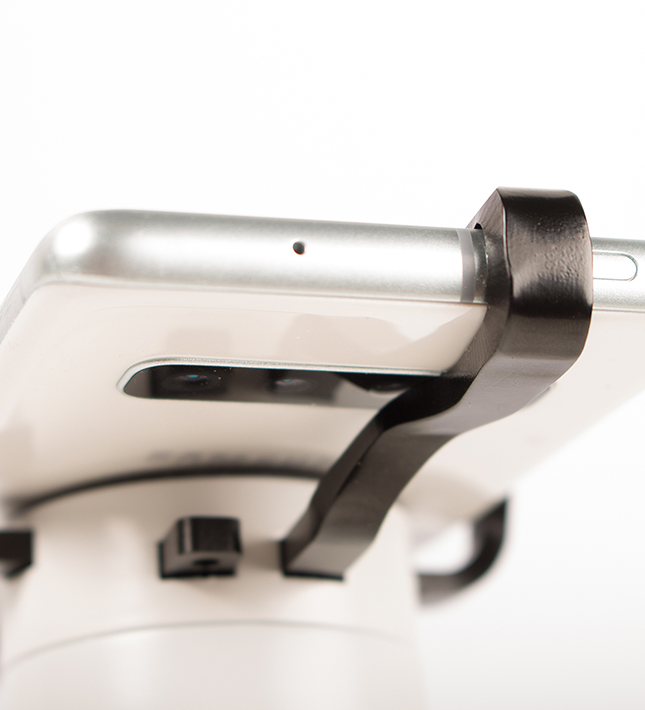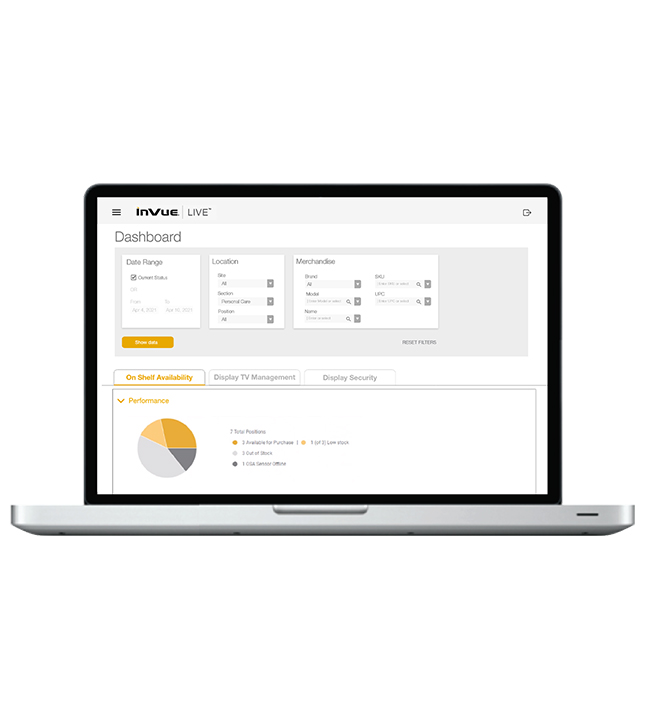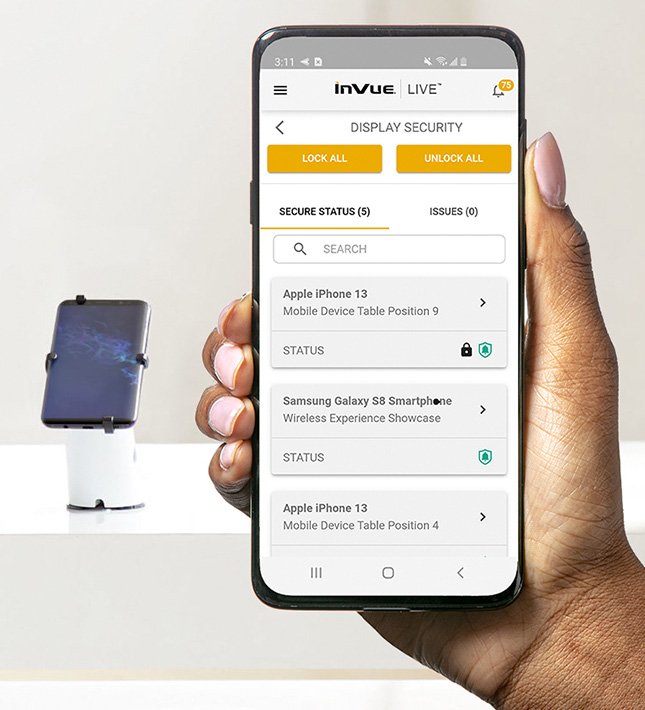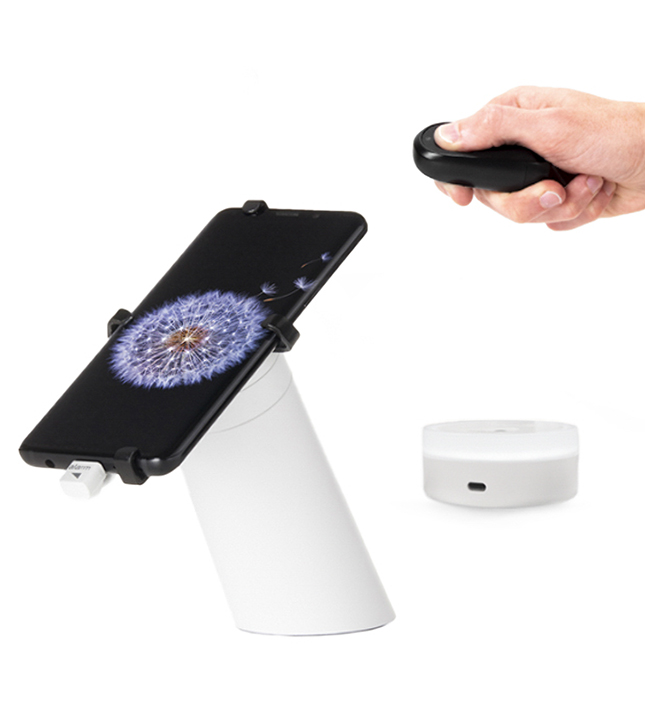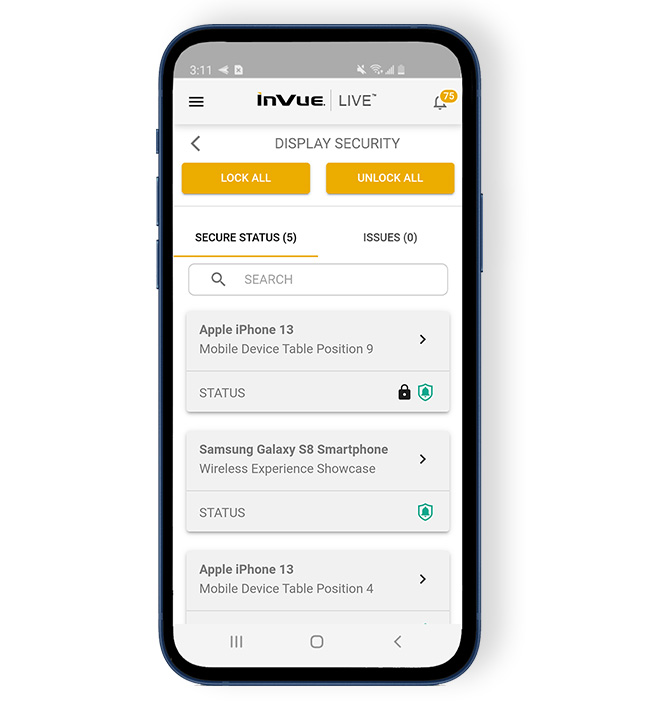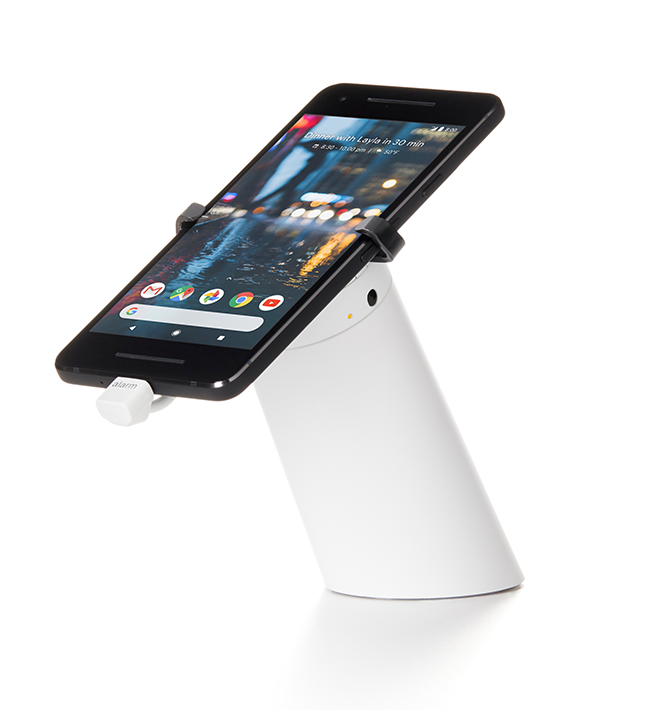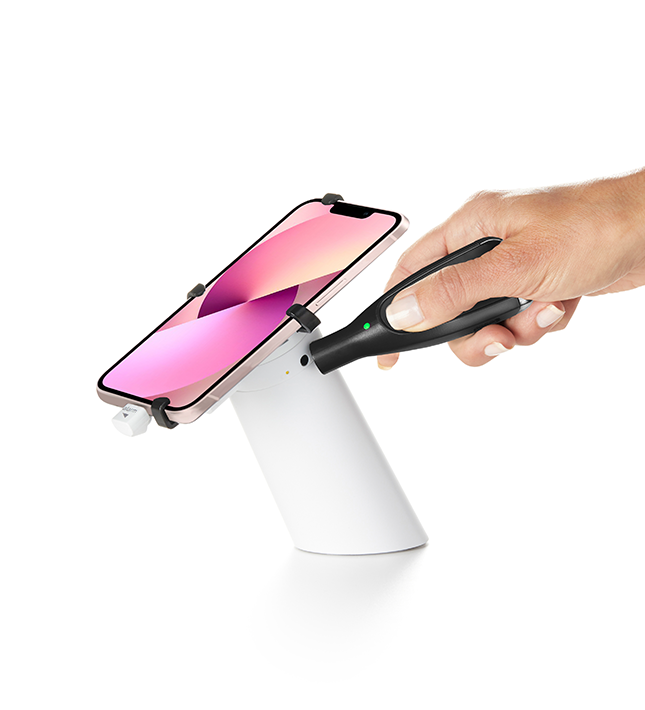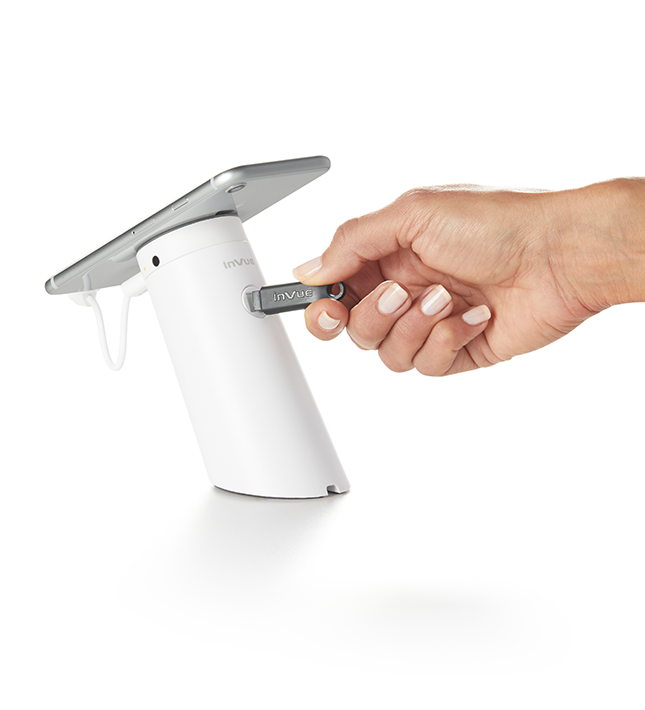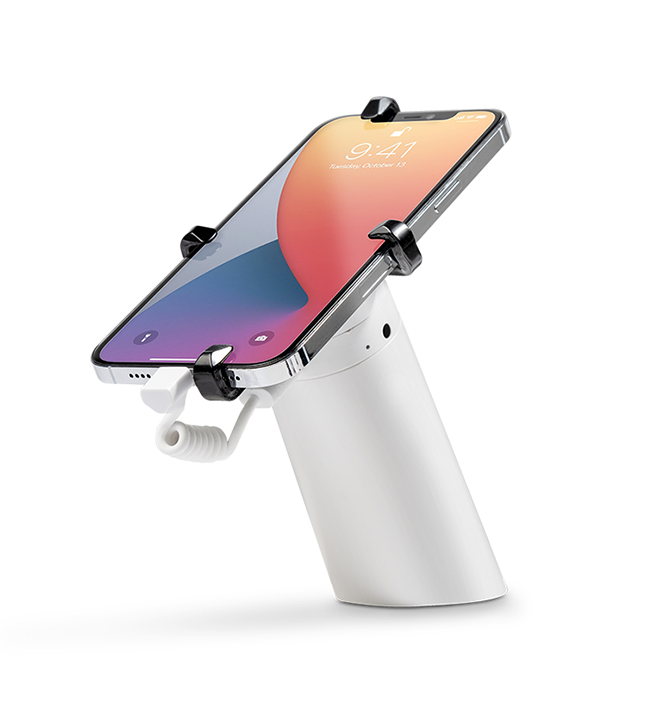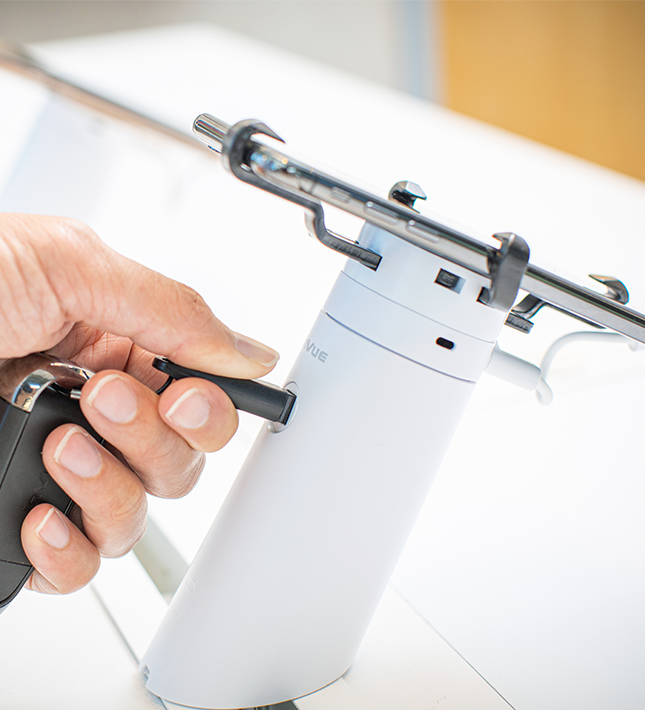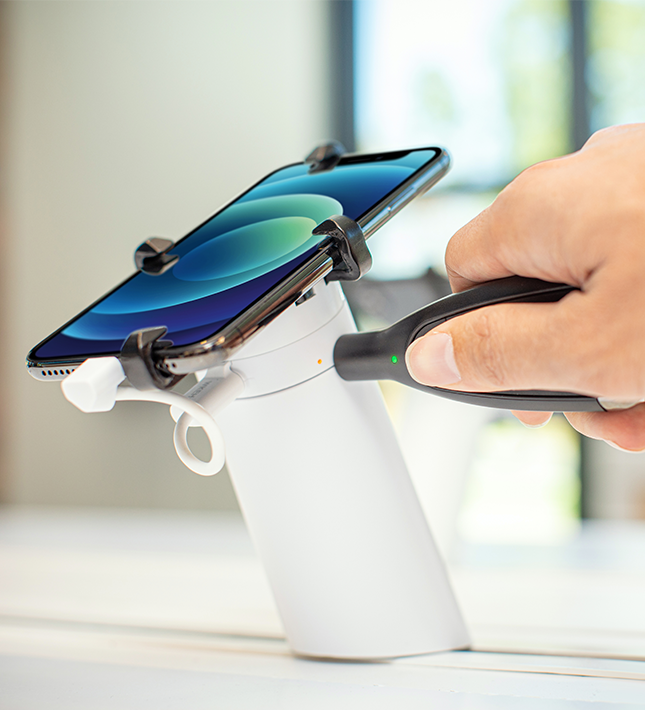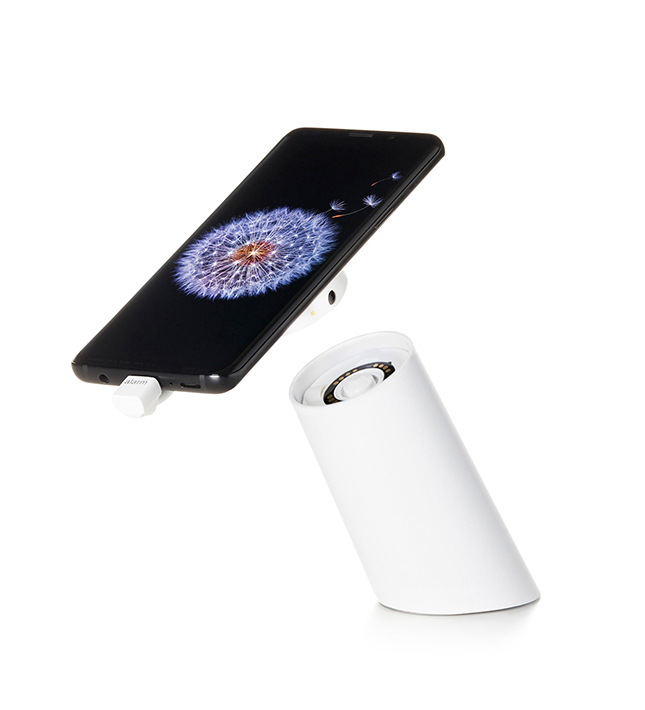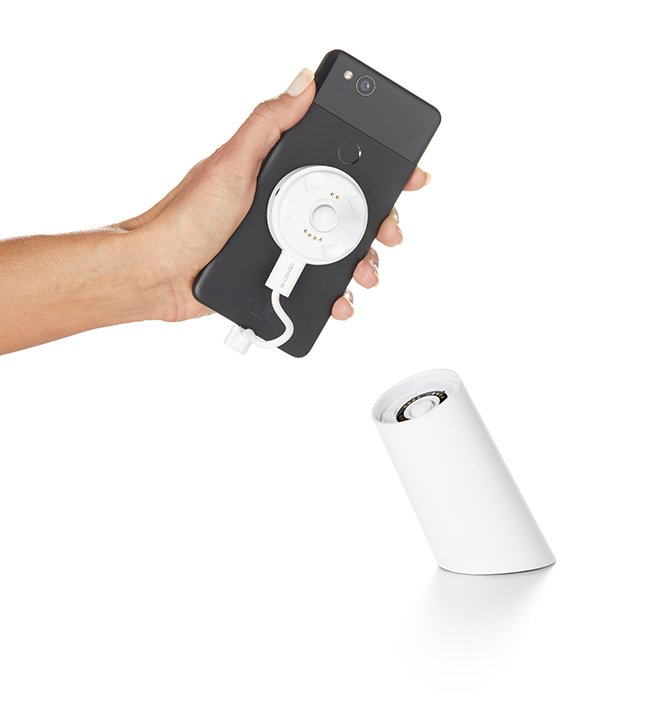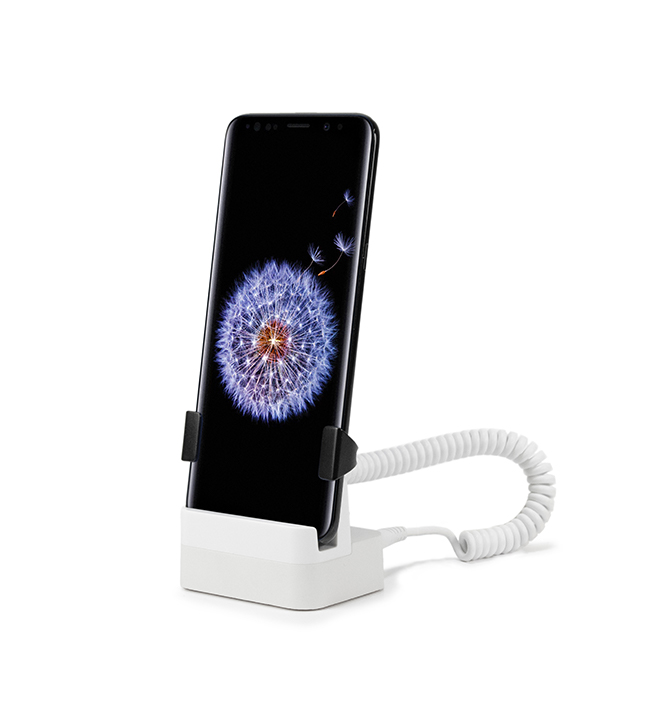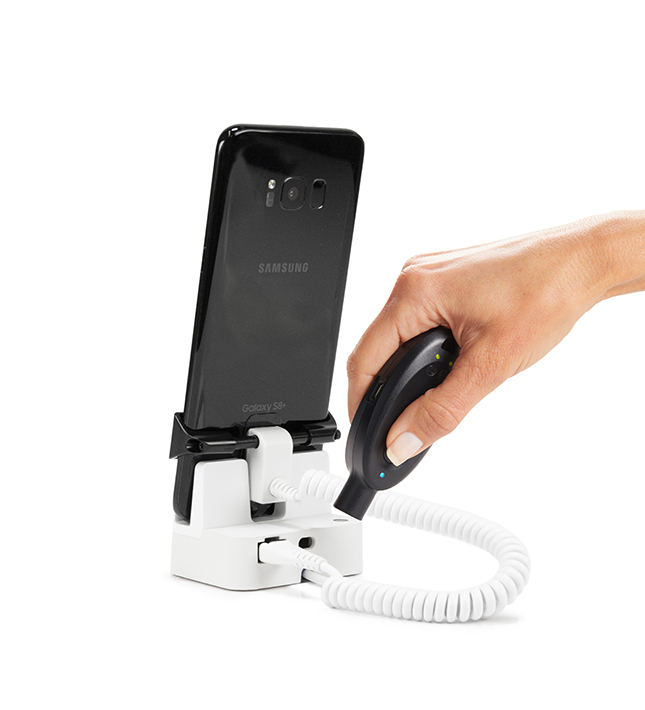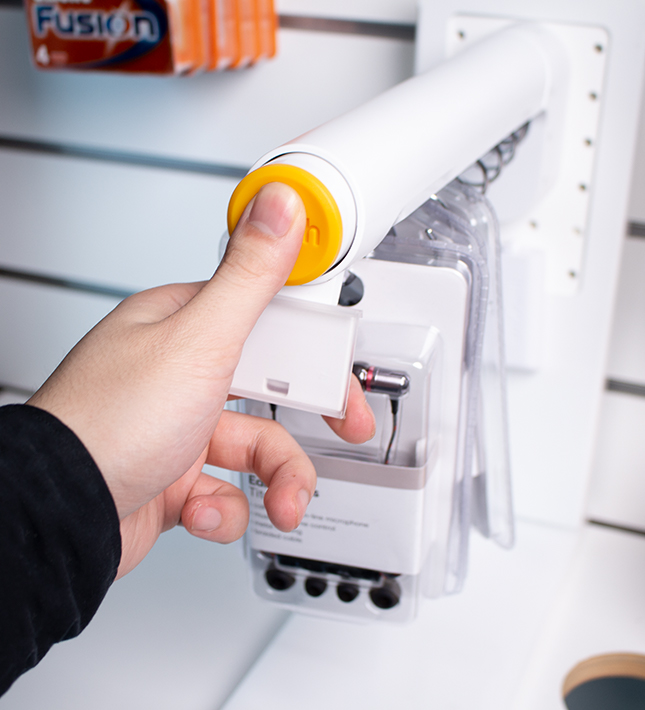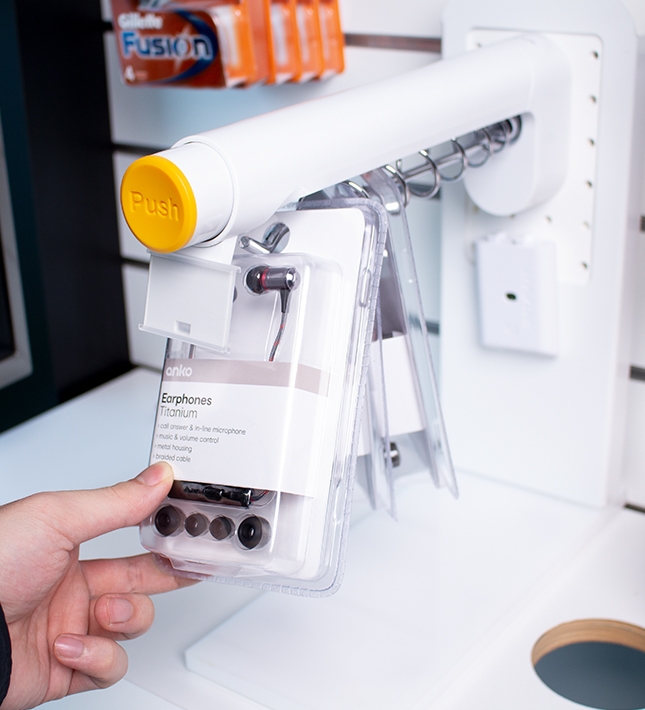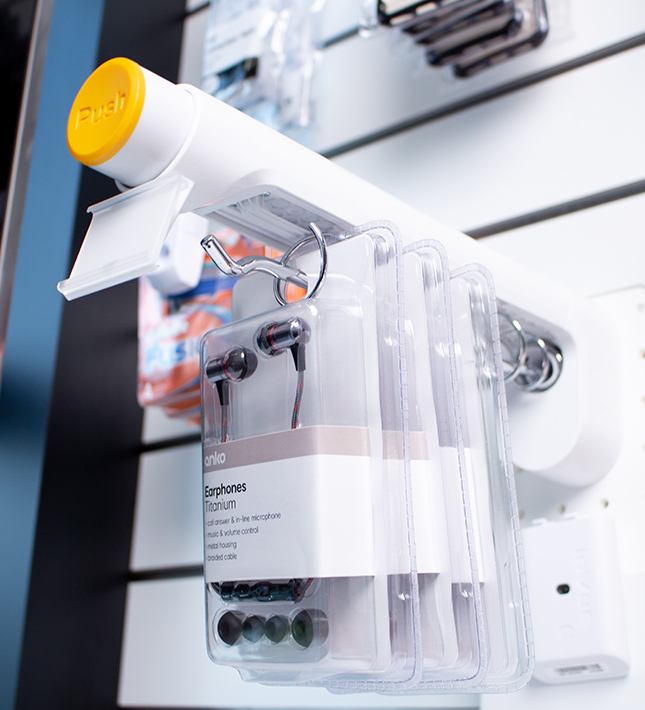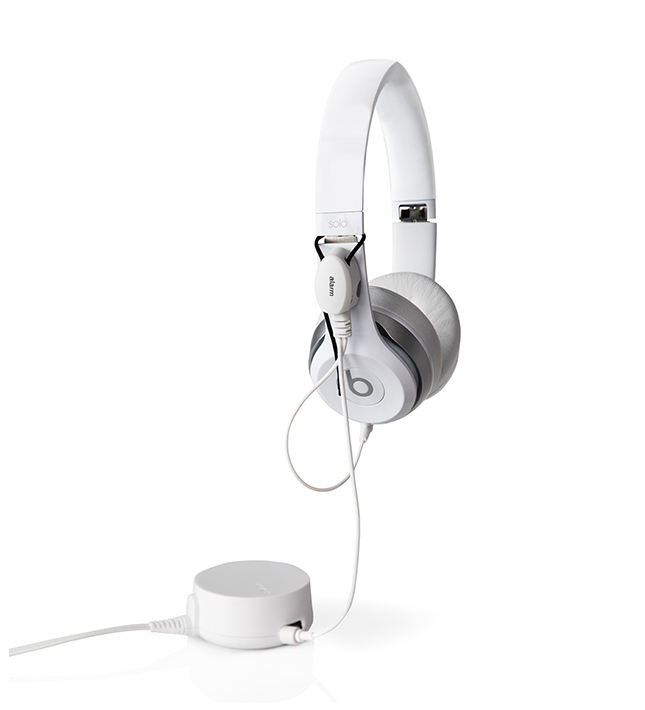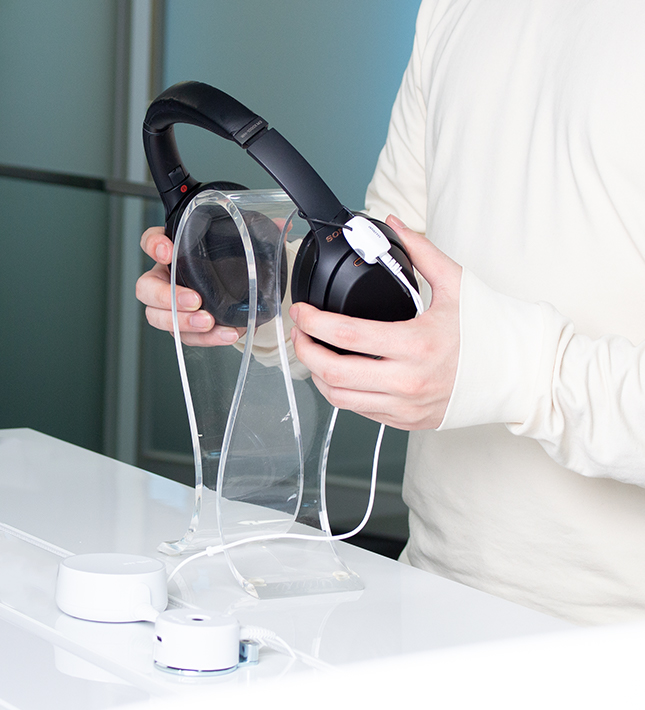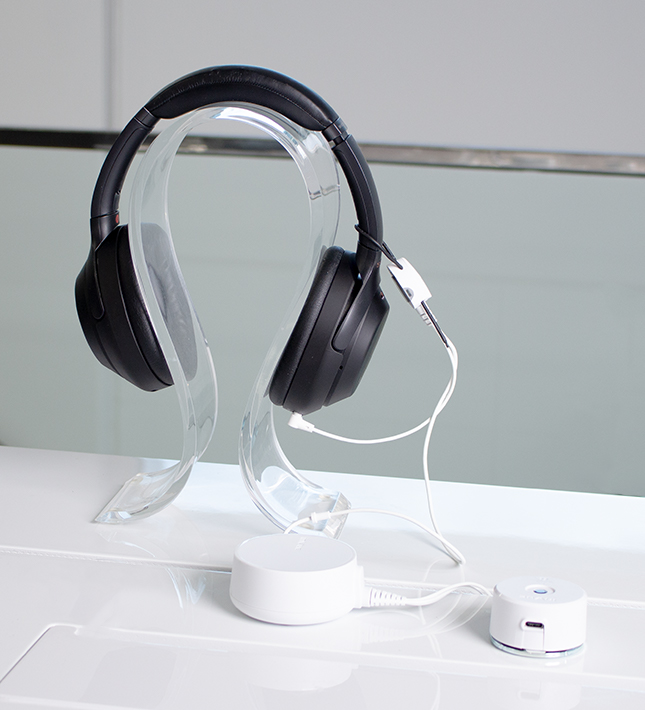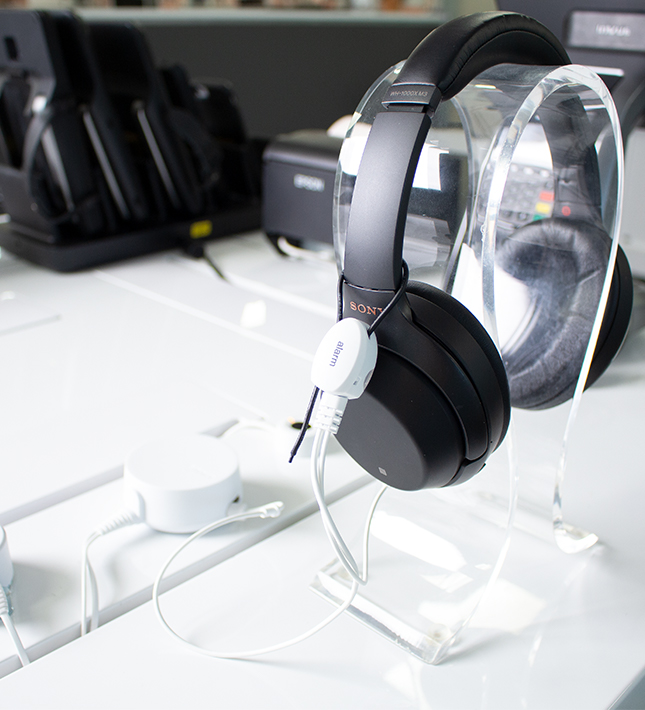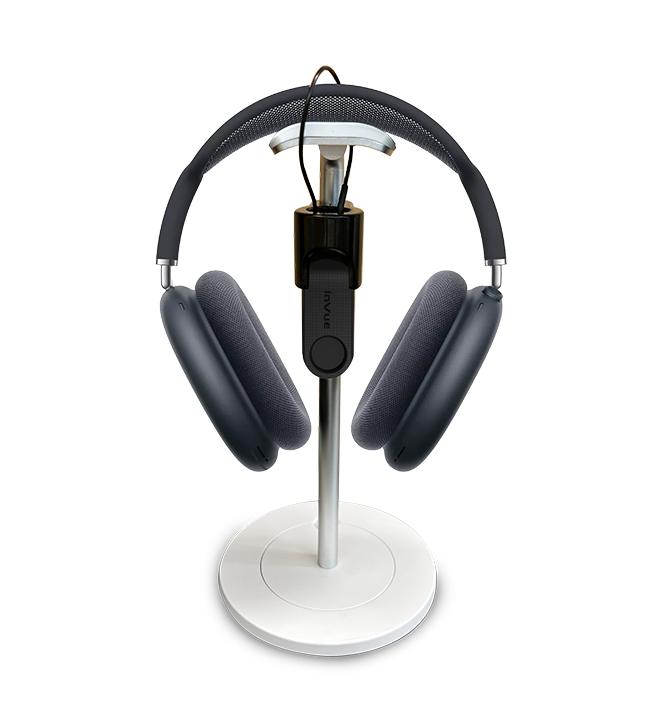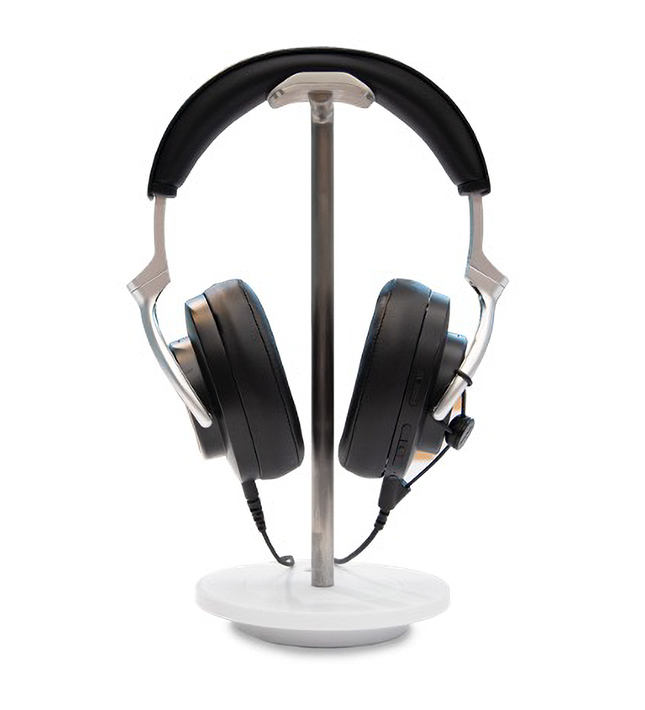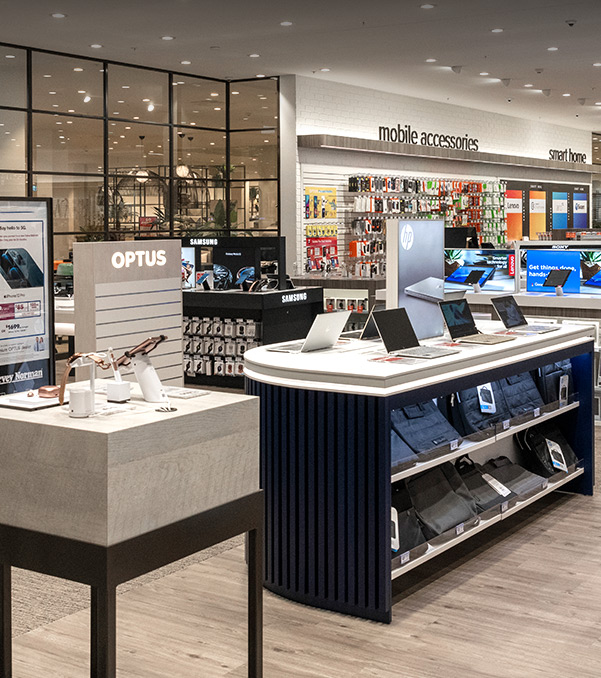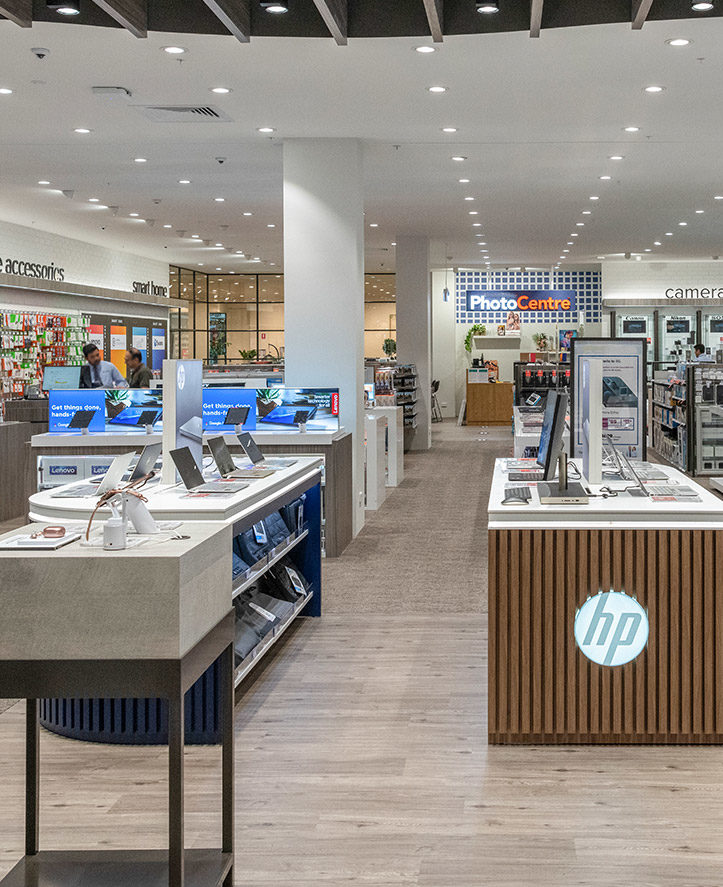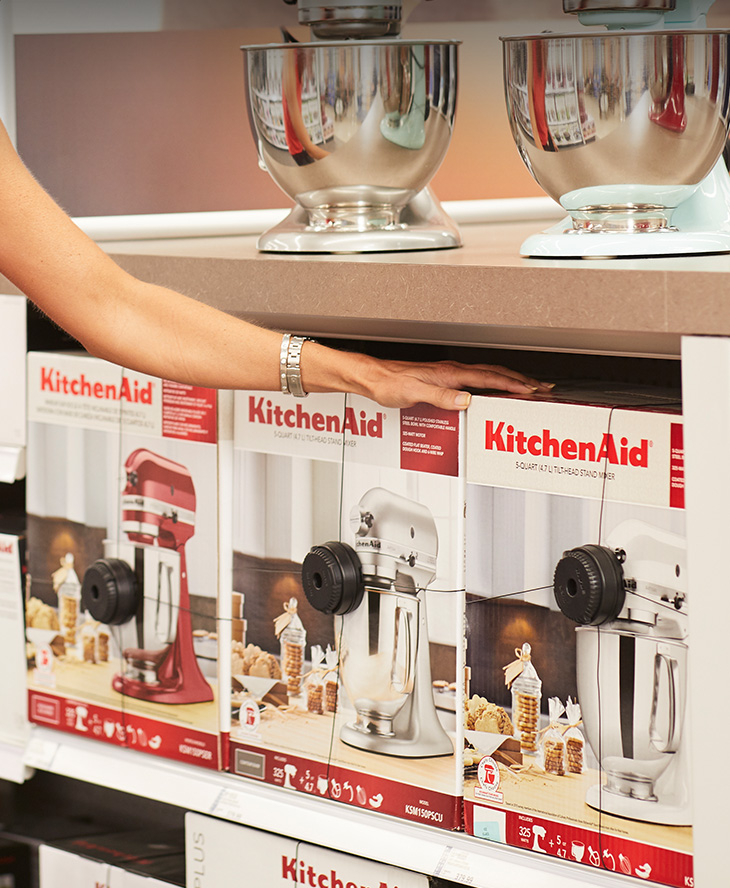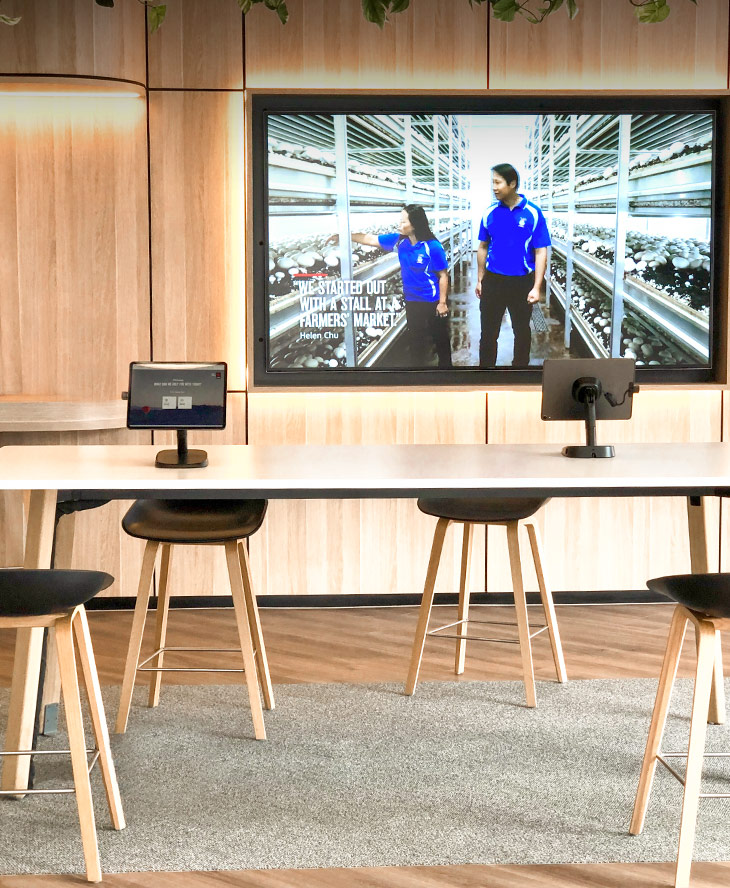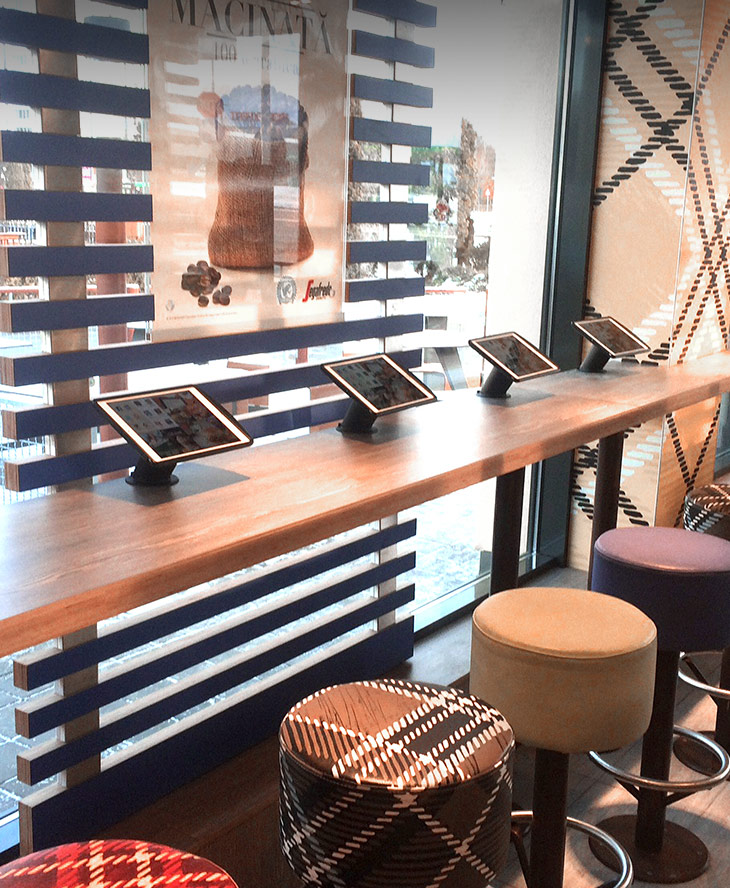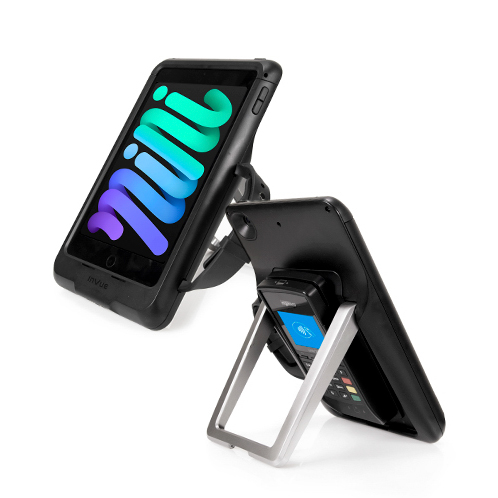What it is
In short, retail inventory management involves the careful balance of ensuring a retail operation carries enough stock to meet customer demand, without having excess items that may need to be discounted later.
It uses data, procedures, and best-practice to create an understanding of sales patterns and helps maximise profits while minimising costs.
In the process, it helps a retailer manage:
- Product locations
- Quantities of stock on hand
- Customer satisfaction
- Ideal inventory volumes, down to defining factors like size, style, colour, location and sales channel
- When to discontinue a product line
- When to reorder a product and how much to purchase
Benefits of retail inventory management
Effective retail inventory management has numerous key benefits.
It ensures:
Sufficient stock is available at the right location – In other words just enough stock is on hand. There is enough to meet consumer demand, but a store is not holding excess items which later need to be discounted.
Minimised costs – By ordering and holding just the right amount of stock, a store maintains optimum efficiency. A retailer is not outlaying for items they don’t need, and they are maximising the value of each sale.
Customer satisfaction – With out-of-stocks having a dire impact on the customer experience, best-practice retail inventory management helps mitigate the likelihood of these occurring and improves the customer experience across all sales channels.
Prevents spoilage and obsolescence – Food items may have a limited shelf life, while customers’ tastes also change over time. Effective retail management helps avoid spoilage, while also ensuring there is not an oversupply of products that customers no longer seek and there are fewer surplus items that are no longer applicable such as seasonal products.
Improves order fulfilment – The average retailer now sells across multiple channels including online in-store and a mix of both. Retail inventory management helps stores track their products across all channels and improves order fulfilment.
Reduces shrink – Retail shrink, including shoplifting, employee theft, vendor fraud and miscellaneous error takes a major toll on the retail bottom line each year. Effective retail inventory management helps mitigate this loss by accurately tracking the location and availability of all product lines.
Improves supply chain management – Accurately tracking the location and availability of all product lines helps retailers better manage their supply chain. They can reorder only the items necessary while also having only the items they require on hand.
More accurate forecasting – When a retailer understands what items they have available along with what’s needed, when, they are better positioned to be able to accurately forecast for the future based on customer demand and other elements like seasonal trends.
10 steps to effective retail management
As Oracle NetSuite explains, there are 10 basic steps in an effective retail inventory management cycle. Together, the process allows retailers to verify the goods they have, their location, the quantity, and other specifics such as expiration date.

The process involves creating systems to log products, receive them, track any changes, and manage the flow of products from order to receipt right through to the sale.
1. Create a centralised product record – Each product should be assigned a SKU, while the product name, brand and description should also be recorded.
This includes any variables such as sizes, styles and colours. The wholesale cost of the item should also be noted along with the economic order quantity, current case quantity amount, reorder point (including minimum reorder volume), and the reorder lead time.
Oracle NetSuite also notes images of each product can assist staff, while processes should be developed to manage reordering, including assigning specific staff members responsibility for entering ordering and creating reorders.
2. Identify stock location – Retailers should audit their stores to ascertain the exact location of all products, including detailed descriptions such as section, shelf location and rack.
Technology, such as RFID tagging, can improve the accuracy and efficiency of this task, helping determine the exact location of all products.
3. Regular and accurate stock counts – Regular stock counts help ascertain whether the stock that a retailer believes is on hand is in the right location and the volume is accurate. This helps overcome miscellaneous loss, keeps a store more organised and acts as a cross-check against the data available. Having an accurate inventory is both the most critical aspect to achieving maximum customer satisfaction and experience as well as the most expensiuve – especially when relying on the use of manual counts on a daily or weekly basis. Utilising technology such as RFID and shelf sensors help to maximise inventory accuracy and allow planning based on full confidence in the data of what stock is available.
4. Integrate sales and inventory data – A retailer’s Point of Sale and analytics should ideally combine both sales and inventory data into one neat platform. It also serves to indicate the rate at which products are selling, offering insight into when to discount an item or when to reorder.
5. Create a purchasing process – Designate set times to review the data and reorder products, while assigning responsibility for this task. Technology, such as automatic reorder points and shelf sensors can assist with this process, removing the need for staff to manually order items.
6. Develop a markdown and promotion procedure – Product demand might lapse, or items might prove slow selling for a number of reasons. Create a procedure for when and how to offer discounts, while also planning for promotions that might see products in higher demand.
7. Create a stock receiving procedure – All inventory received should be accounted for and reconciled against the initial order. Create a process for this. Ensure items are entered into the store system and that responsibility for inventory receiving is assigned to specific members of staff.
8. Return procedures – Returns are a reality of any retail environment. Stores should stablish a return procedure to ensure returned items are checked for damage or defect, written off if required, or re-entered into the system and made available for sale.
9. Create a dead stock procedure – Dead stock includes damaged items, incorrect deliveries, and leftover seasonal products. Record all items that fall into this category, create a place to store these products, and deal with them regularly to free up space.
Some might be returned to the wholesaler for credit, while others might be eligible for a refund or reimbursement due to damage or defect. As part of this a retailer should understand their wholesaler’s policies and pullback deadlines.
10. Determine inventory KPIs – Pick and track key performance indicators to gauge your success. These will likely include sell-through rate, inventory value, profitability, and turnover.
Products to assist
While effective inventory management is largely about creating solid processes and procedures within a retail operation, it can also be improved with a suite of available technology.
This includes:
RFID – RFID tagging allows a retailer to tag a product, track its location and account for it in real-time. Information such as product SKU, size, style and colour can also be recorded within the tag. The main advantage in a retail environment of RFID is super fast and accurate stock tracking and counting as many products can be counted very quickly using the RFID scanning technology.
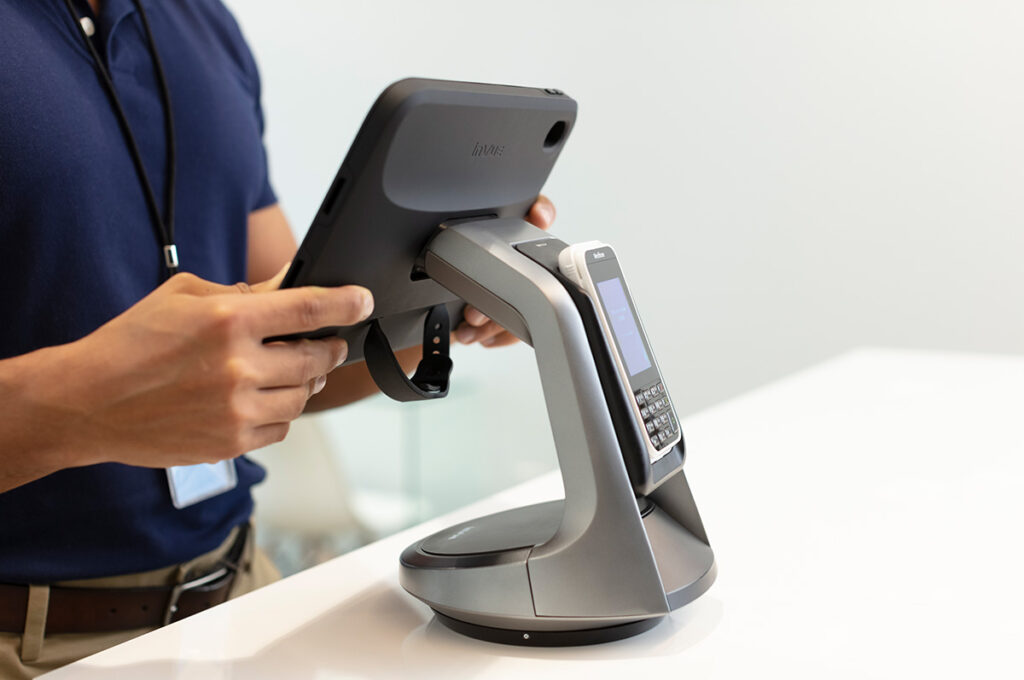
The POS – The Point of Sale is an invaluable tool for tracking inventory available and generating sales data. The right POS software can also be set up with automatic reordering points for products.
Analytics and data – Analytics and data offer an insight into an overall retail operation, deciphering trends and showcasing what works and what doesn’t in terms of merchandising, display and customer service.
Importantly they can be used to forecast what’s likely to occur in the future, which further assists with inventory management.




